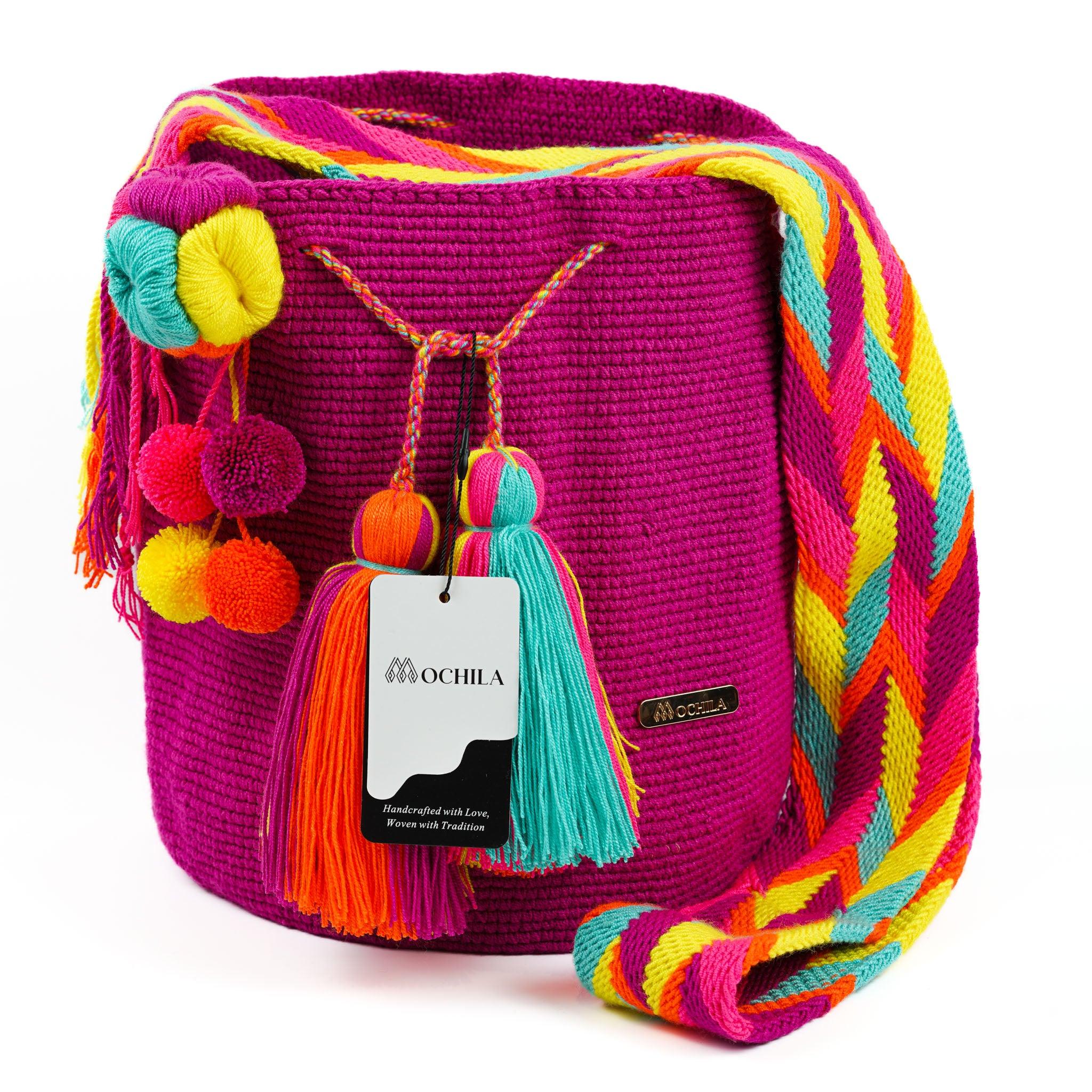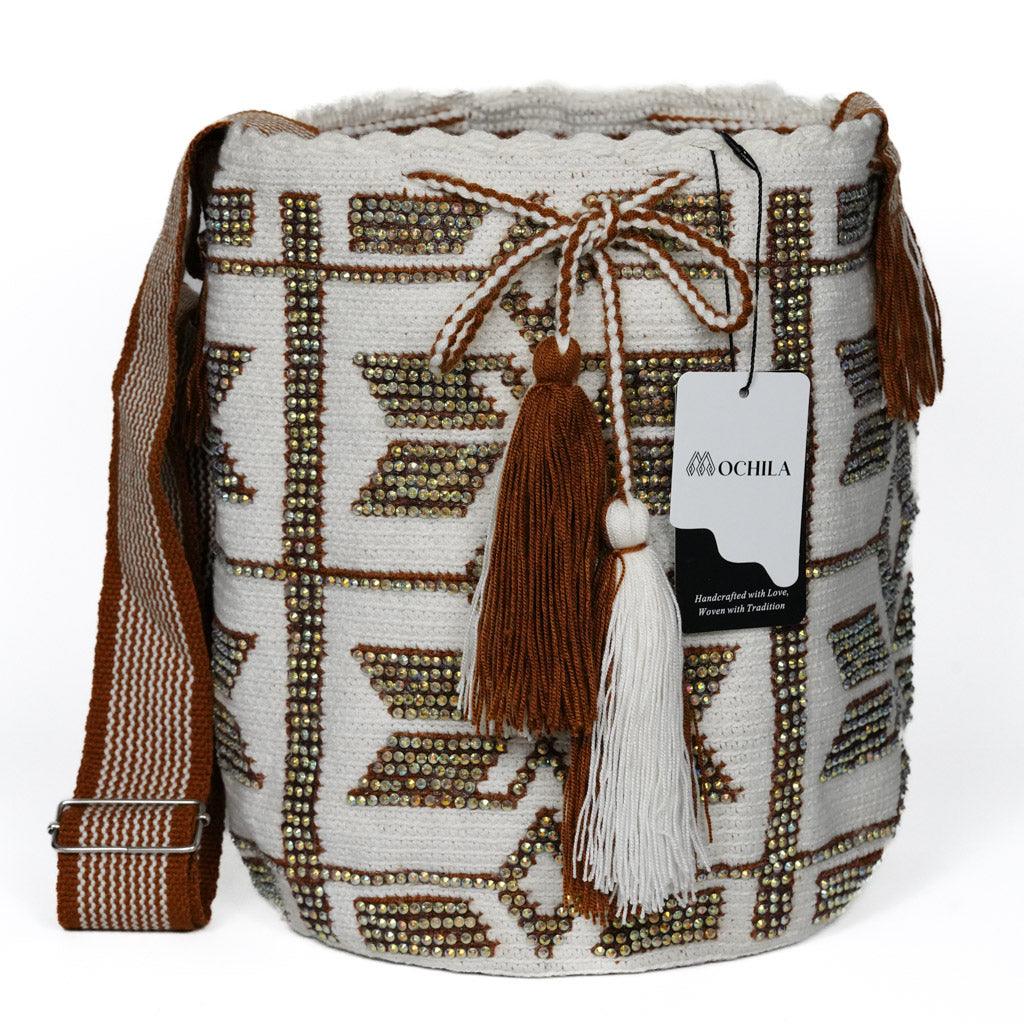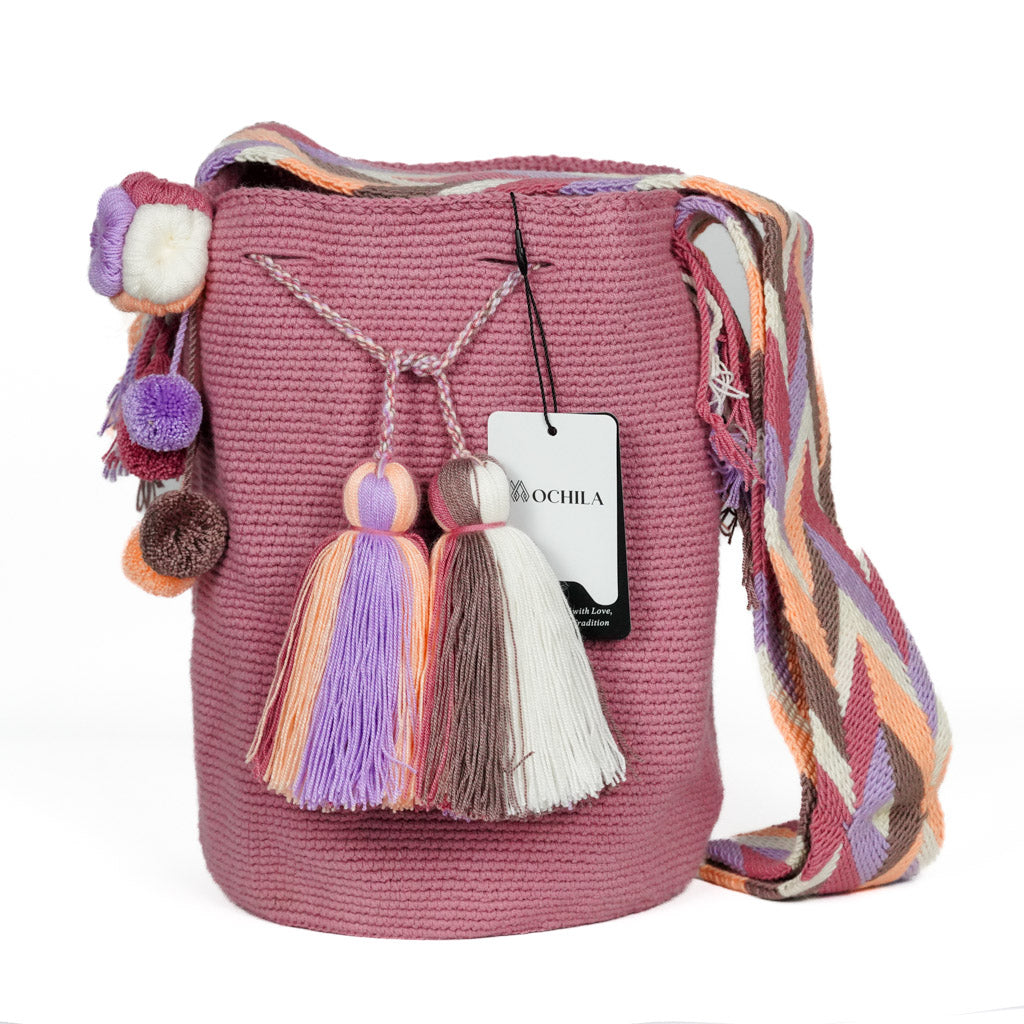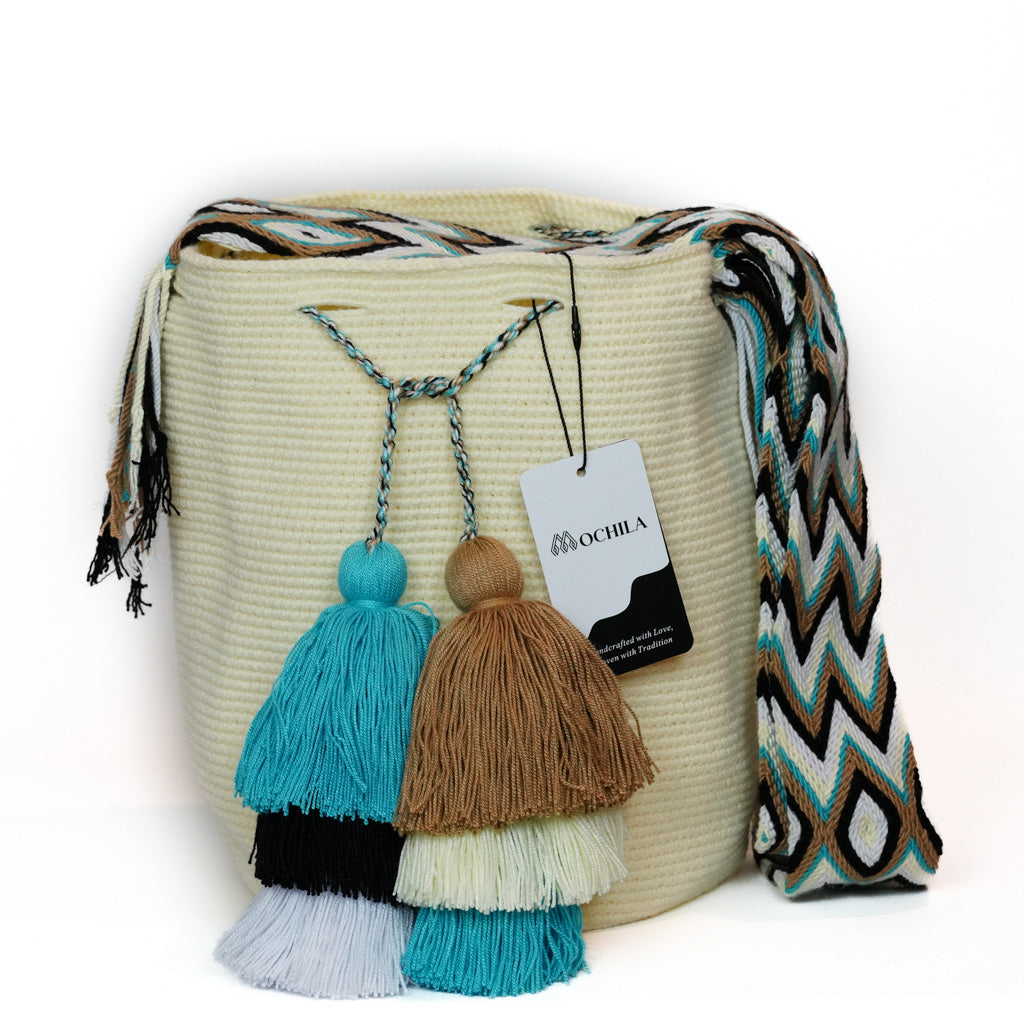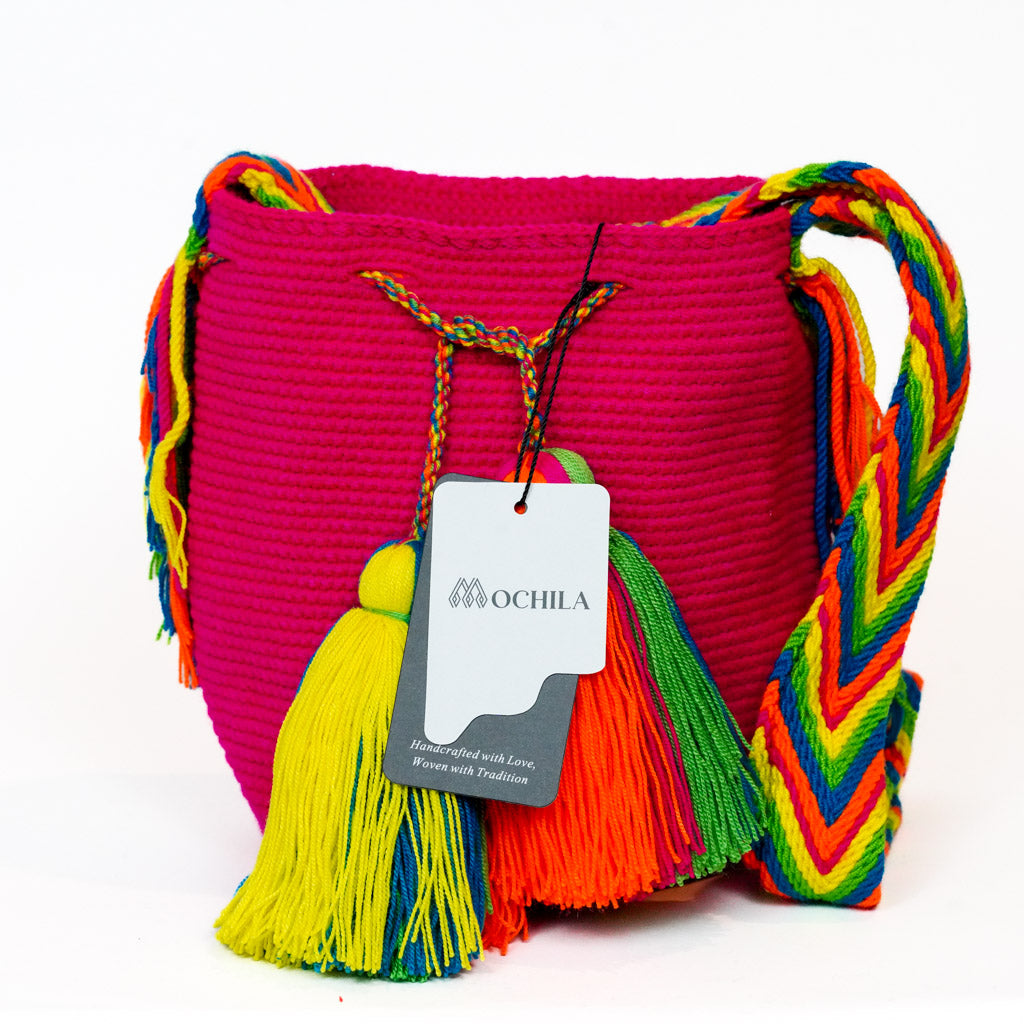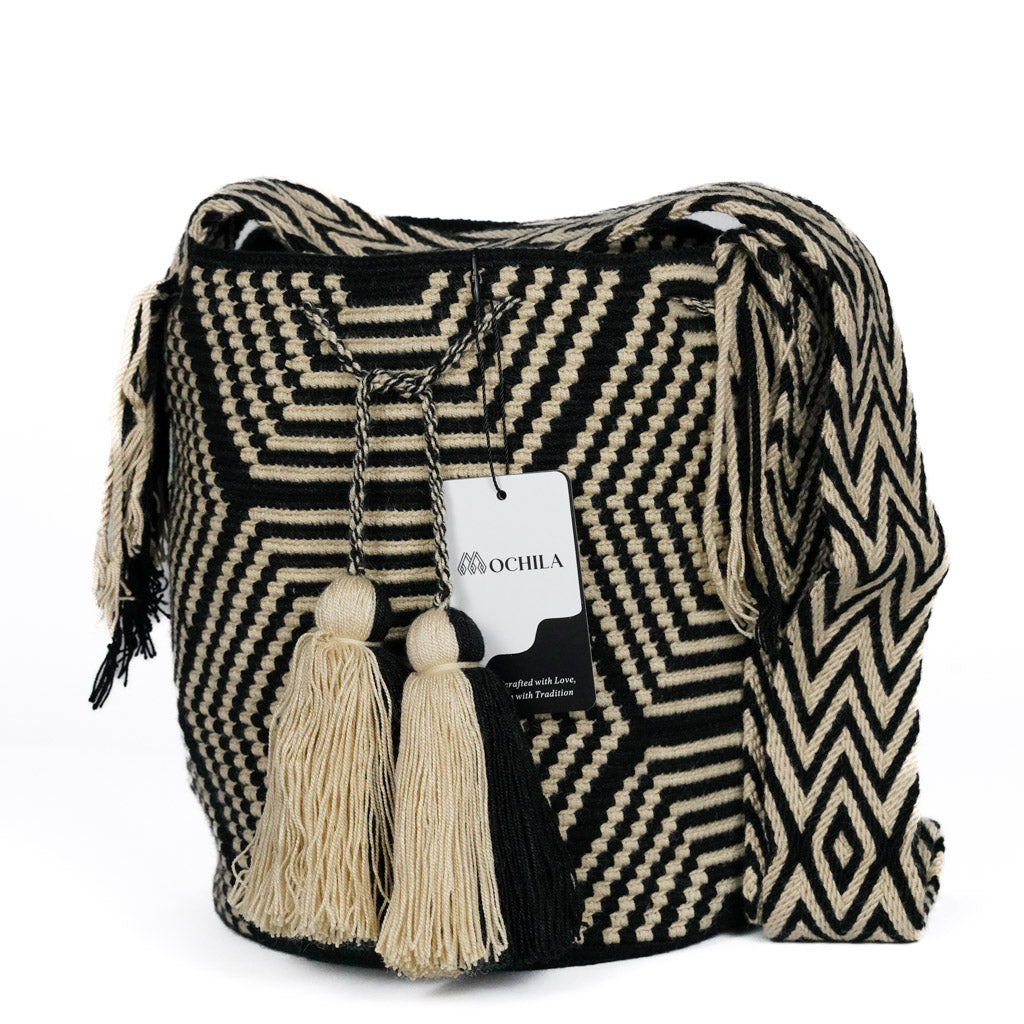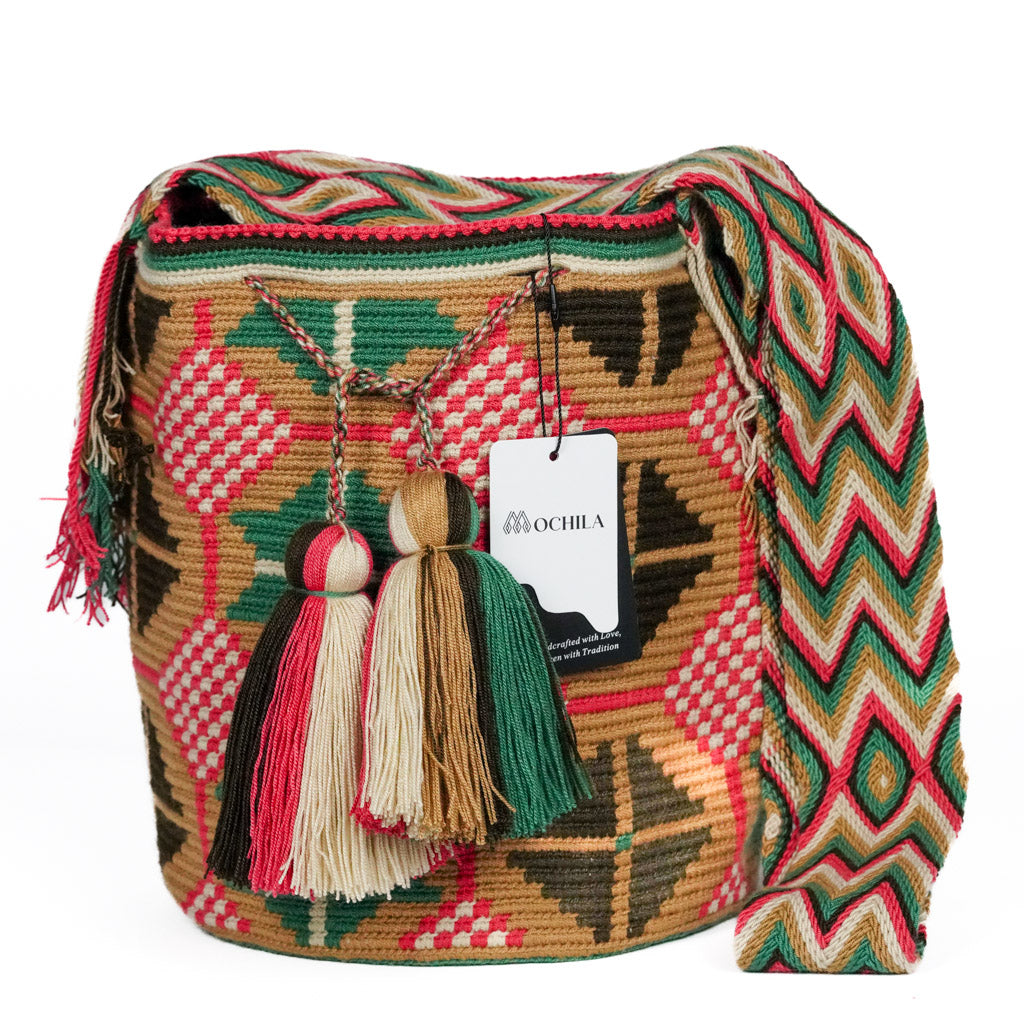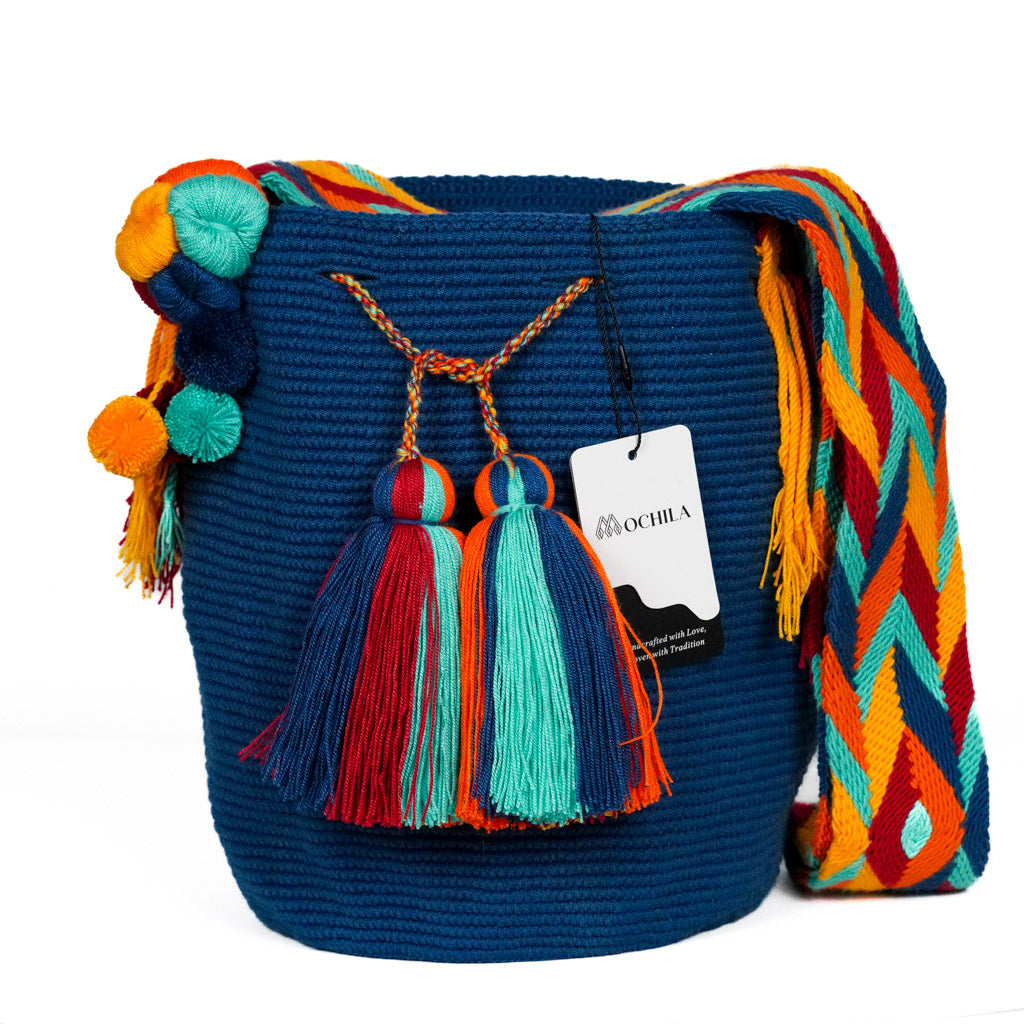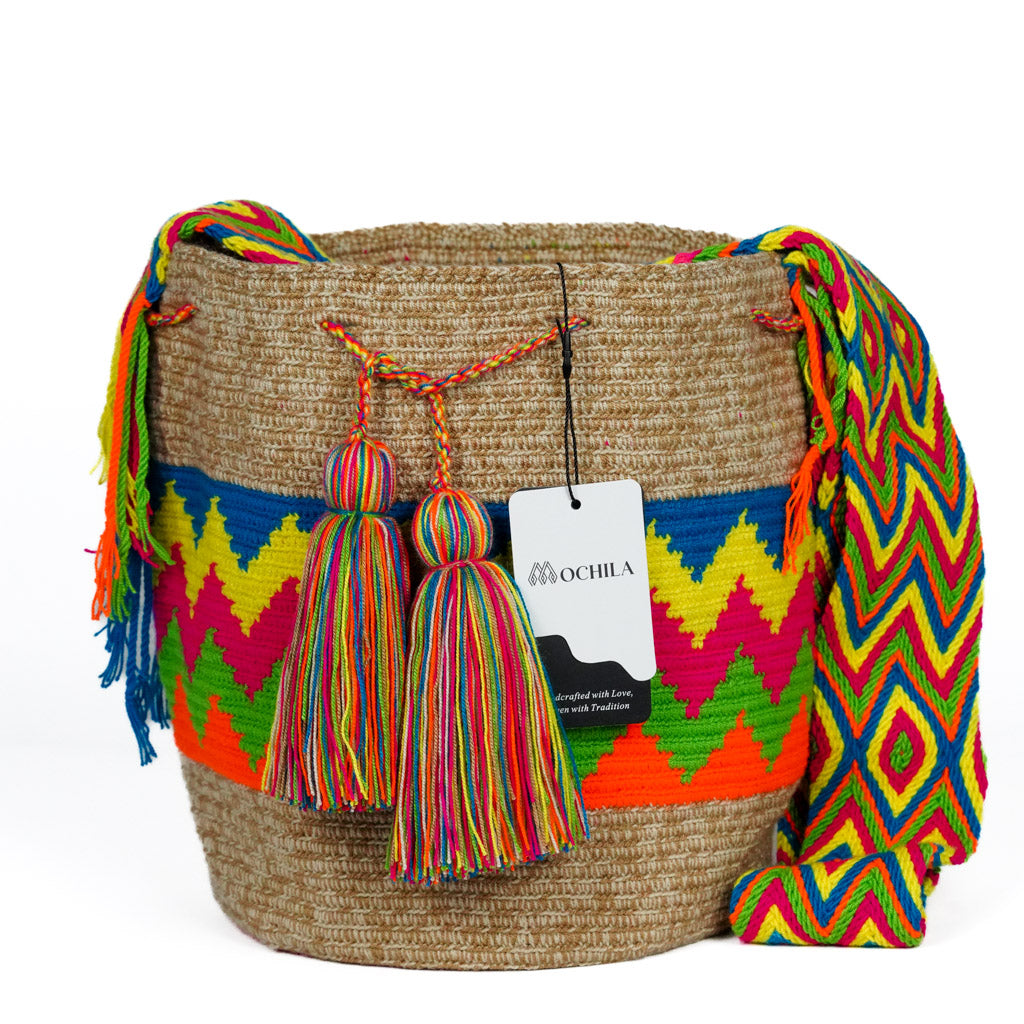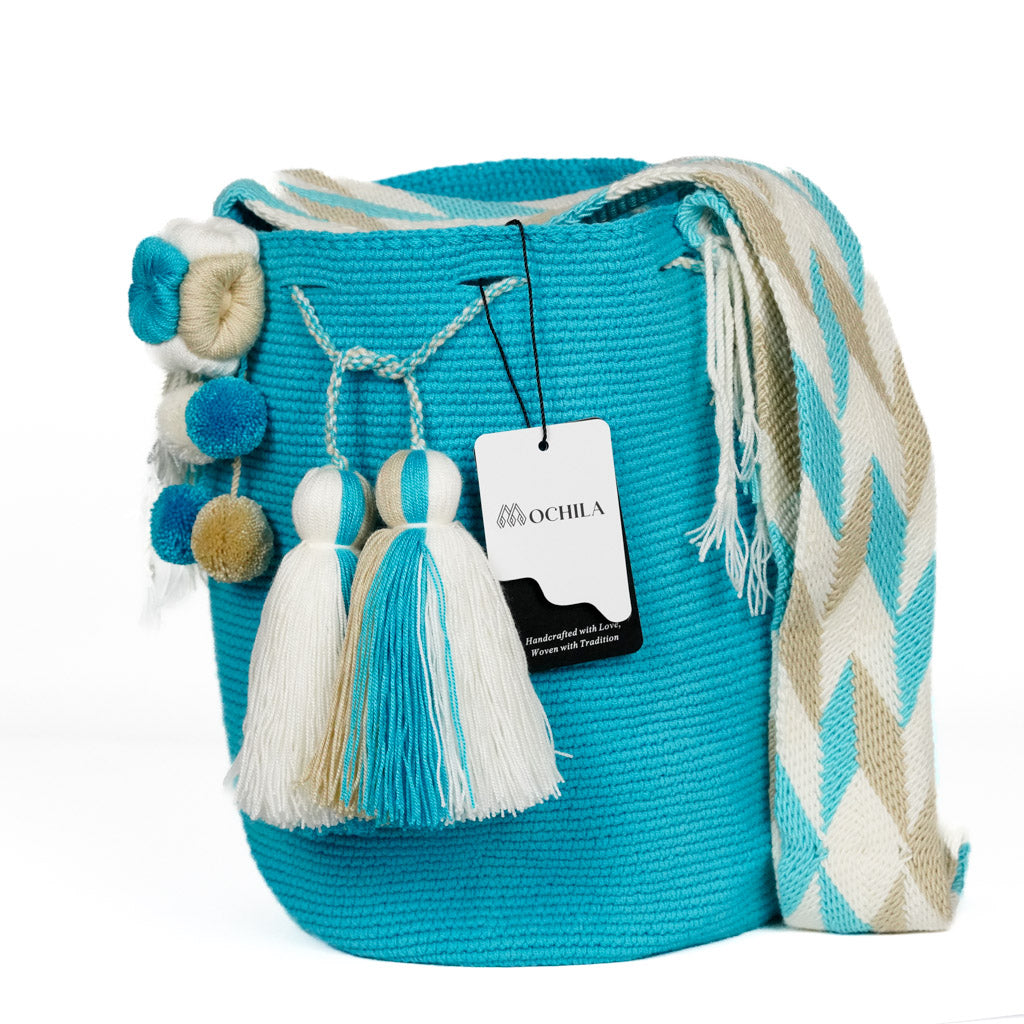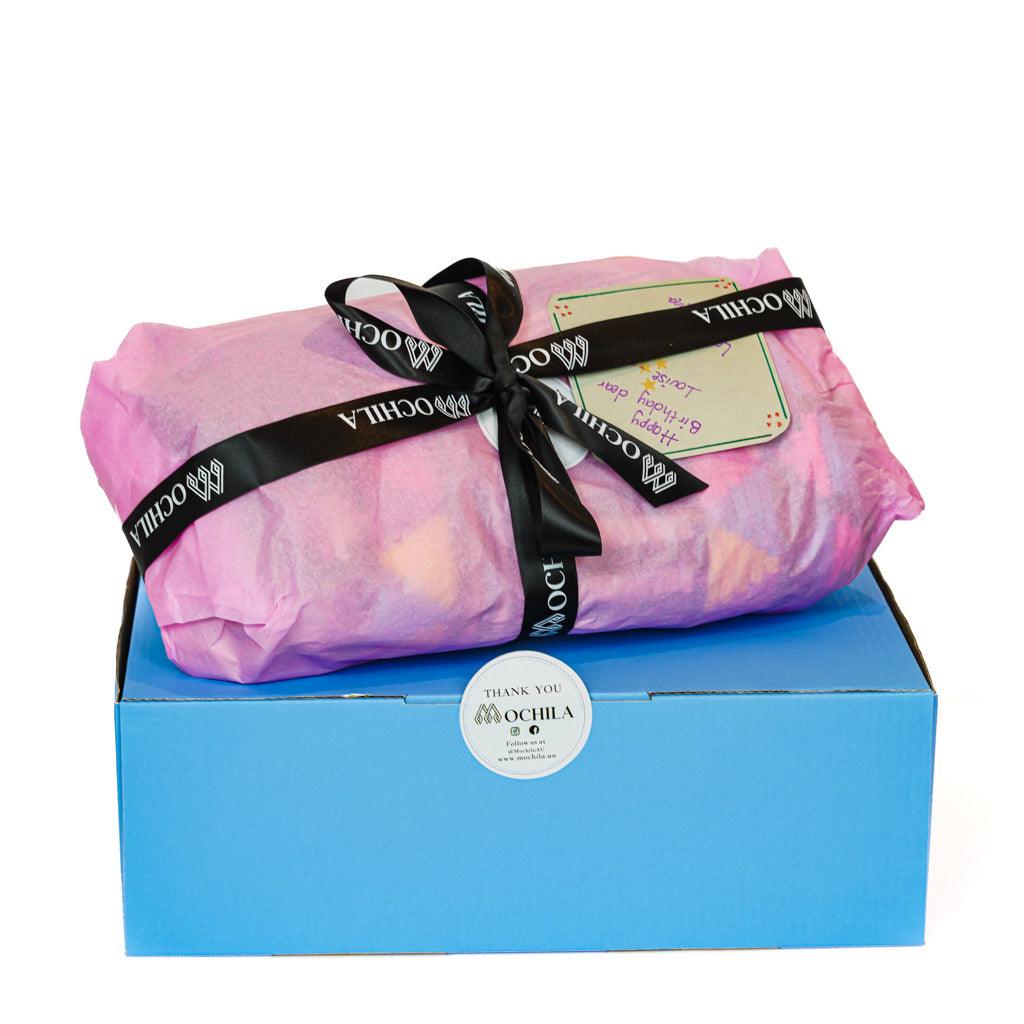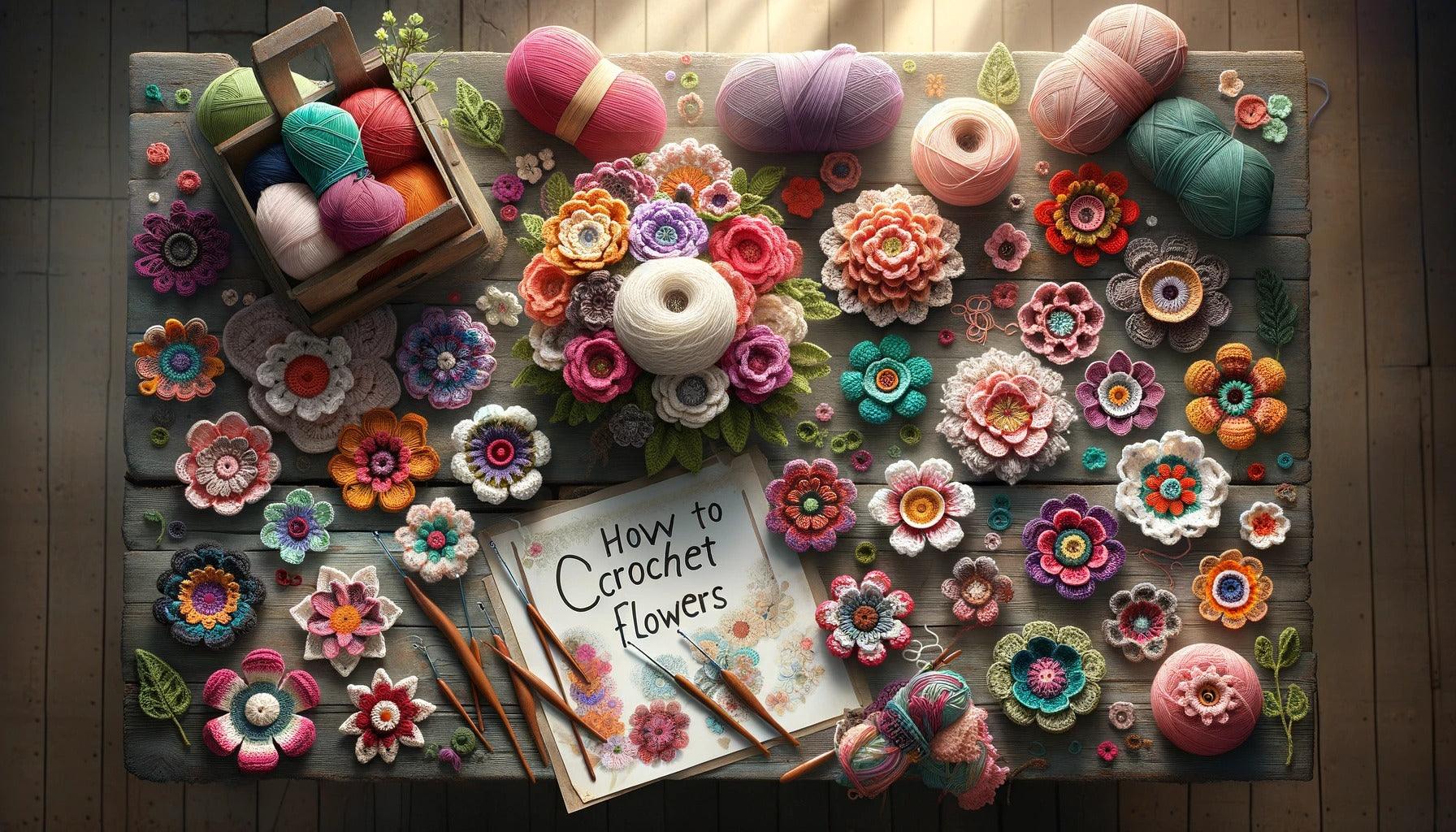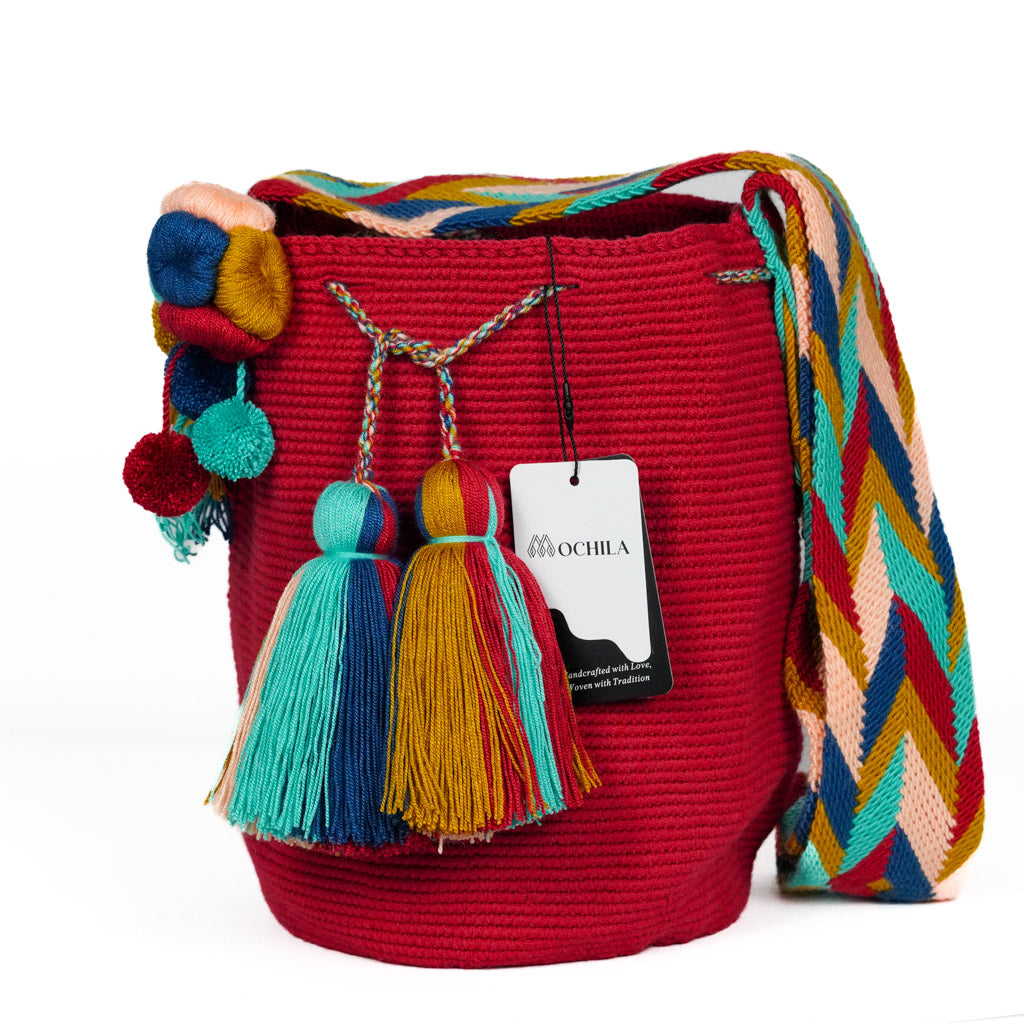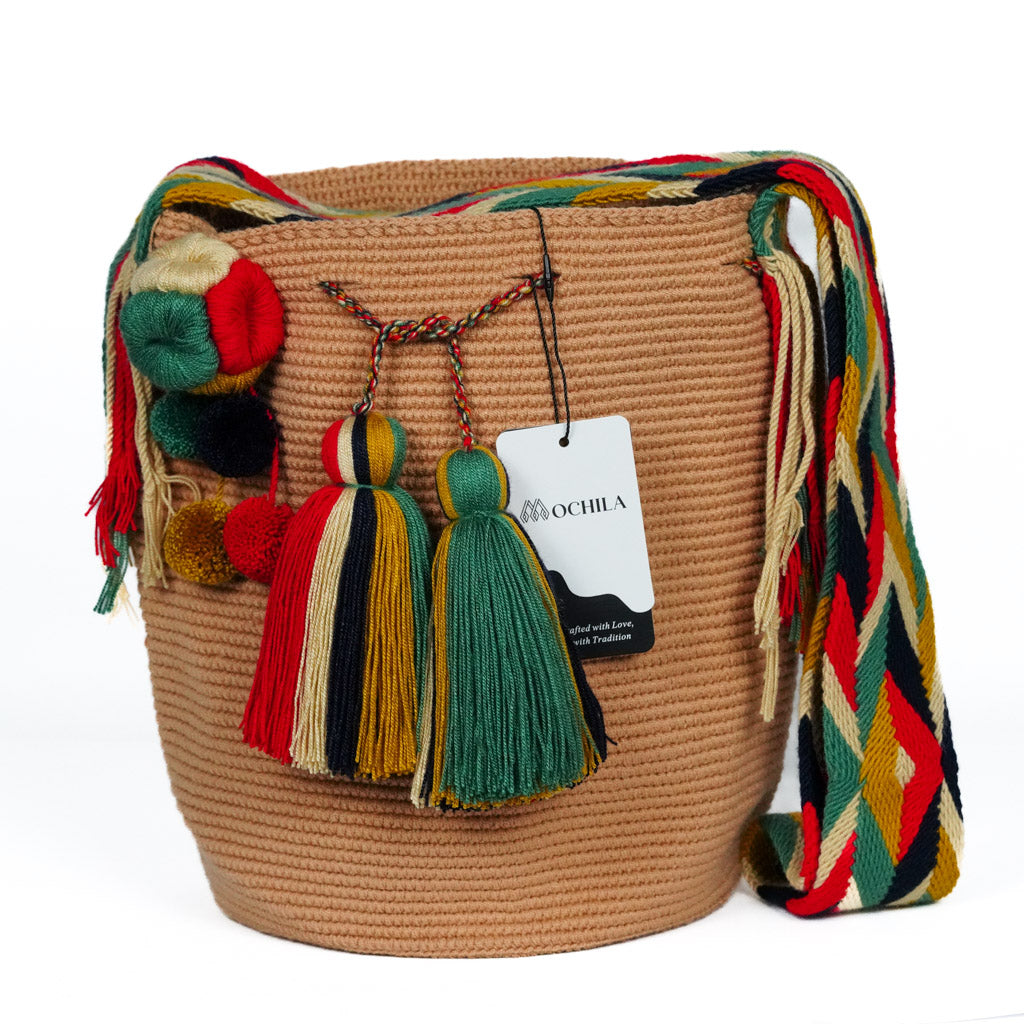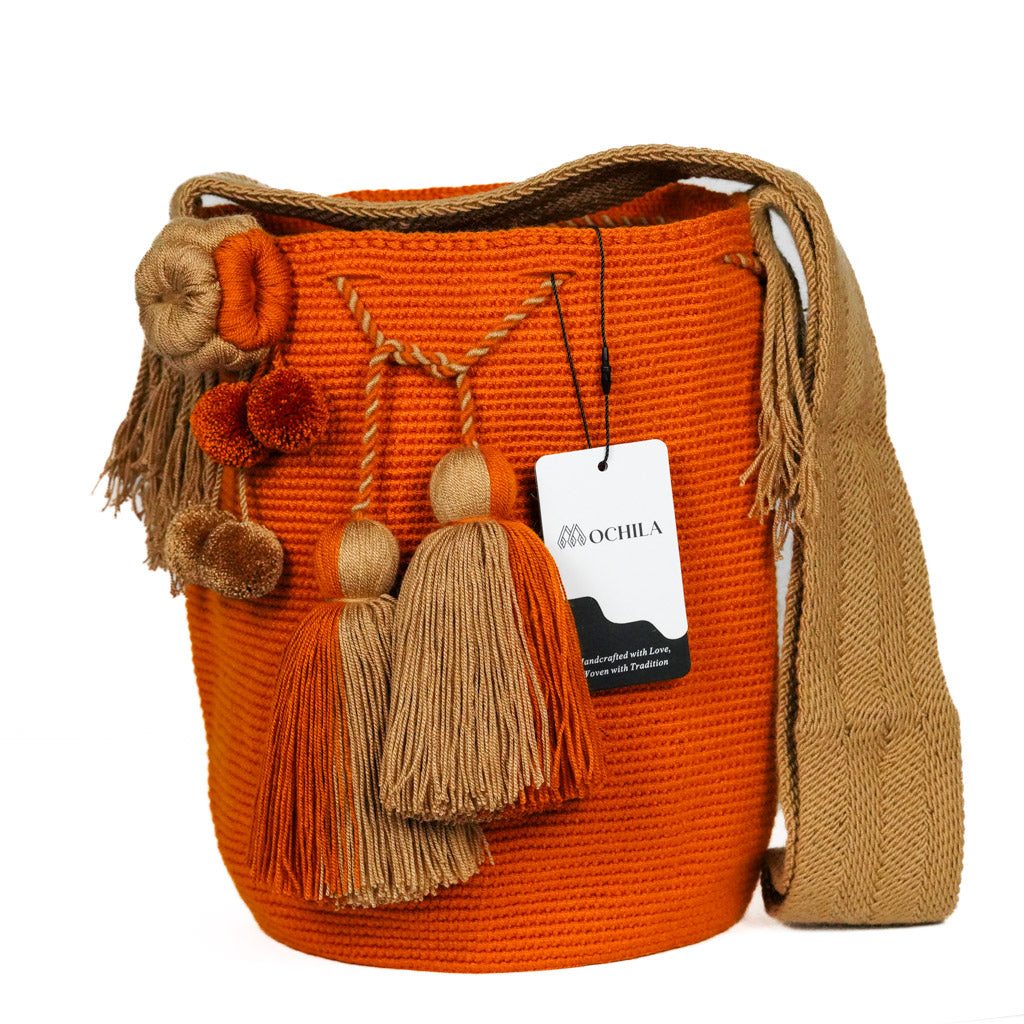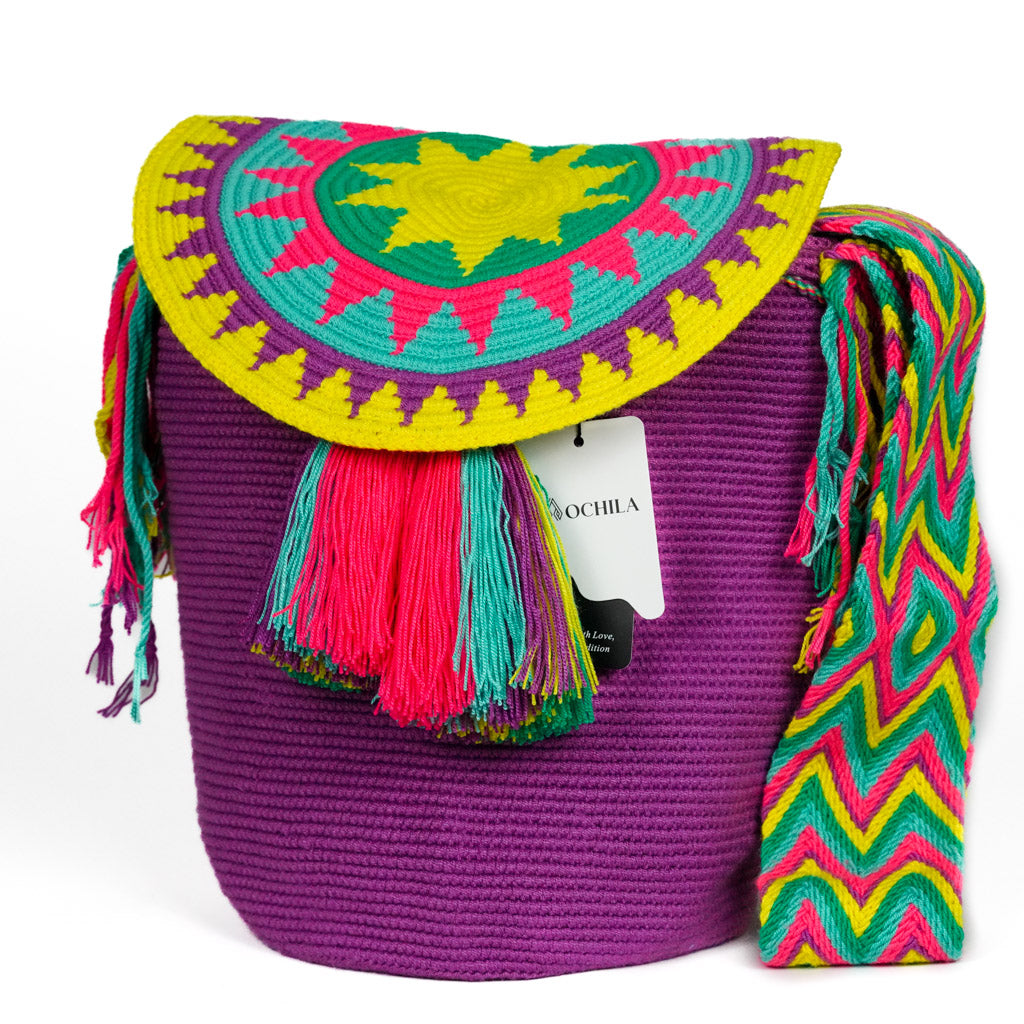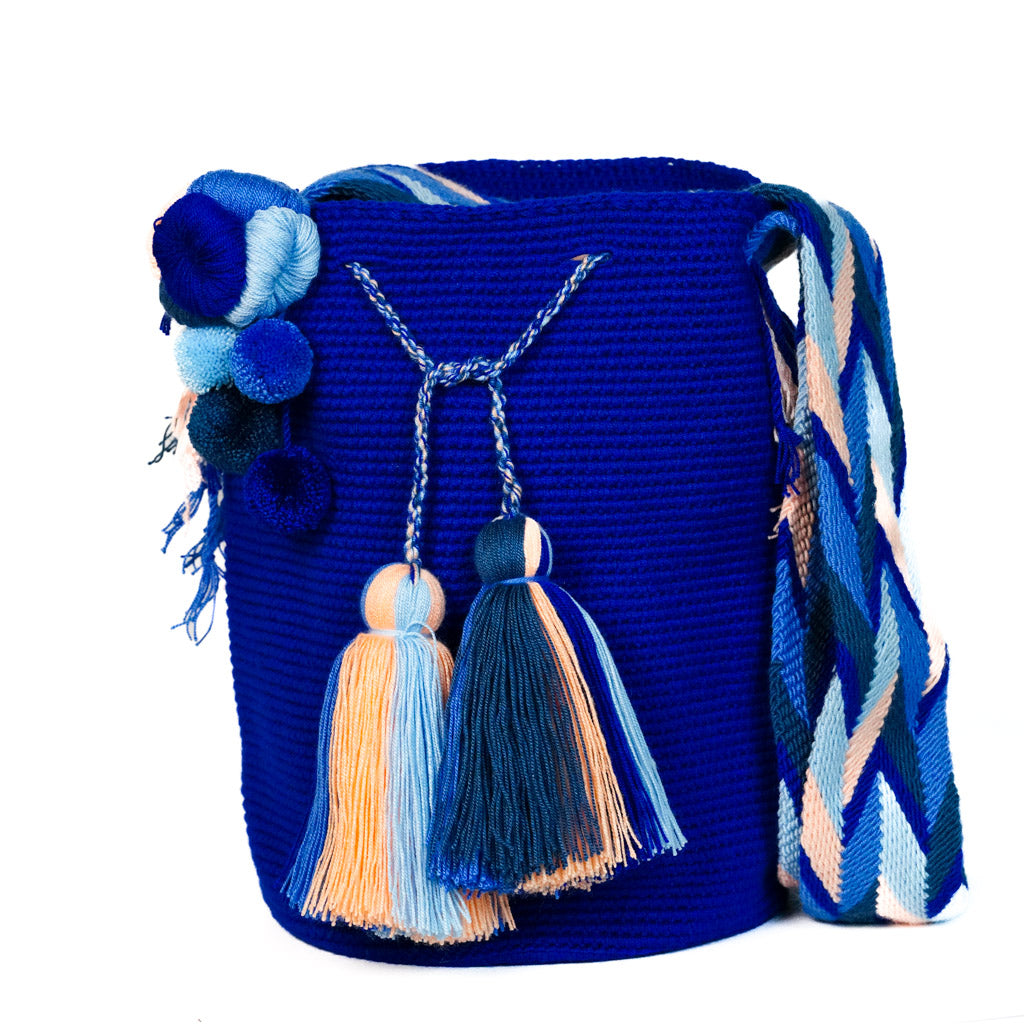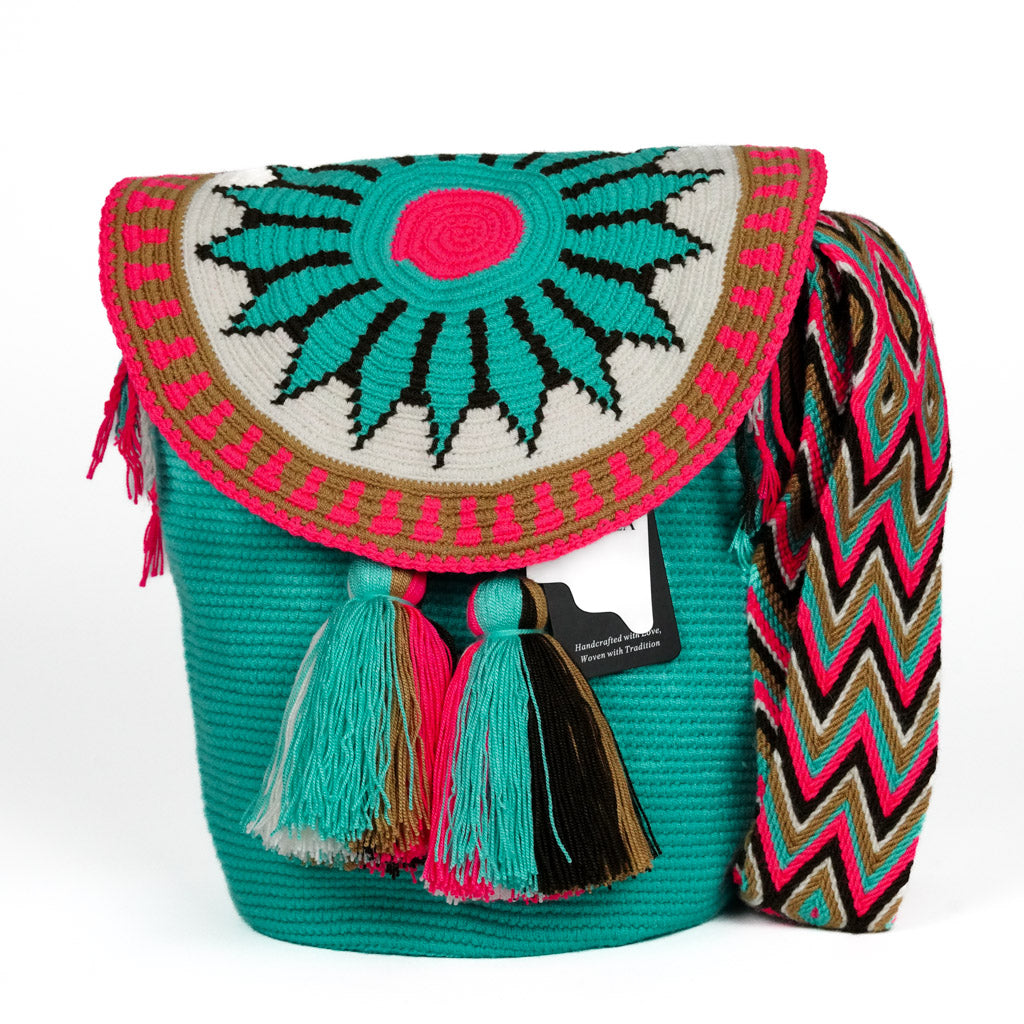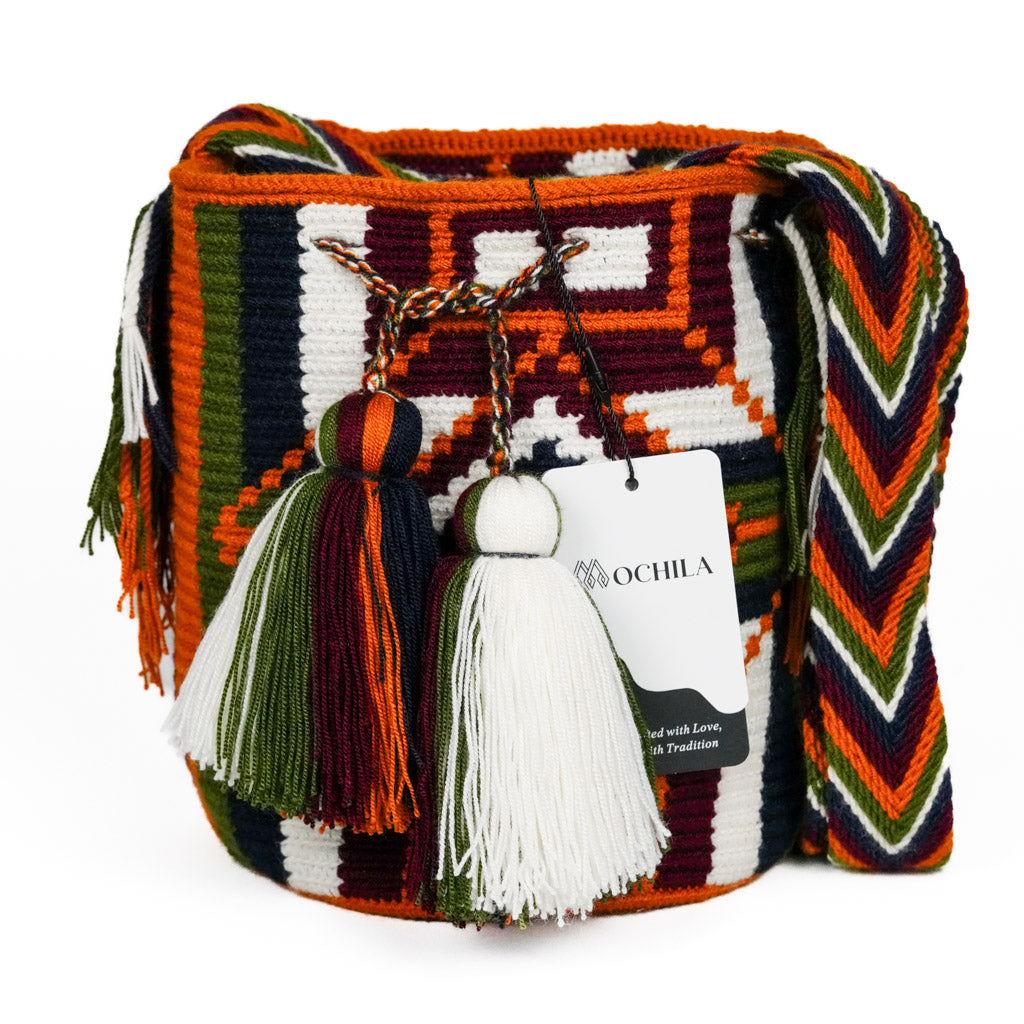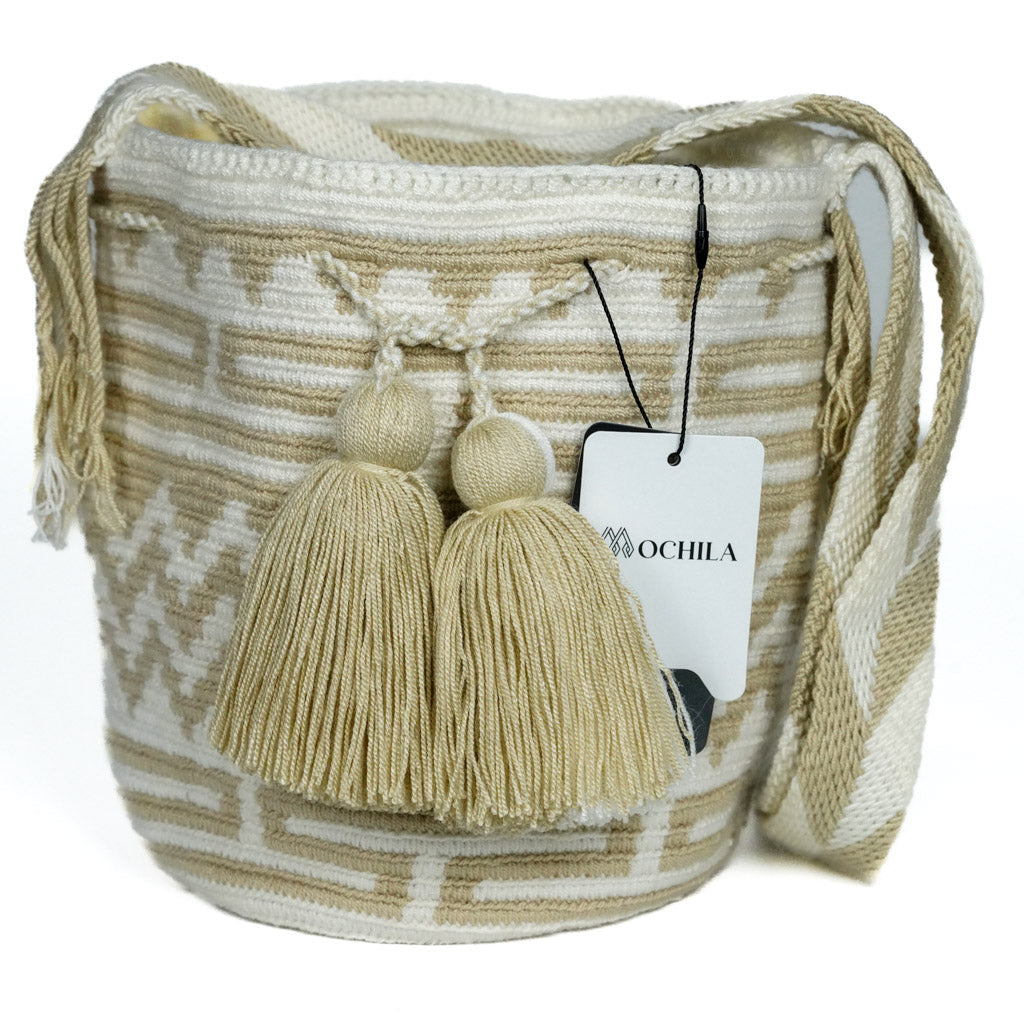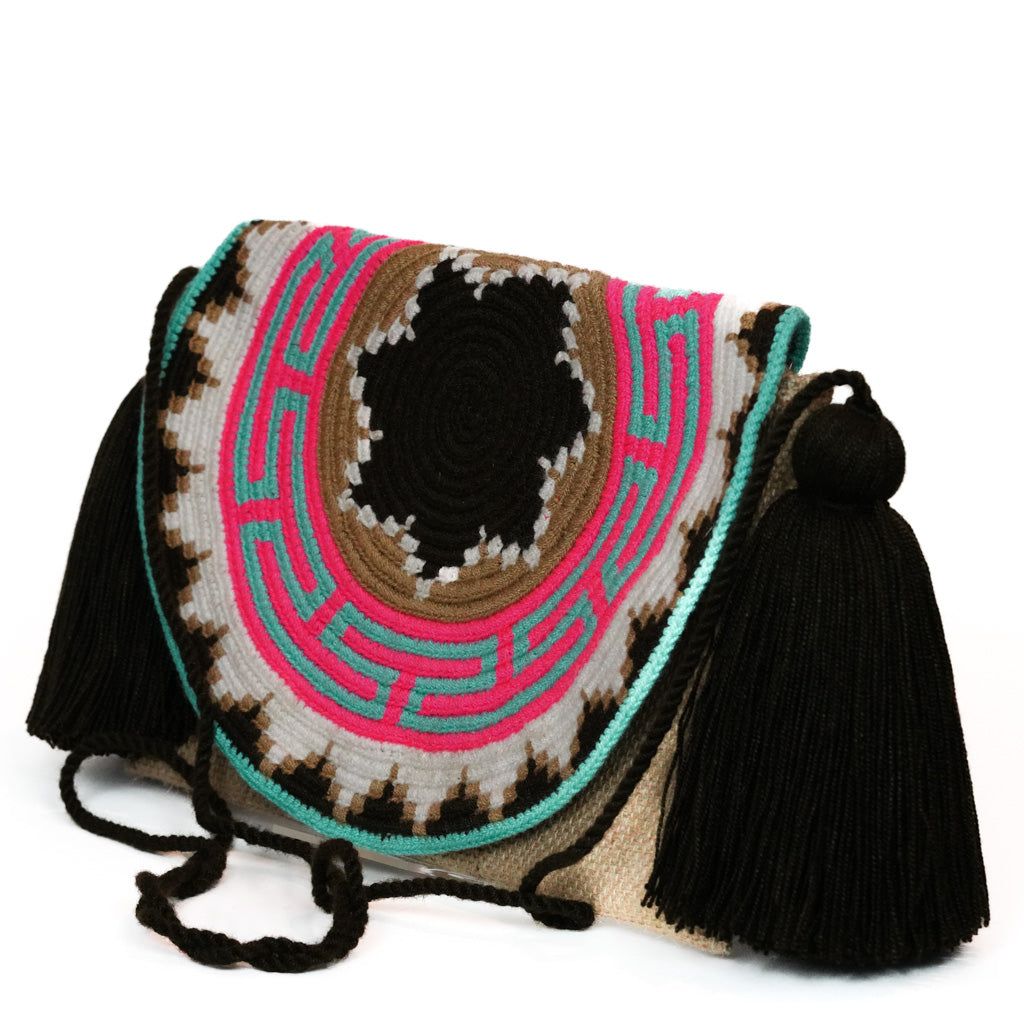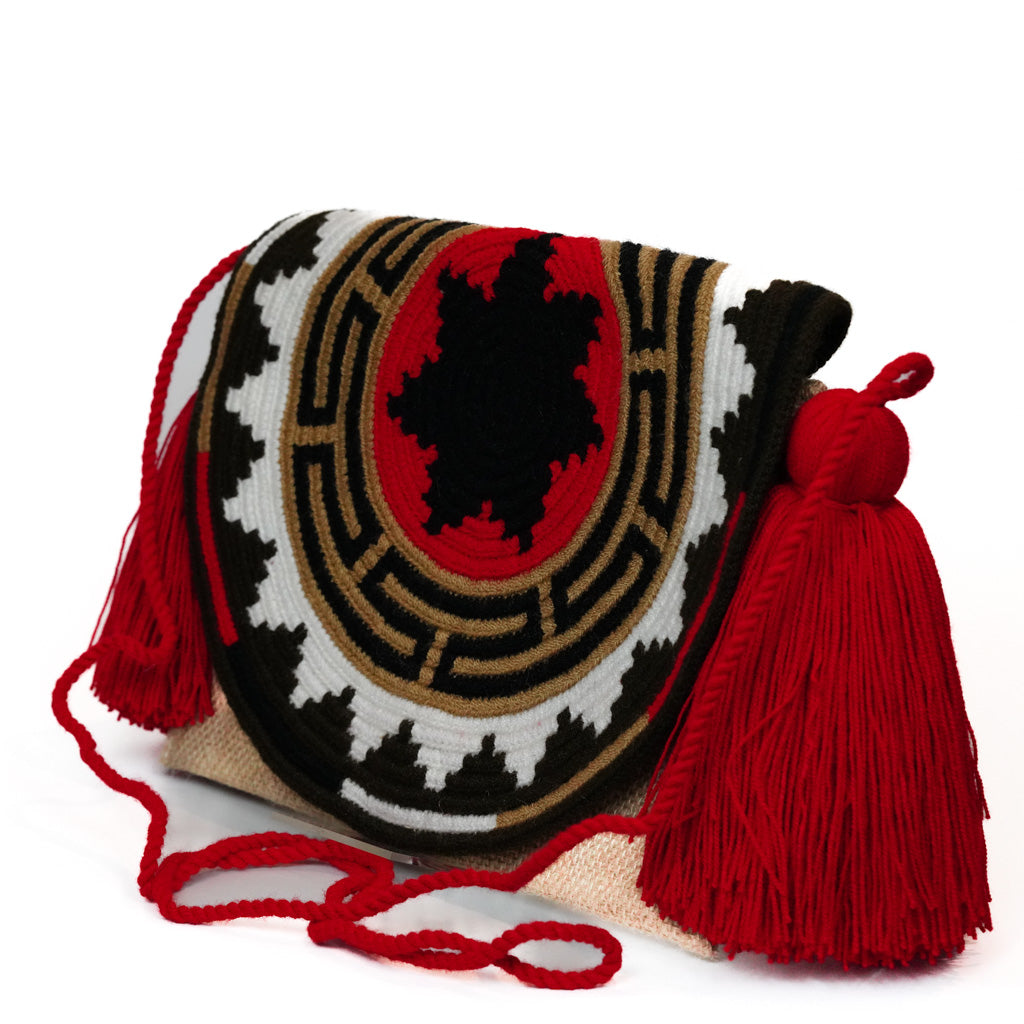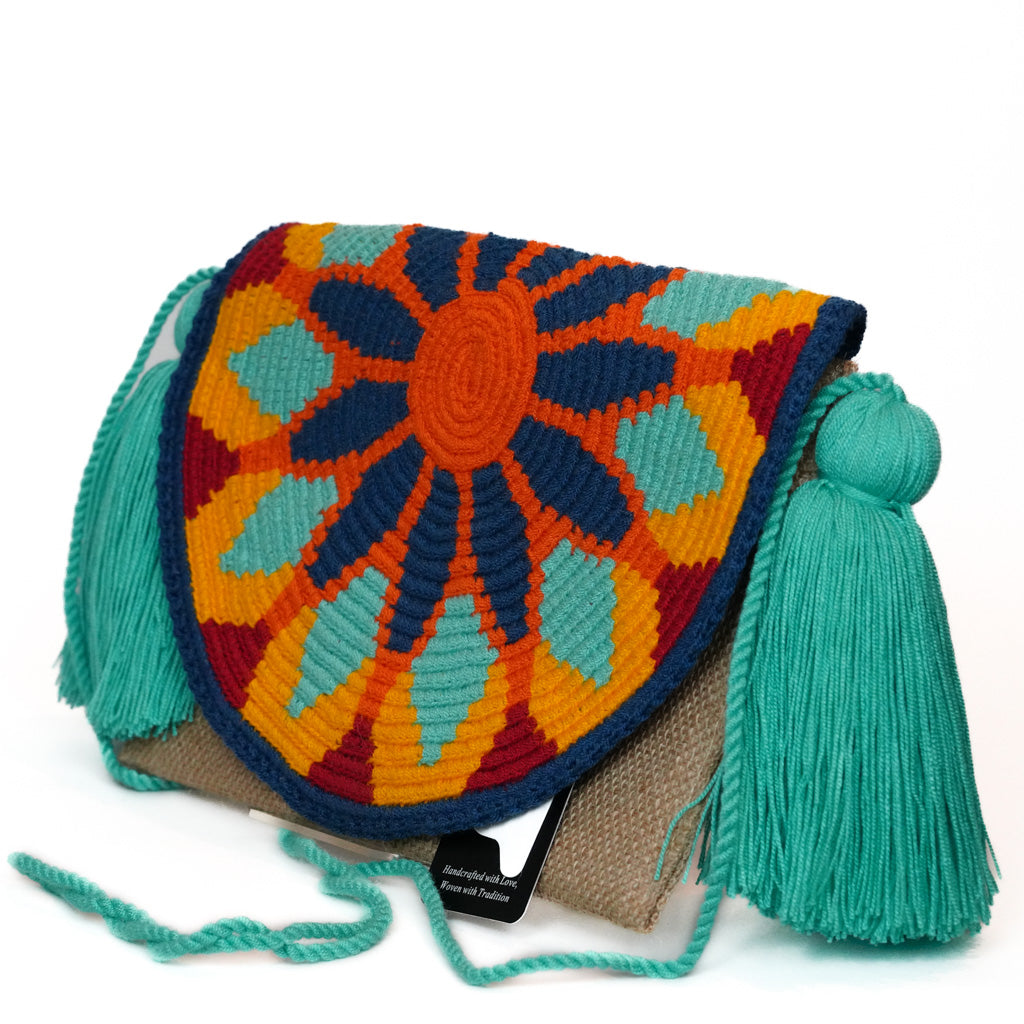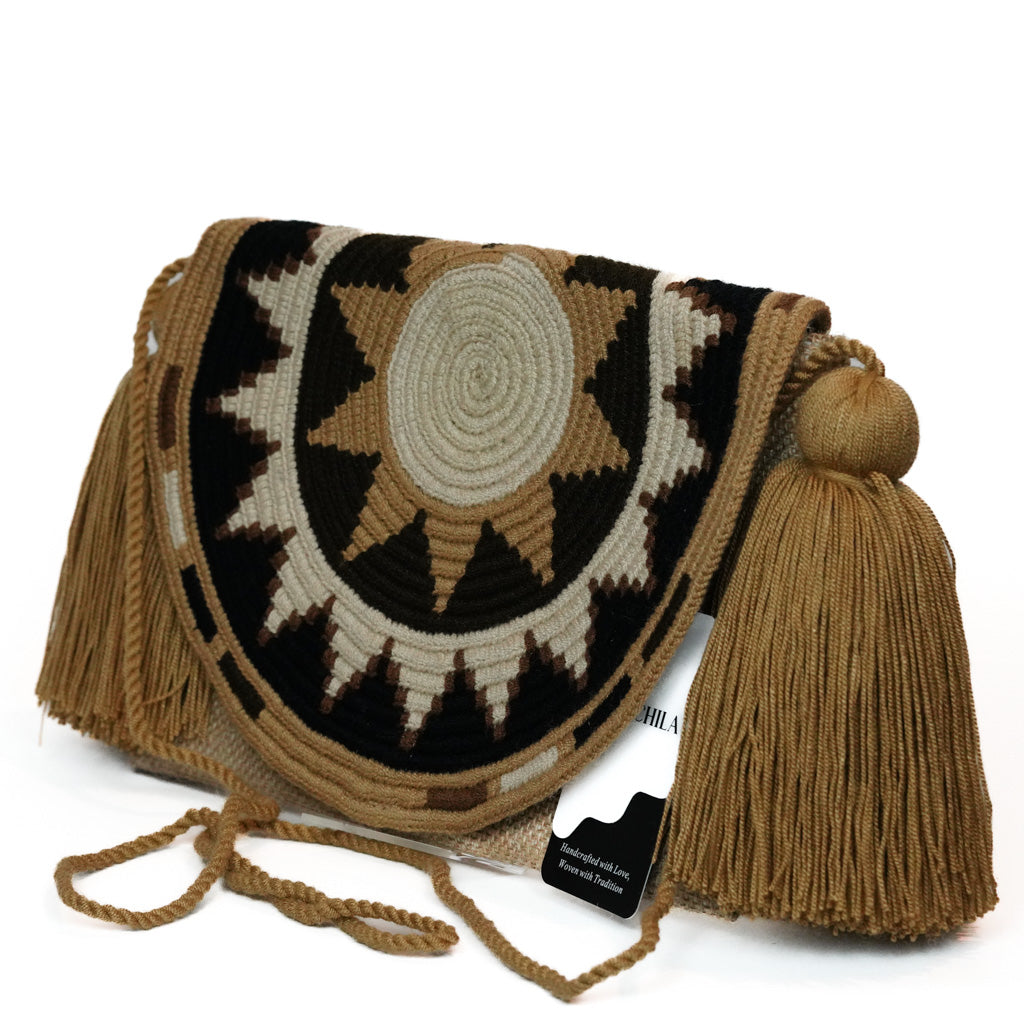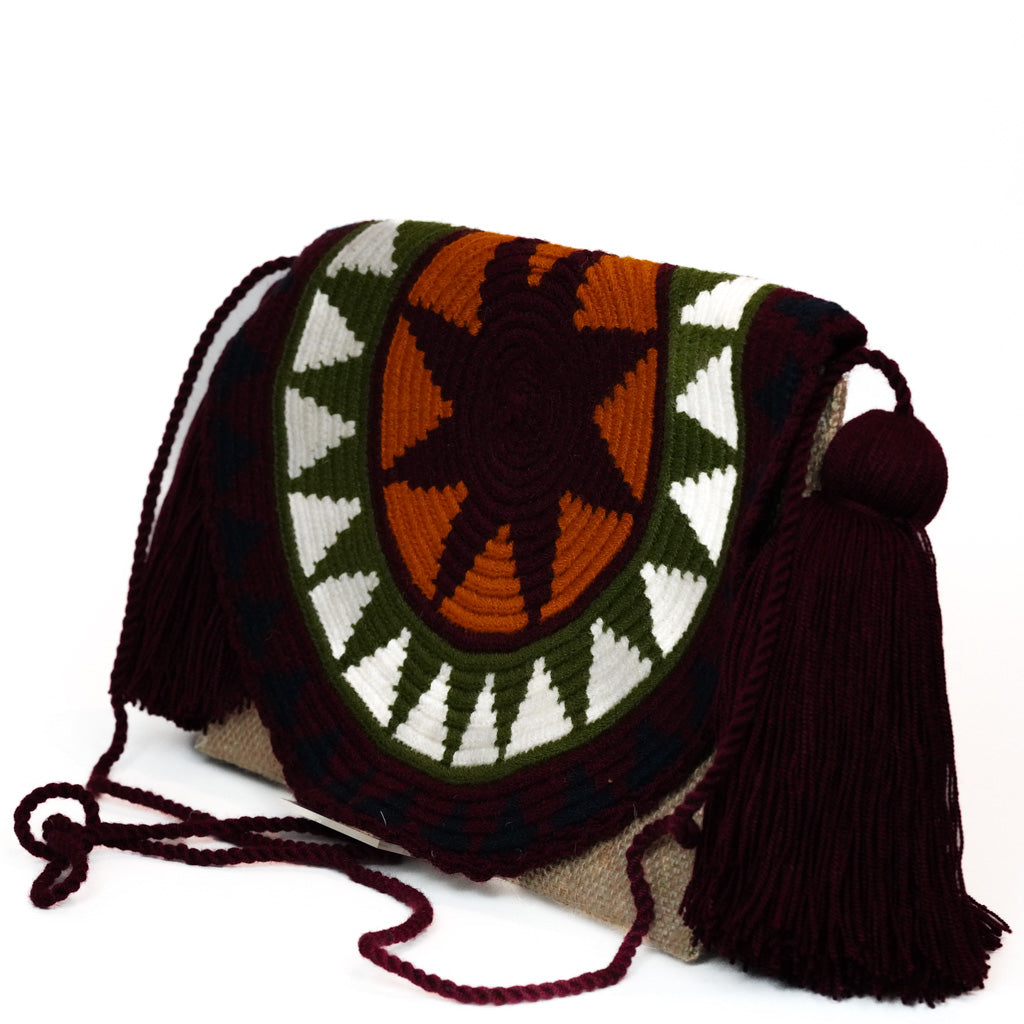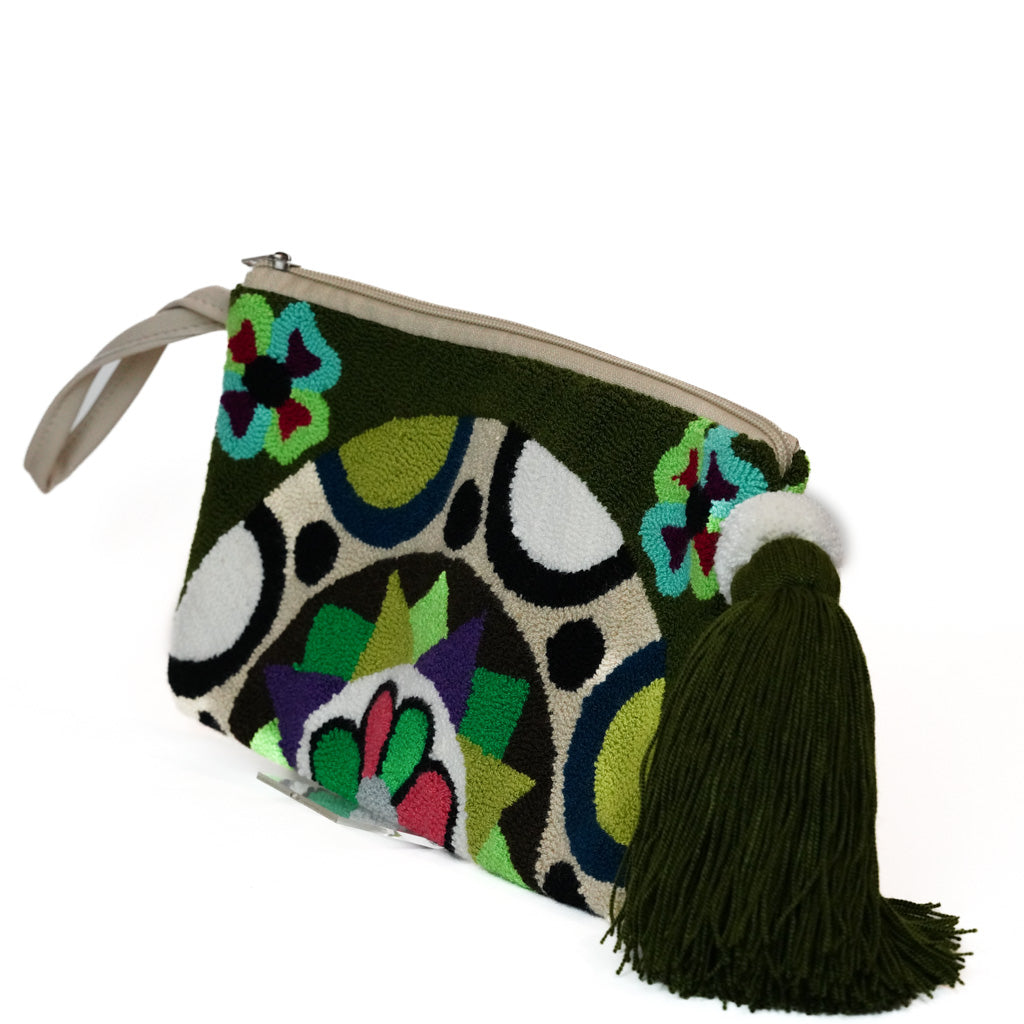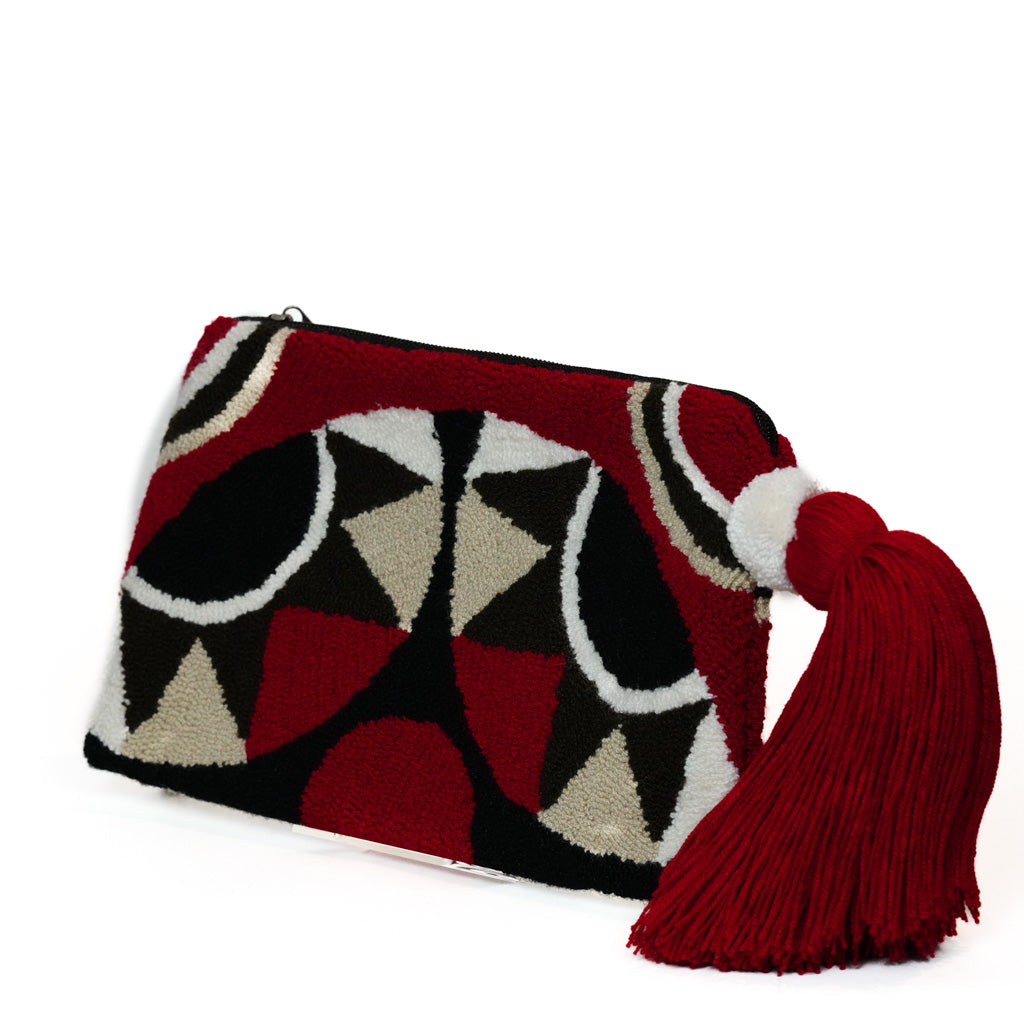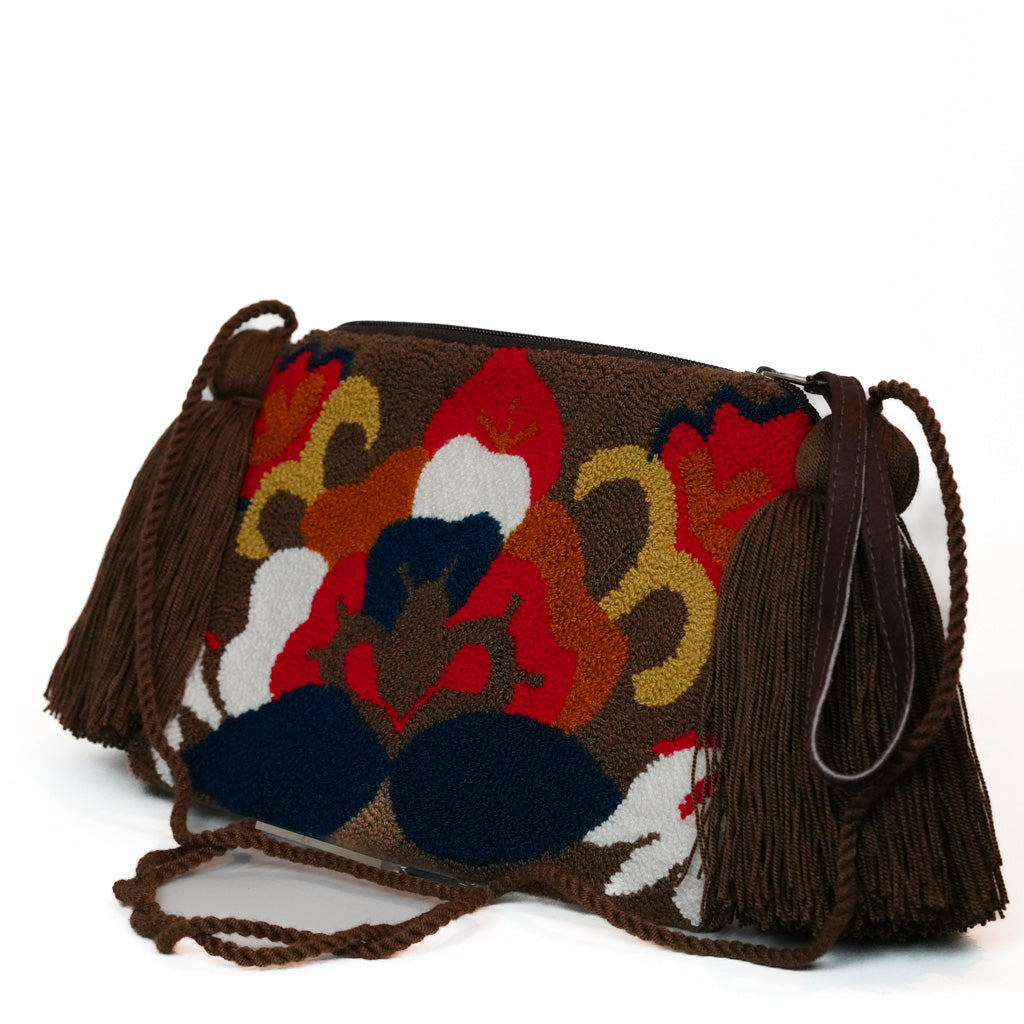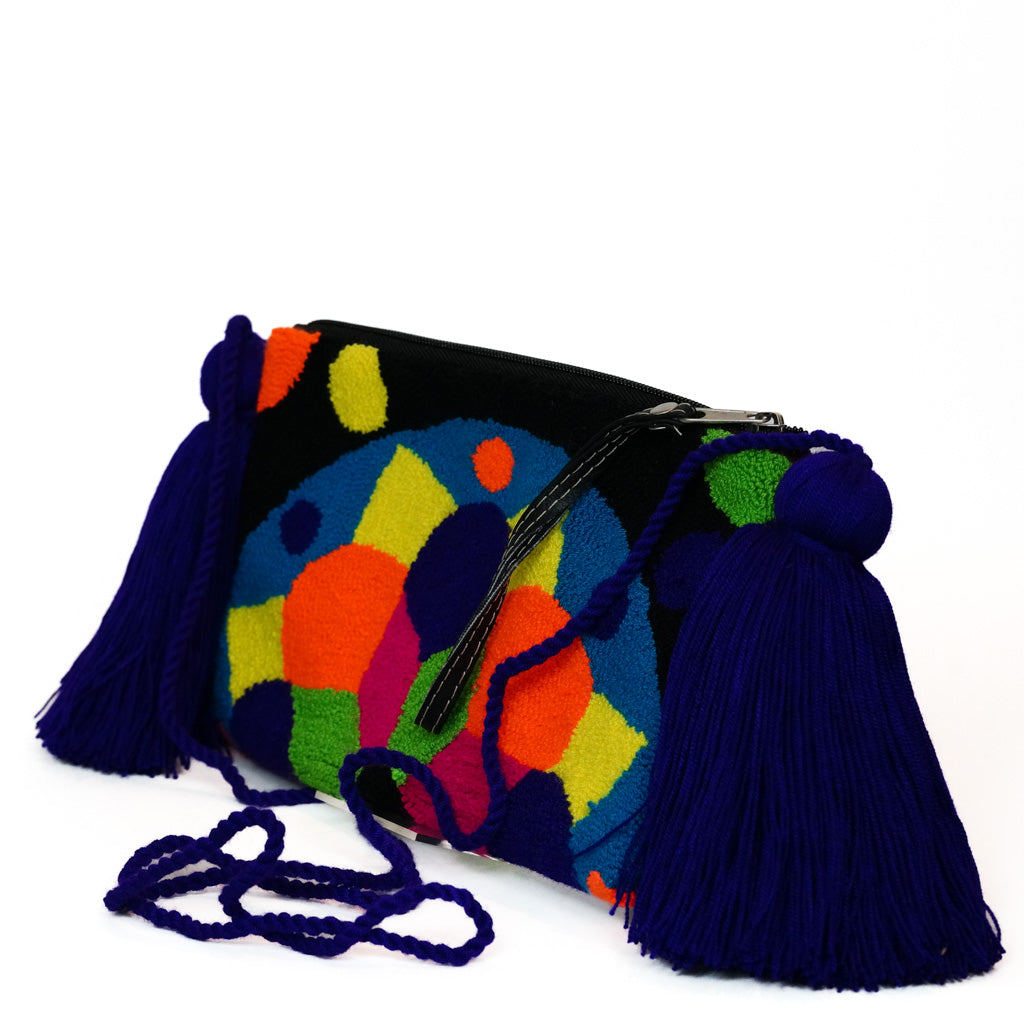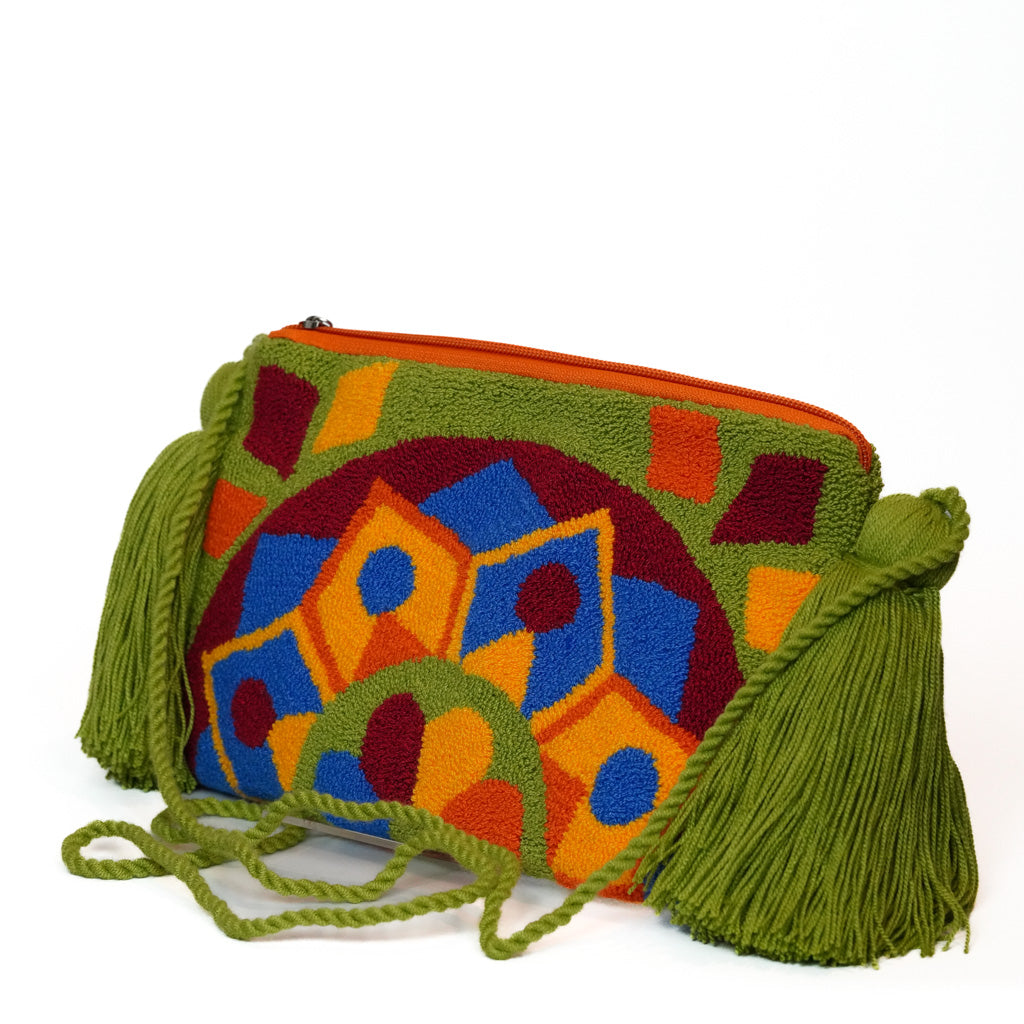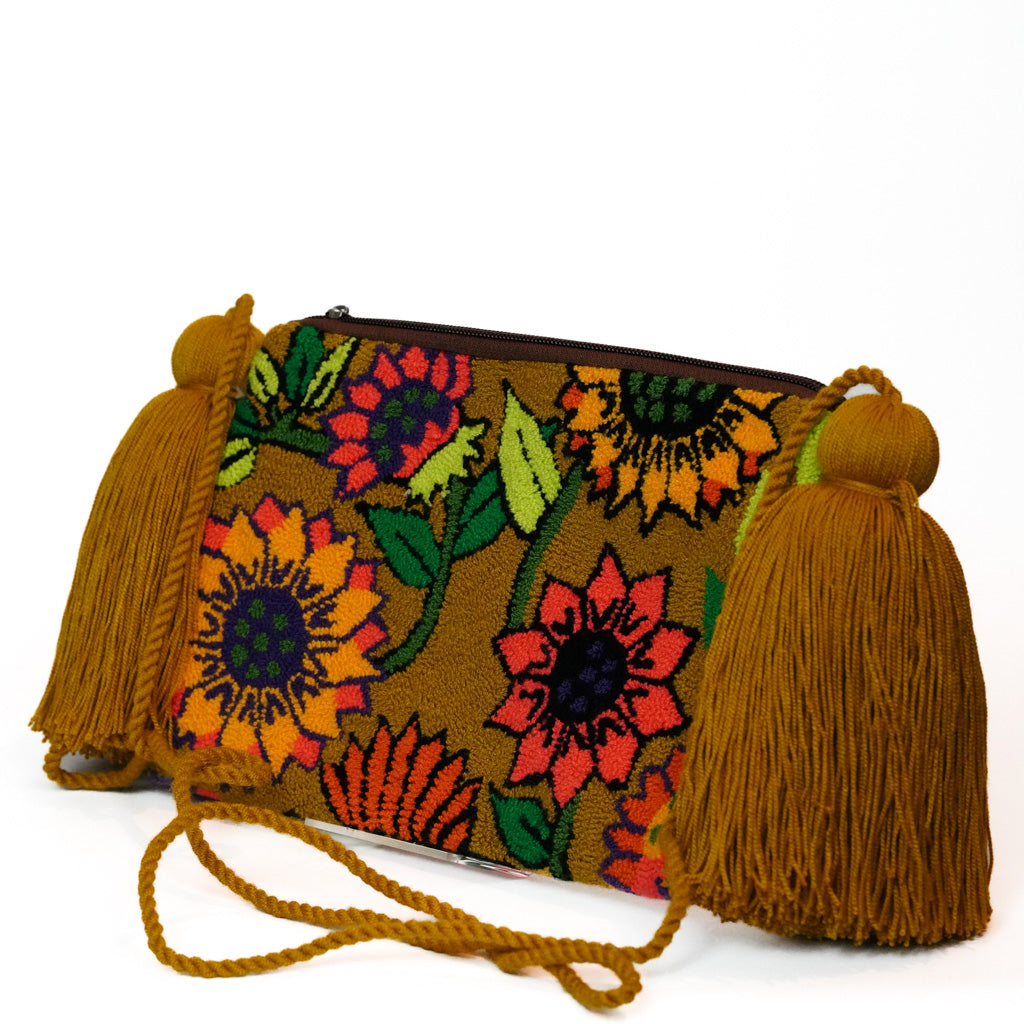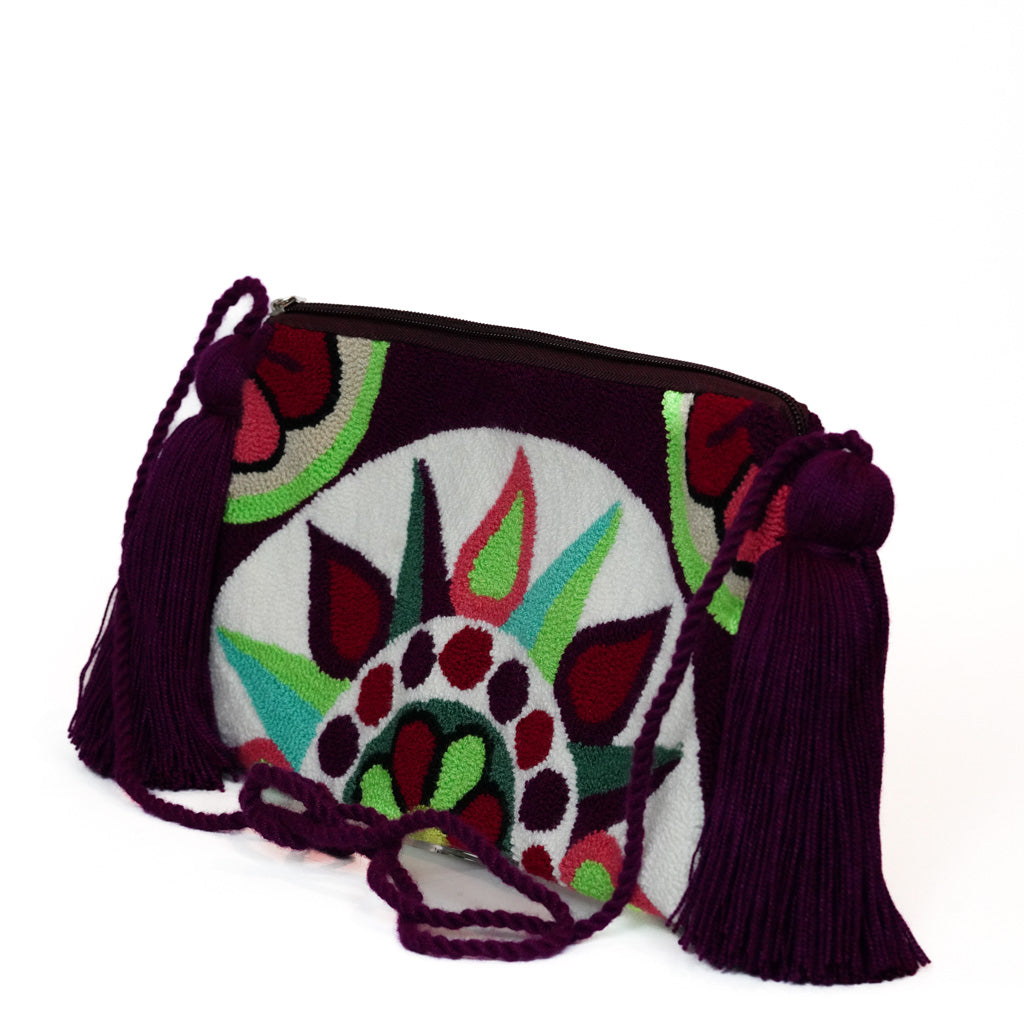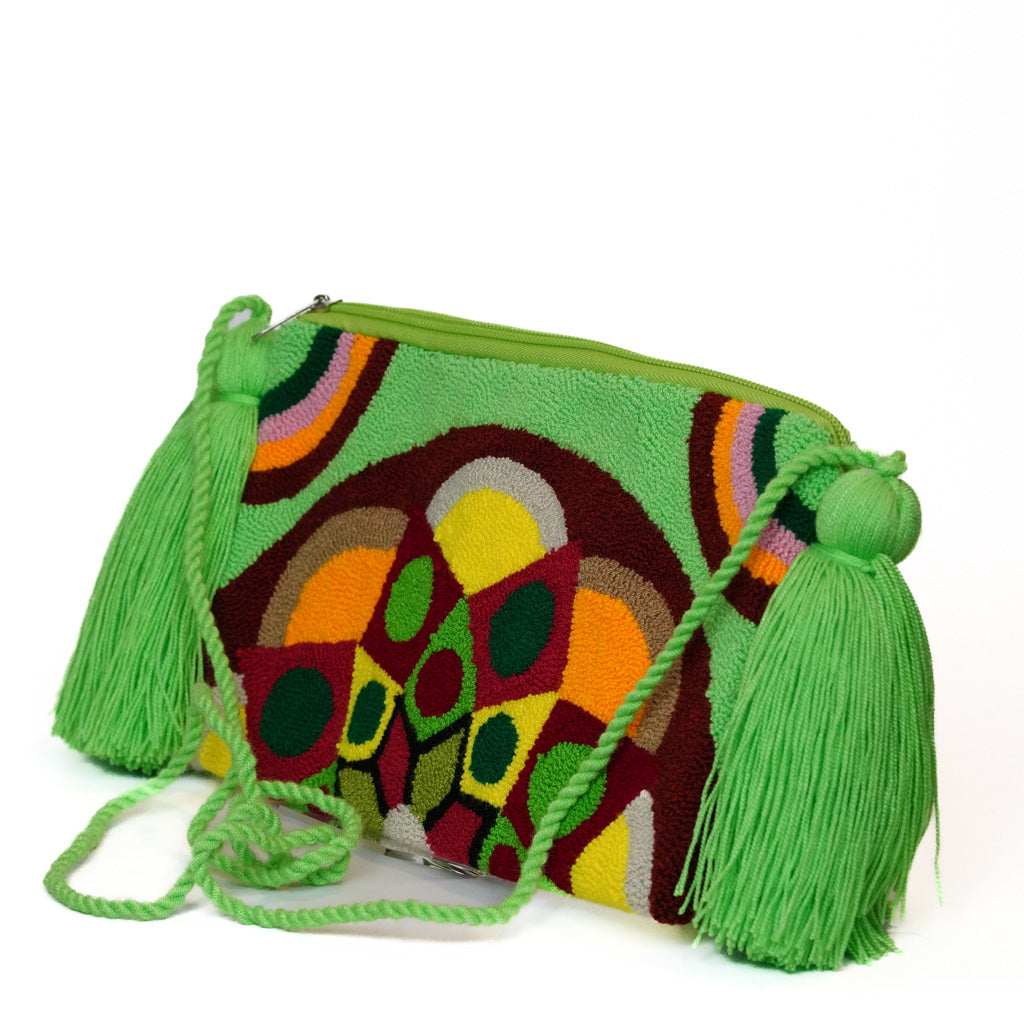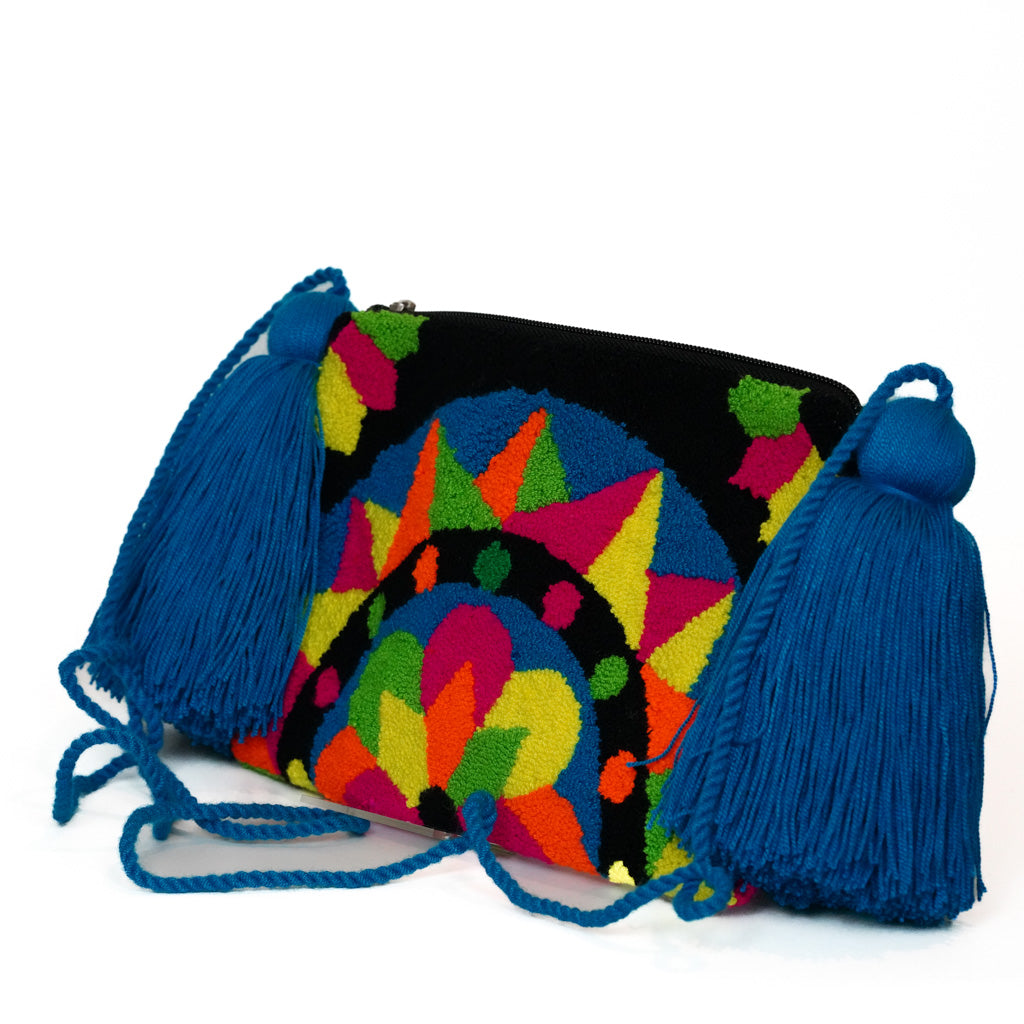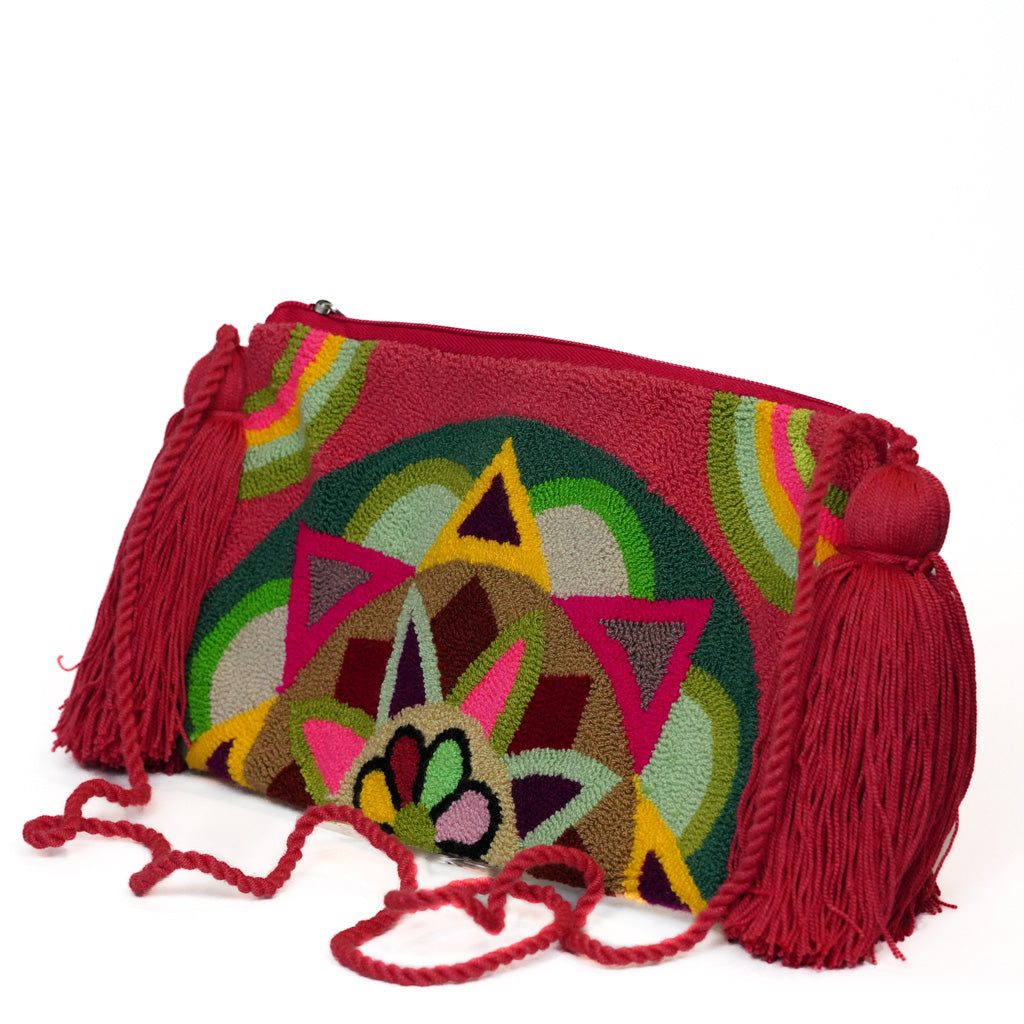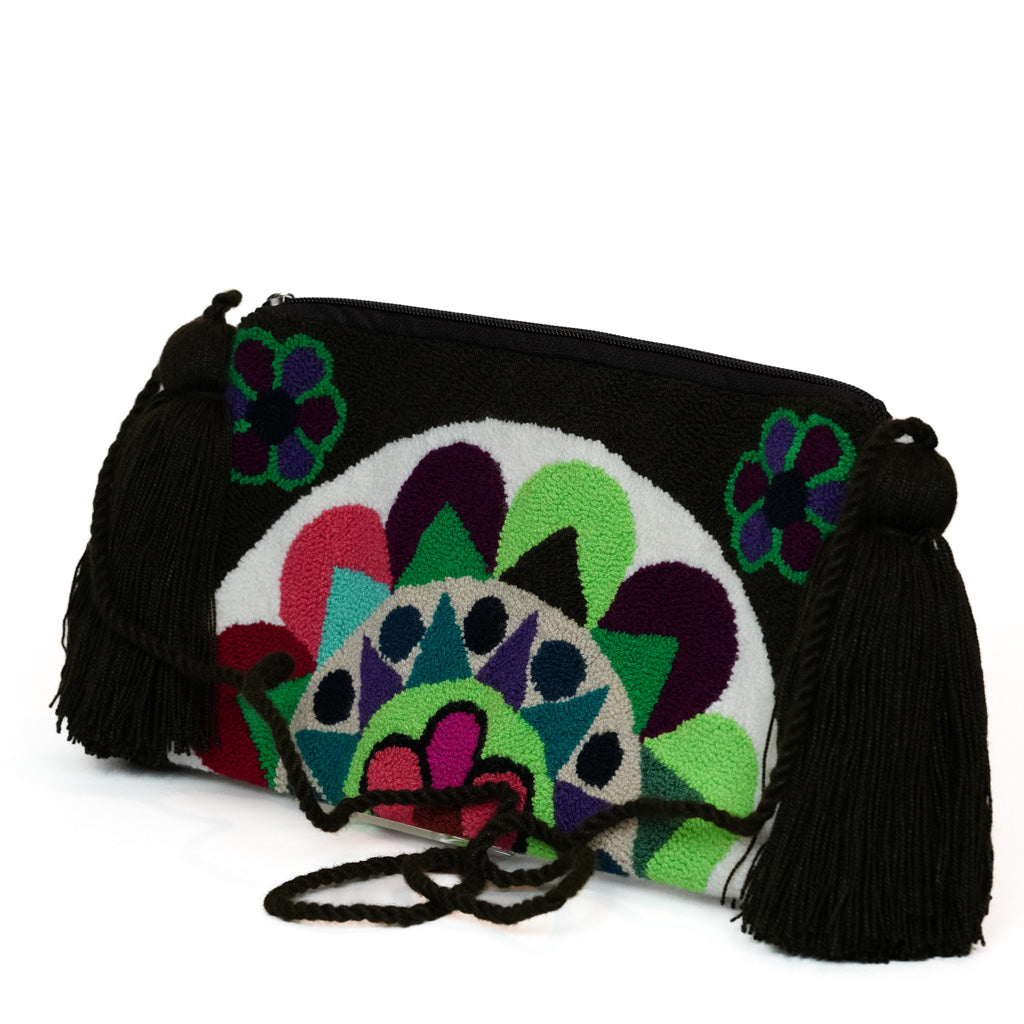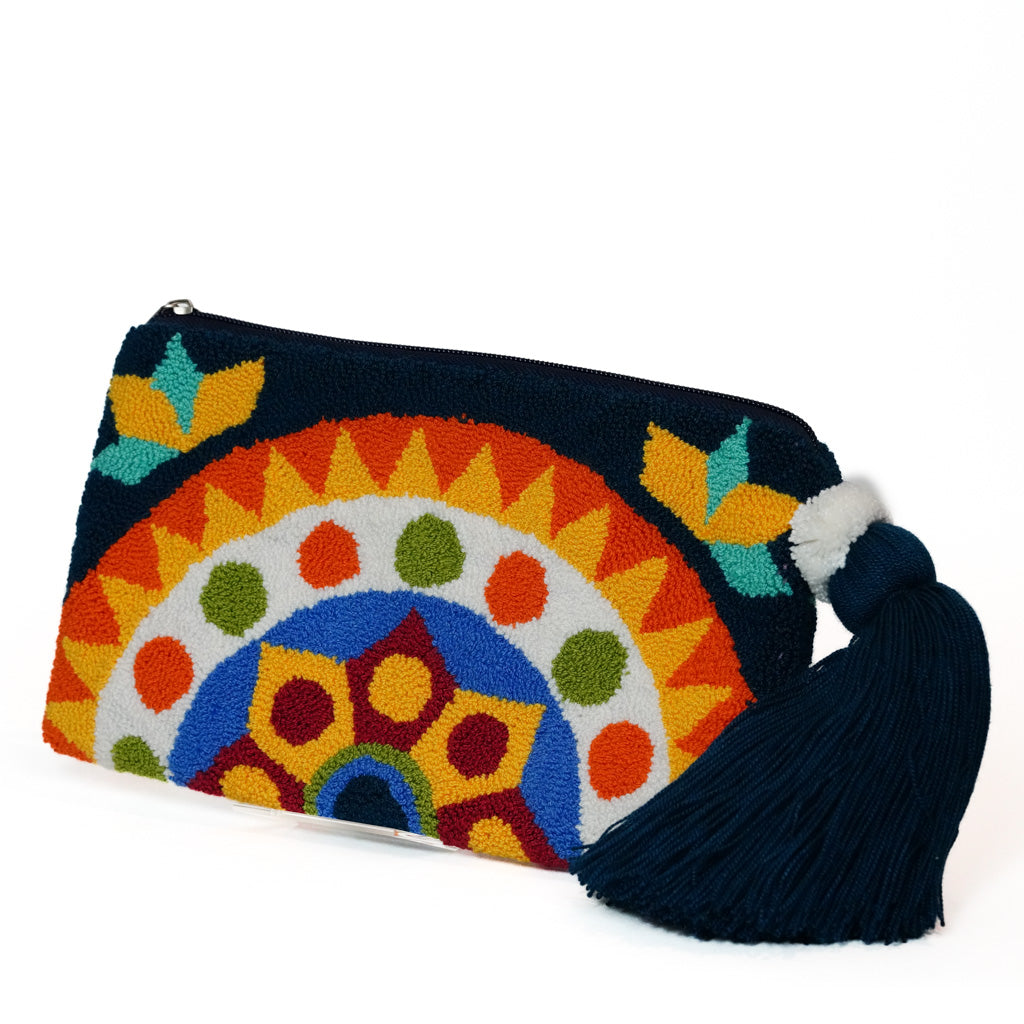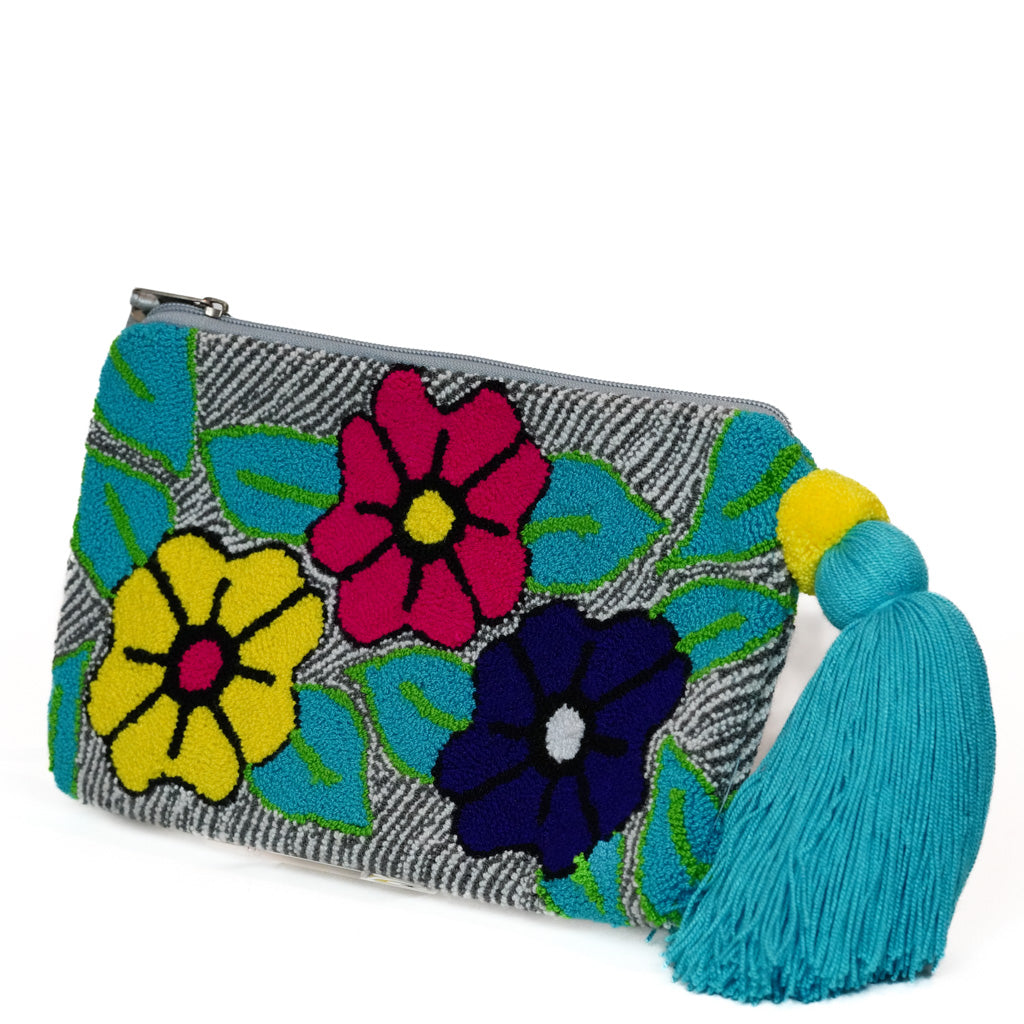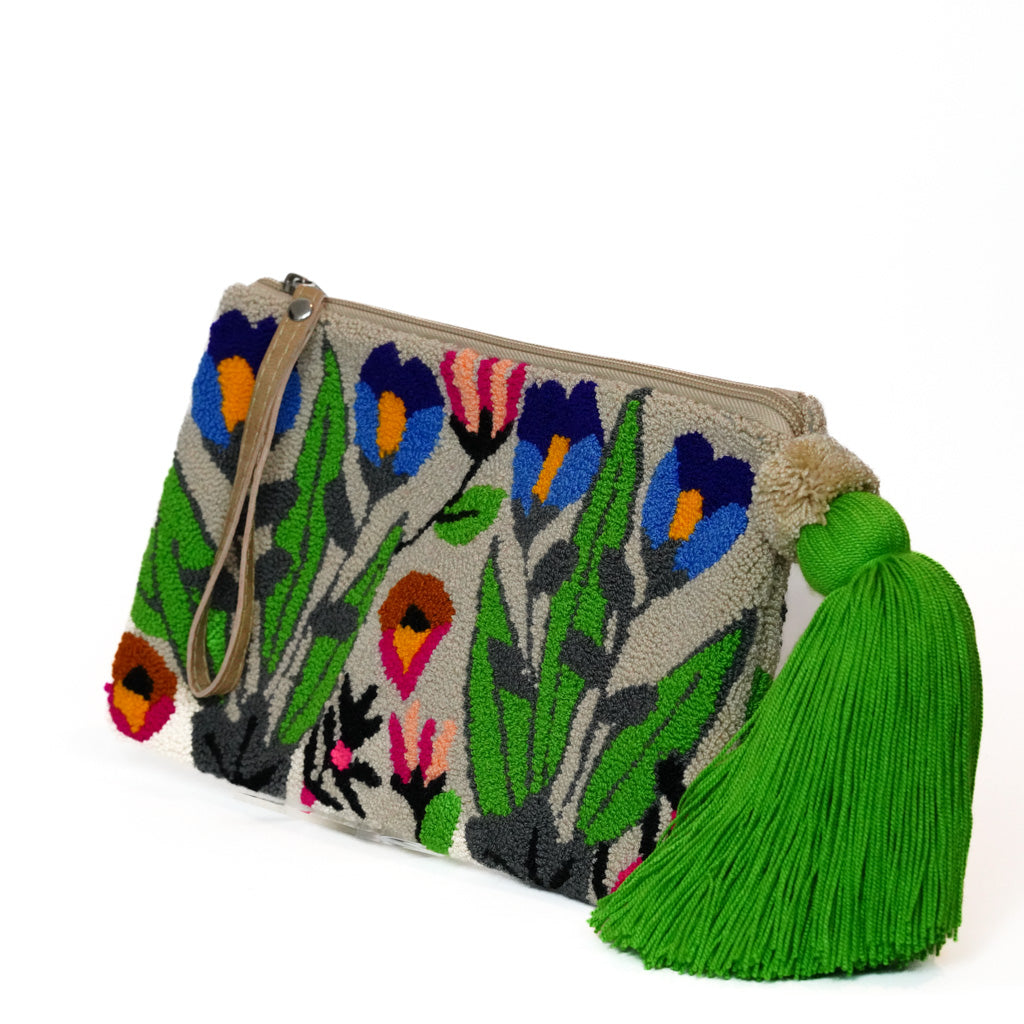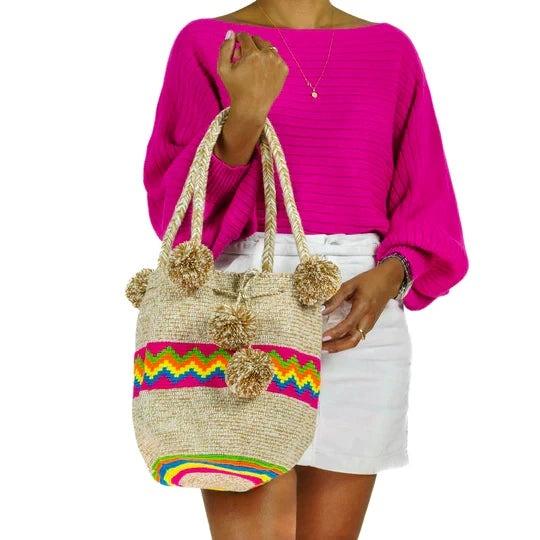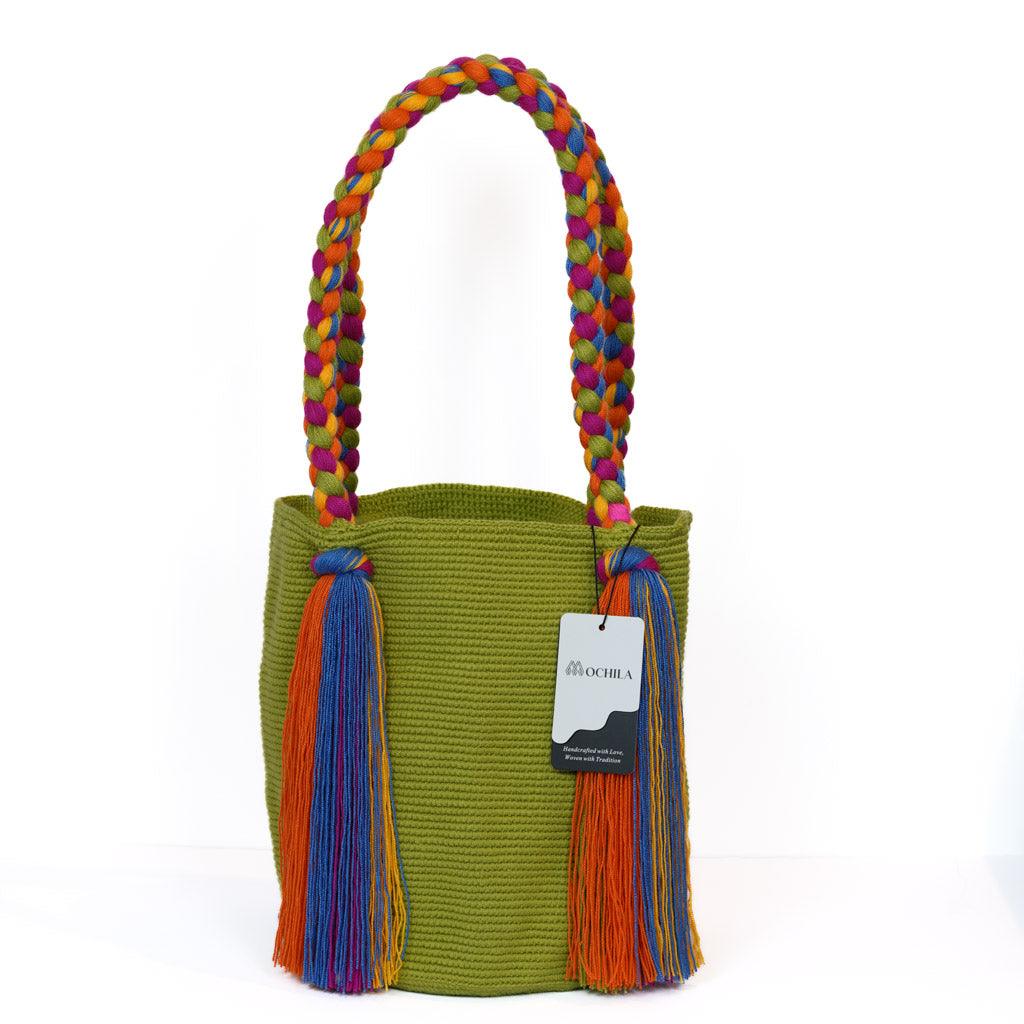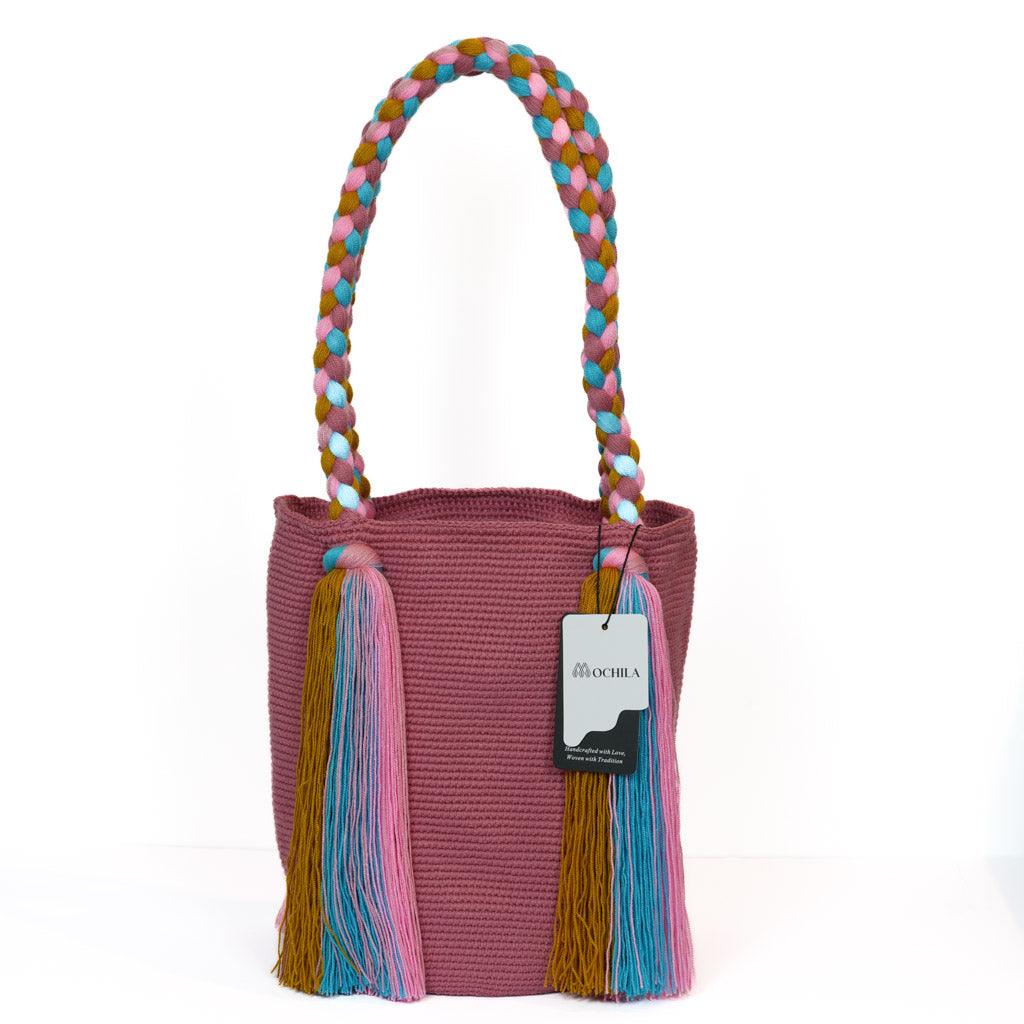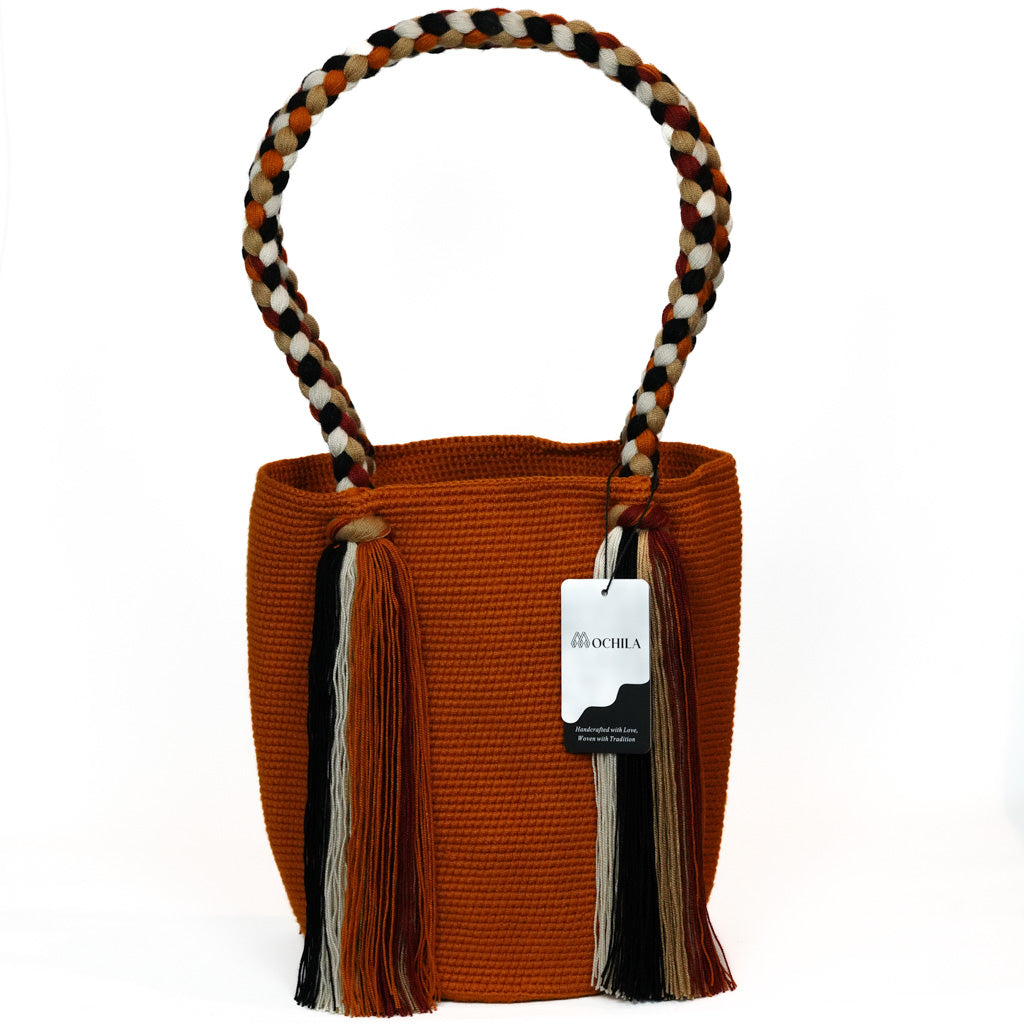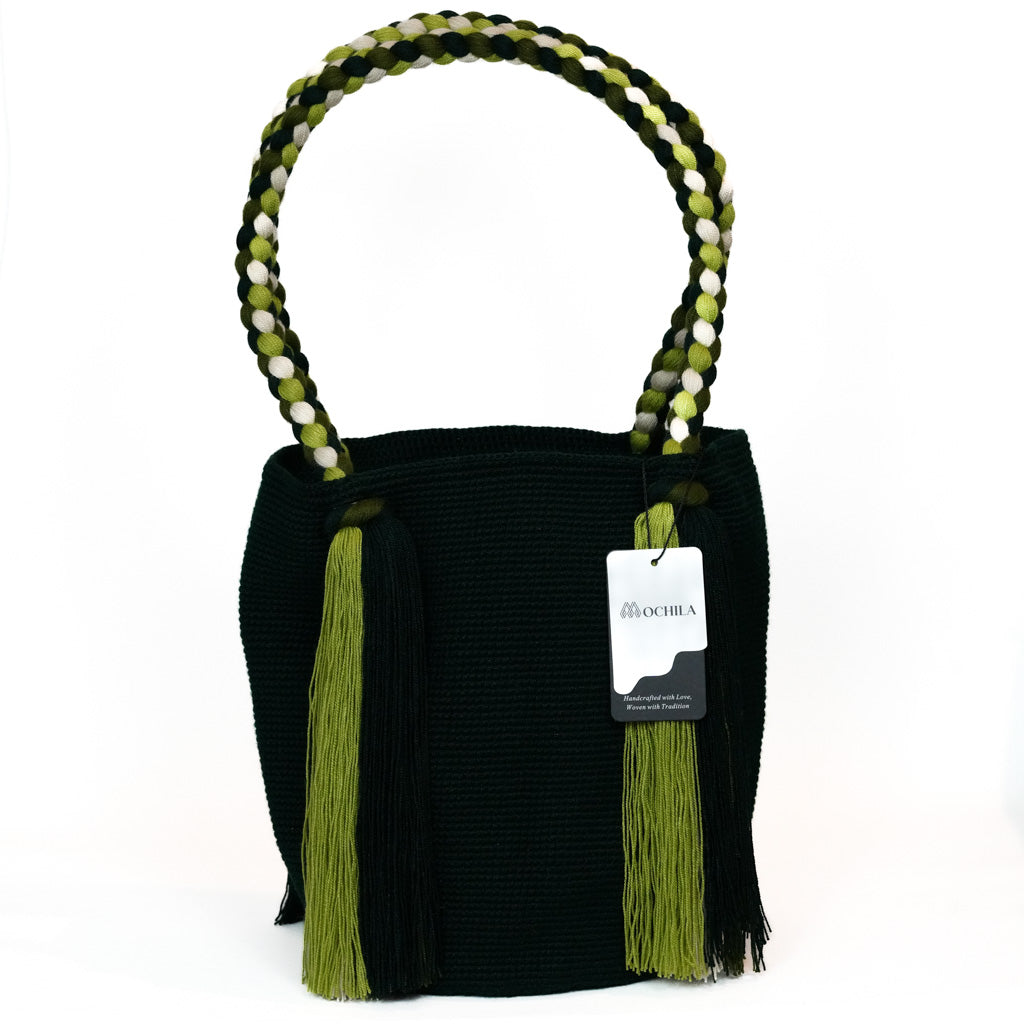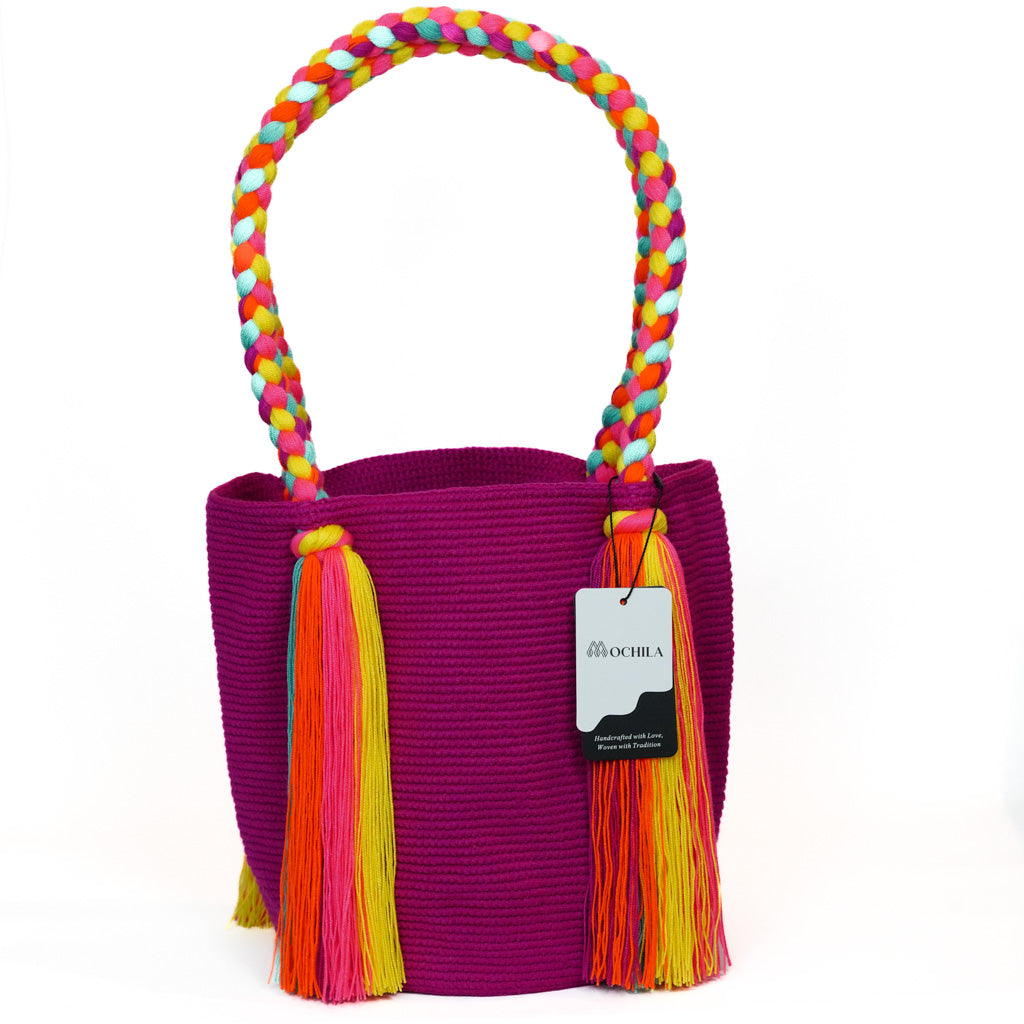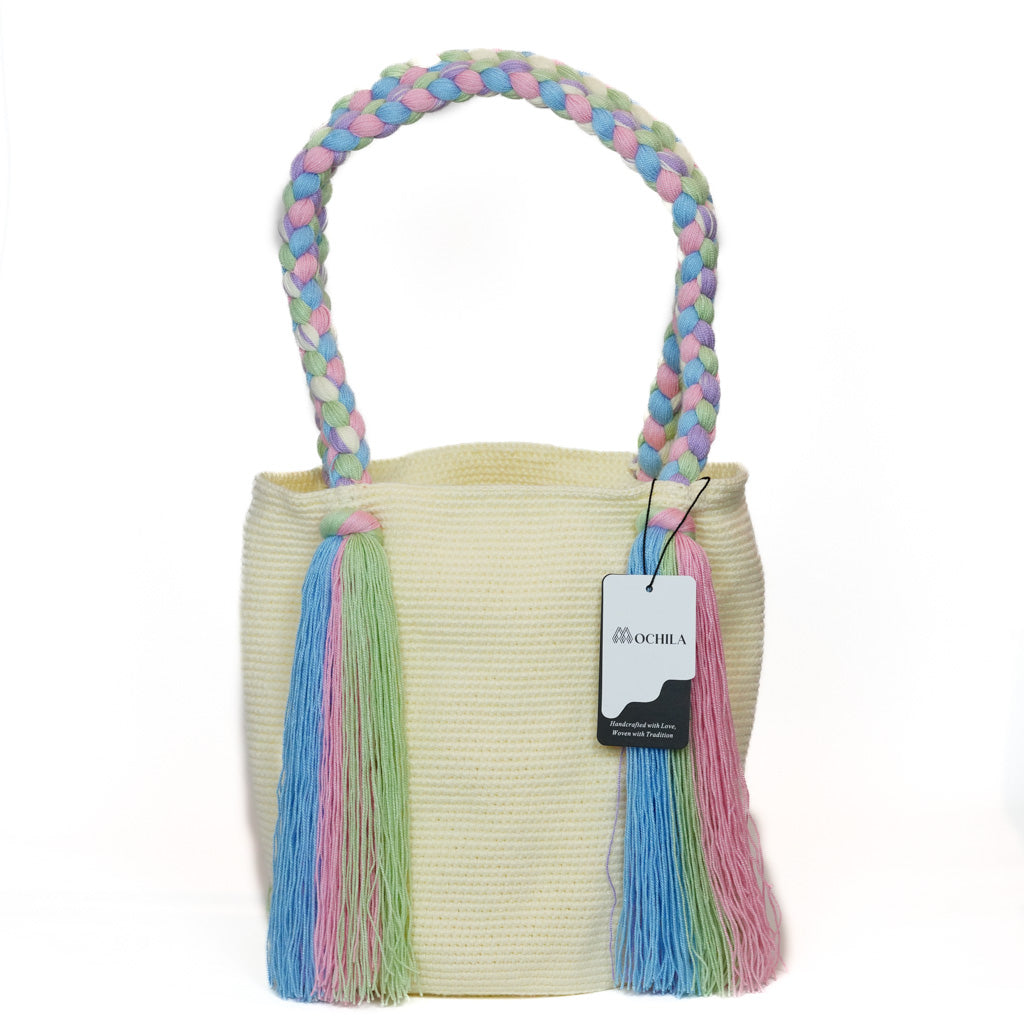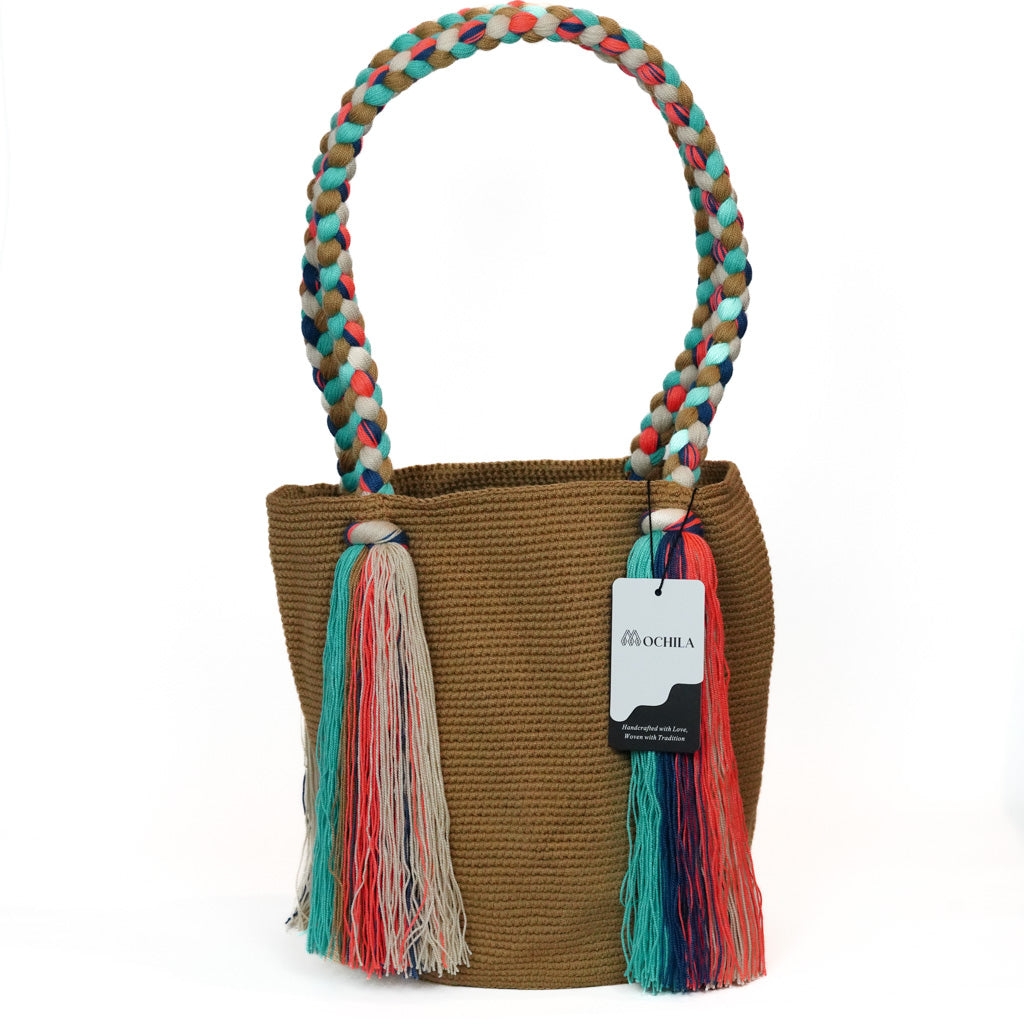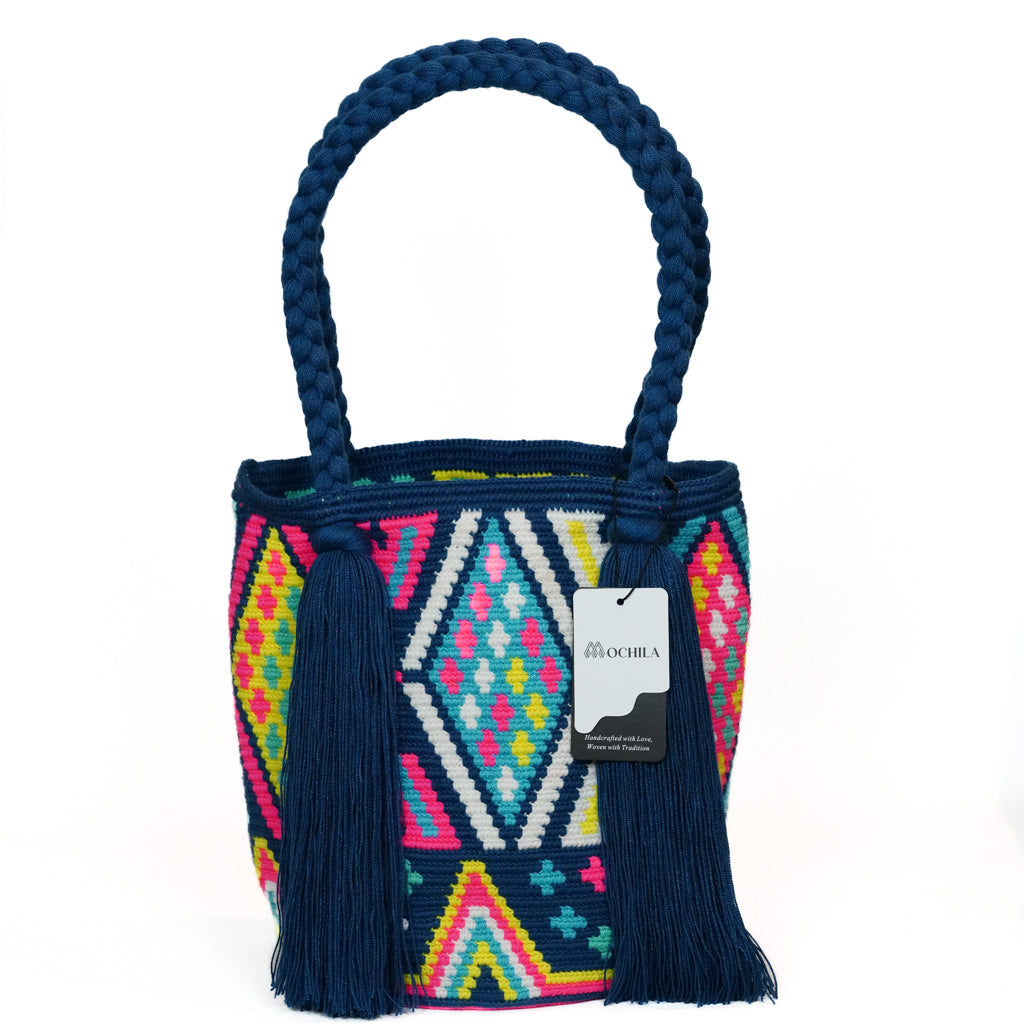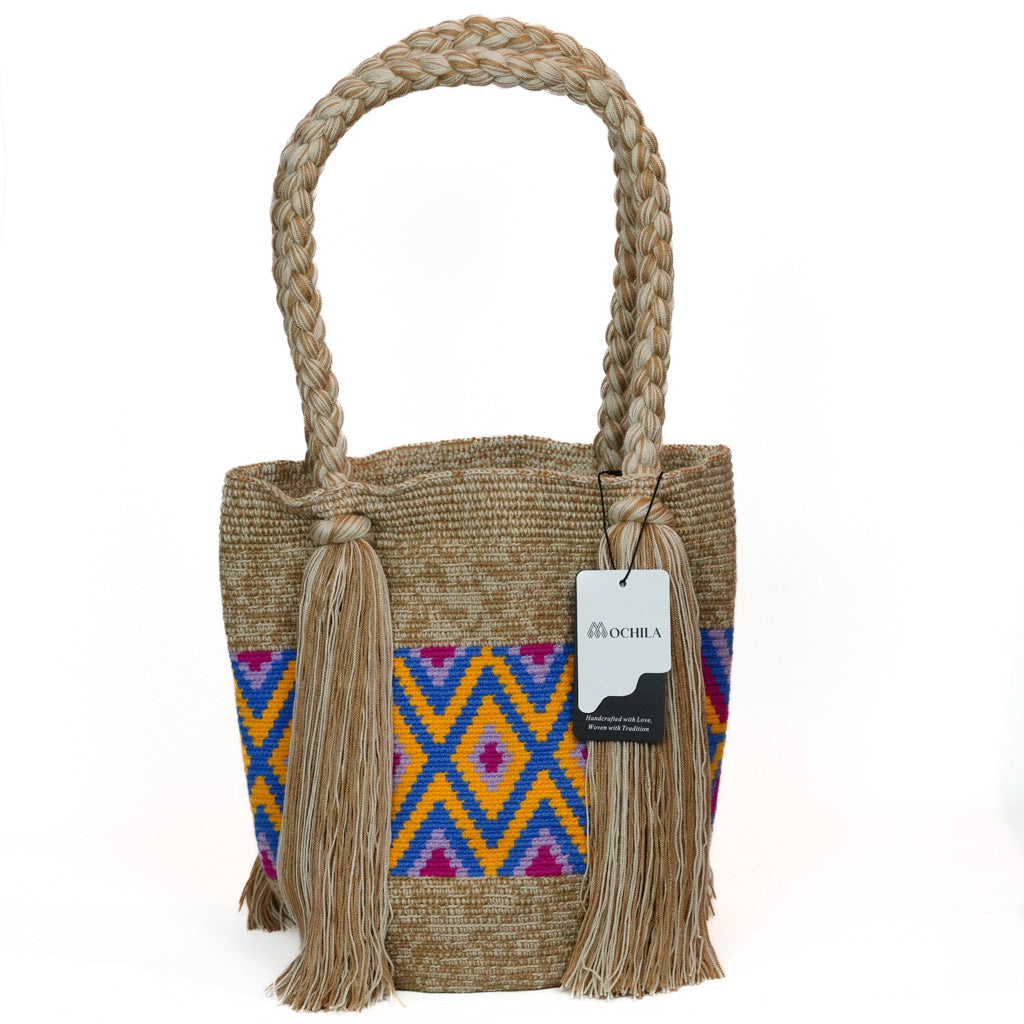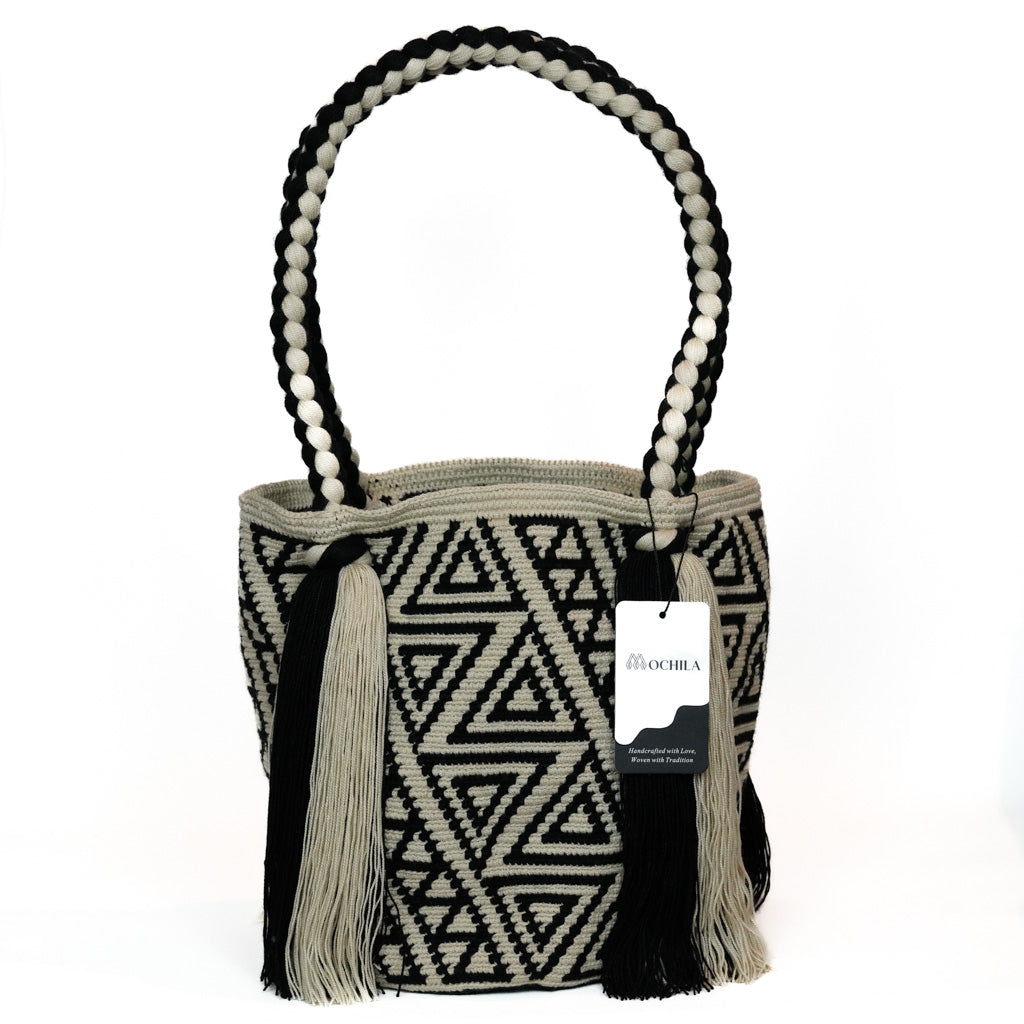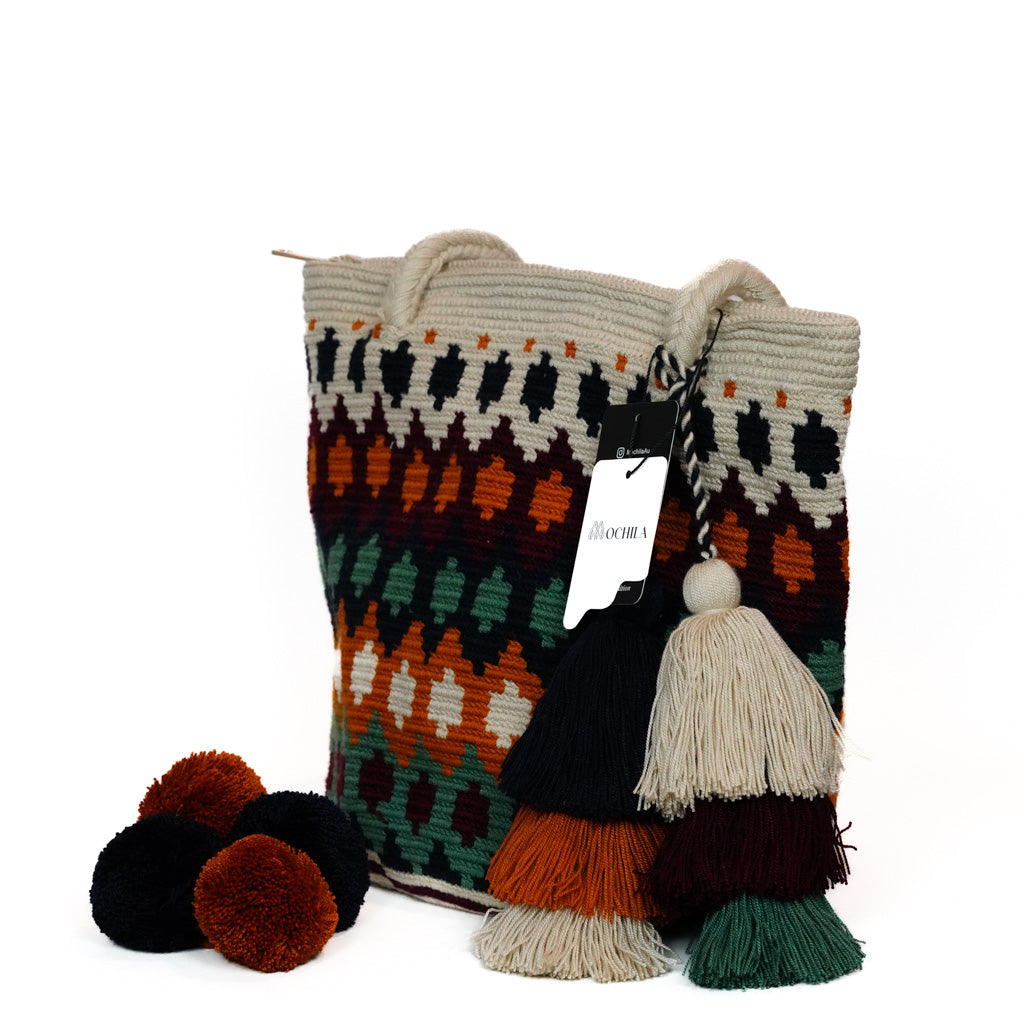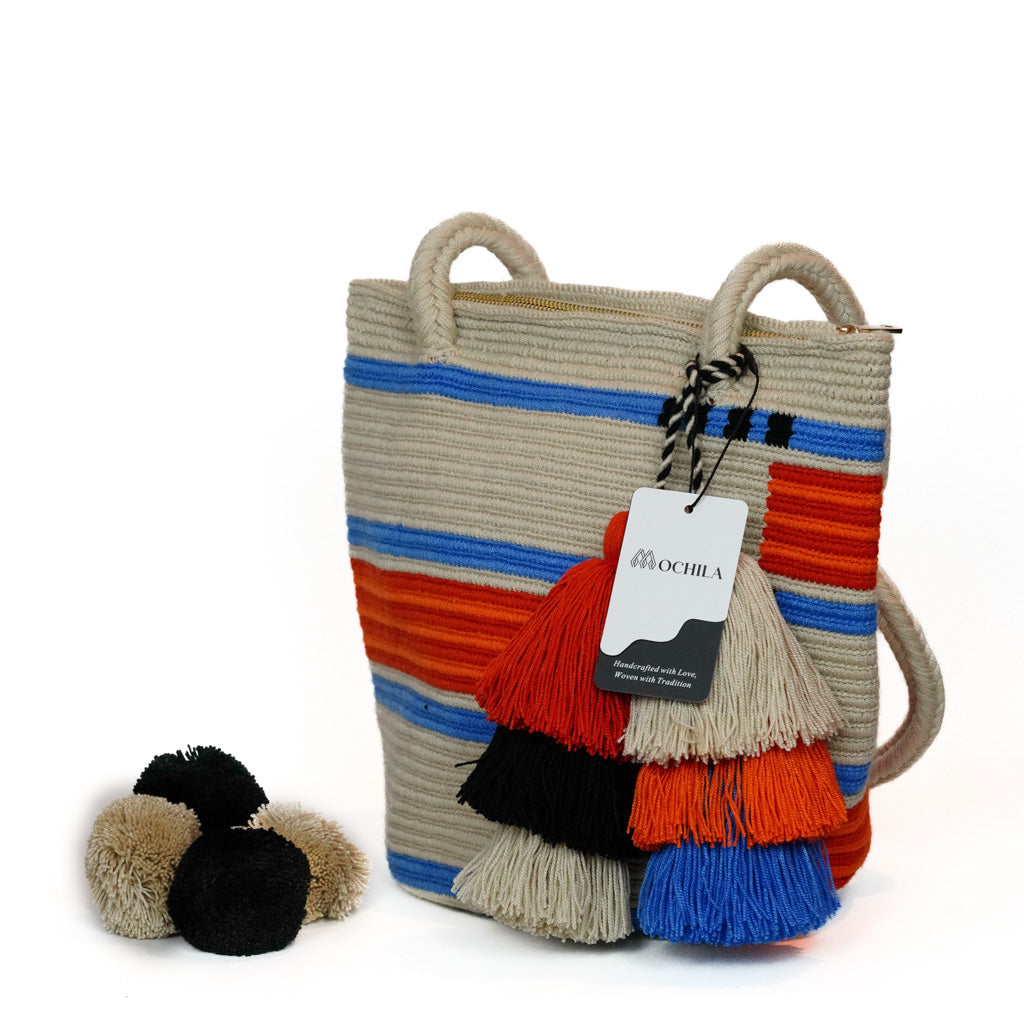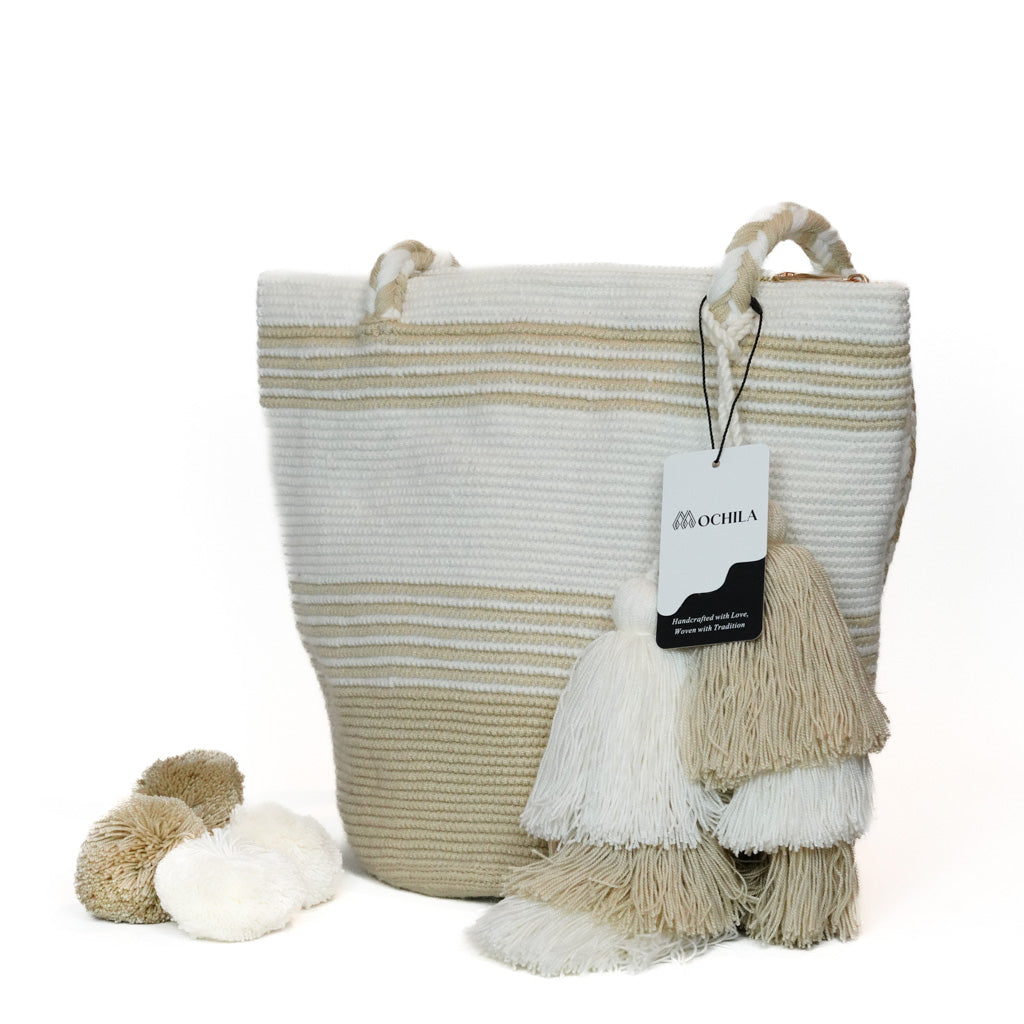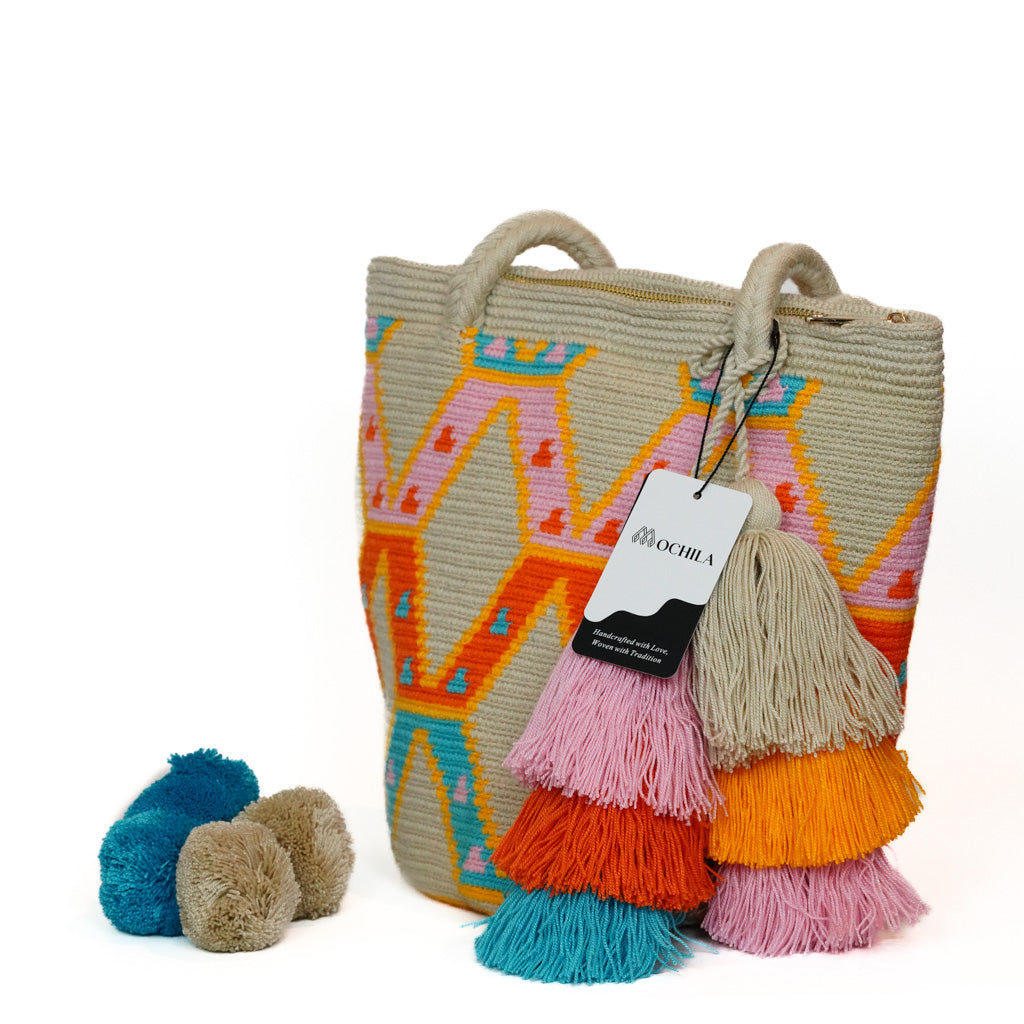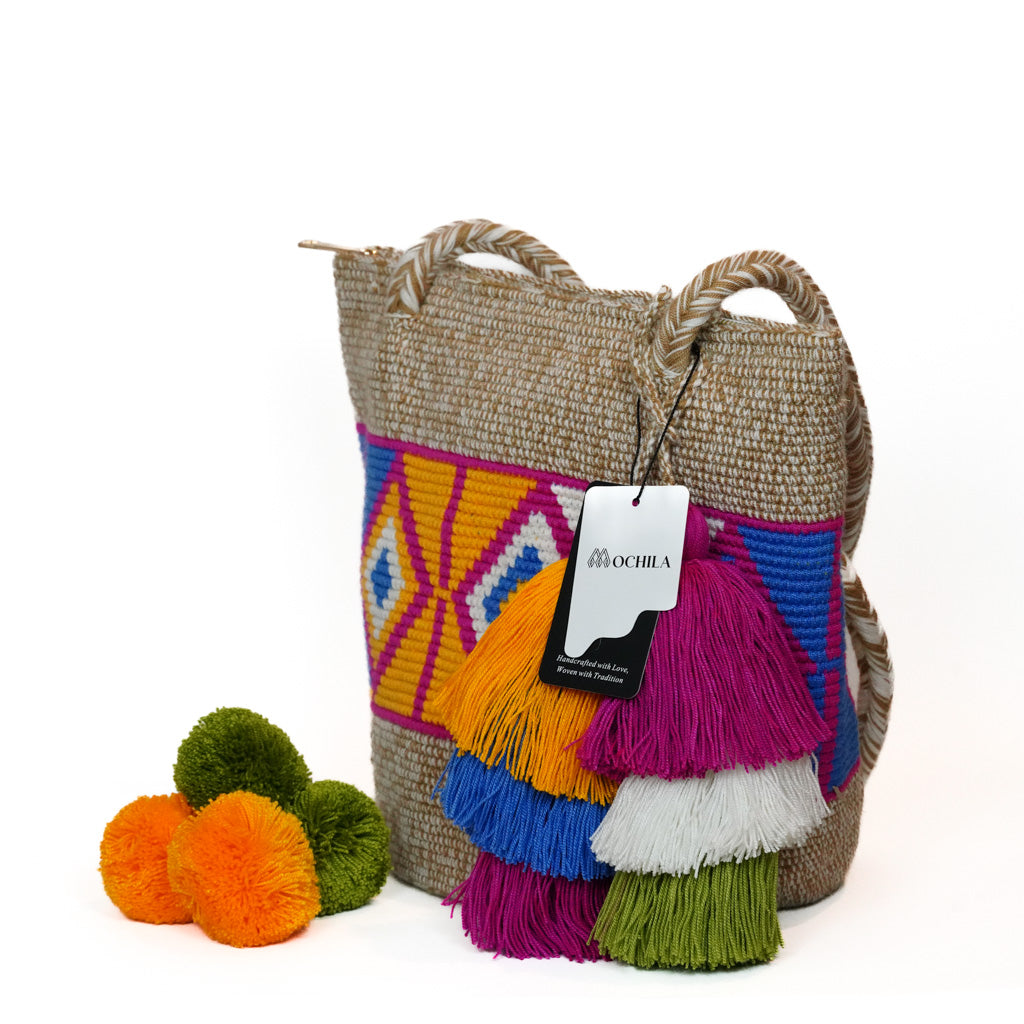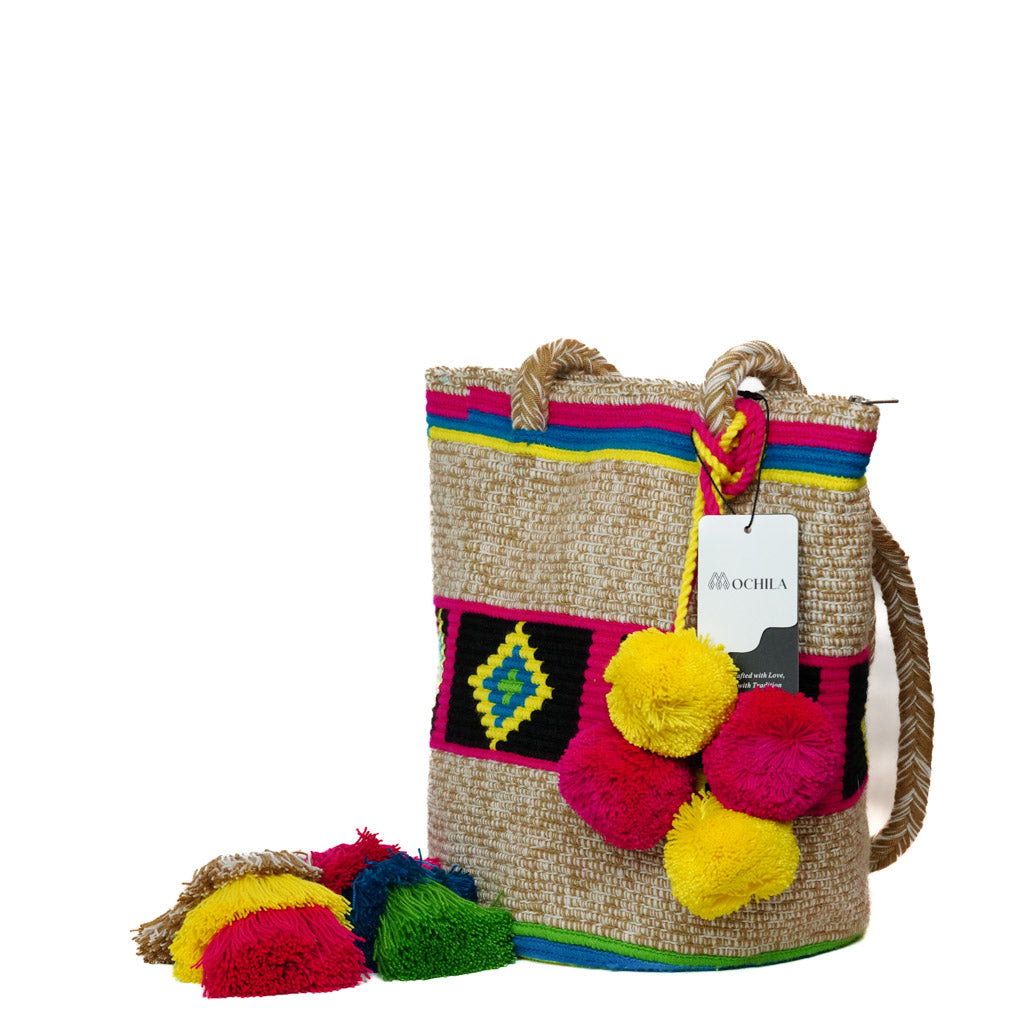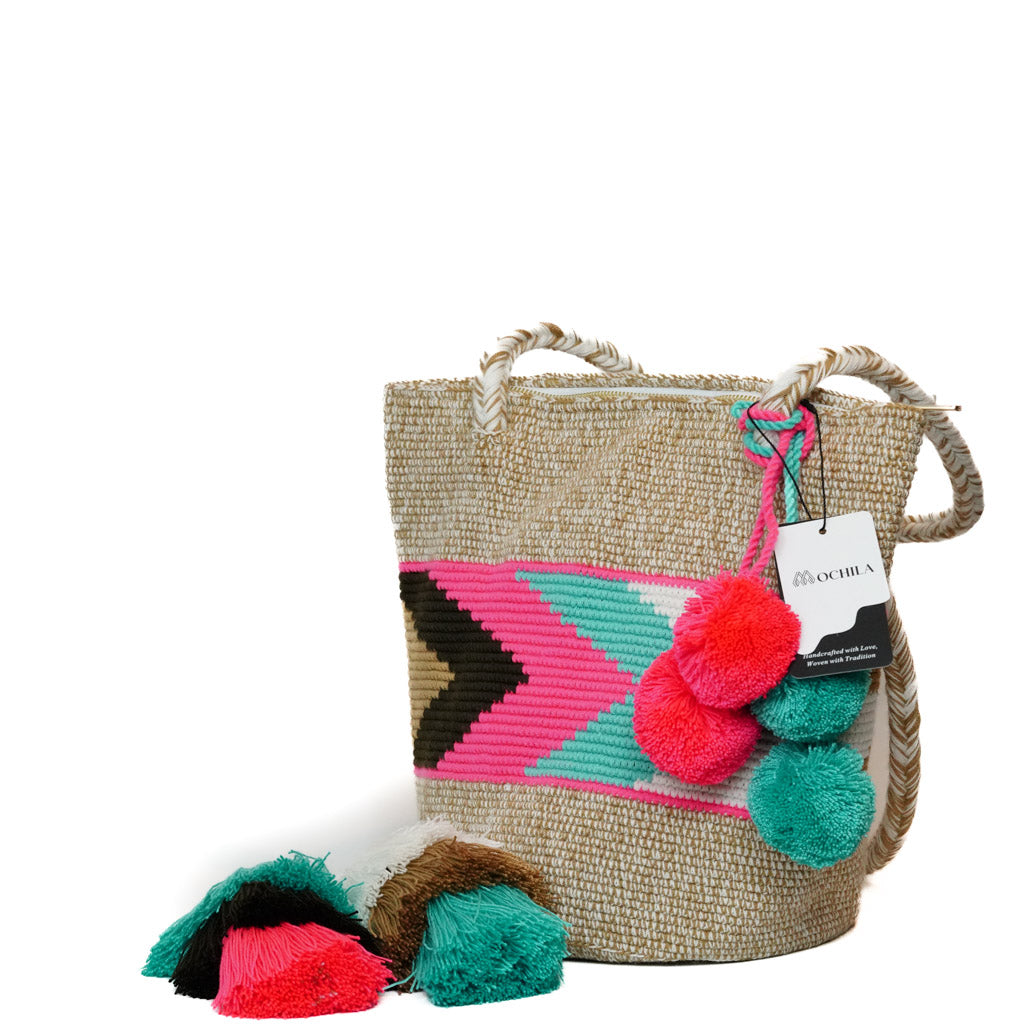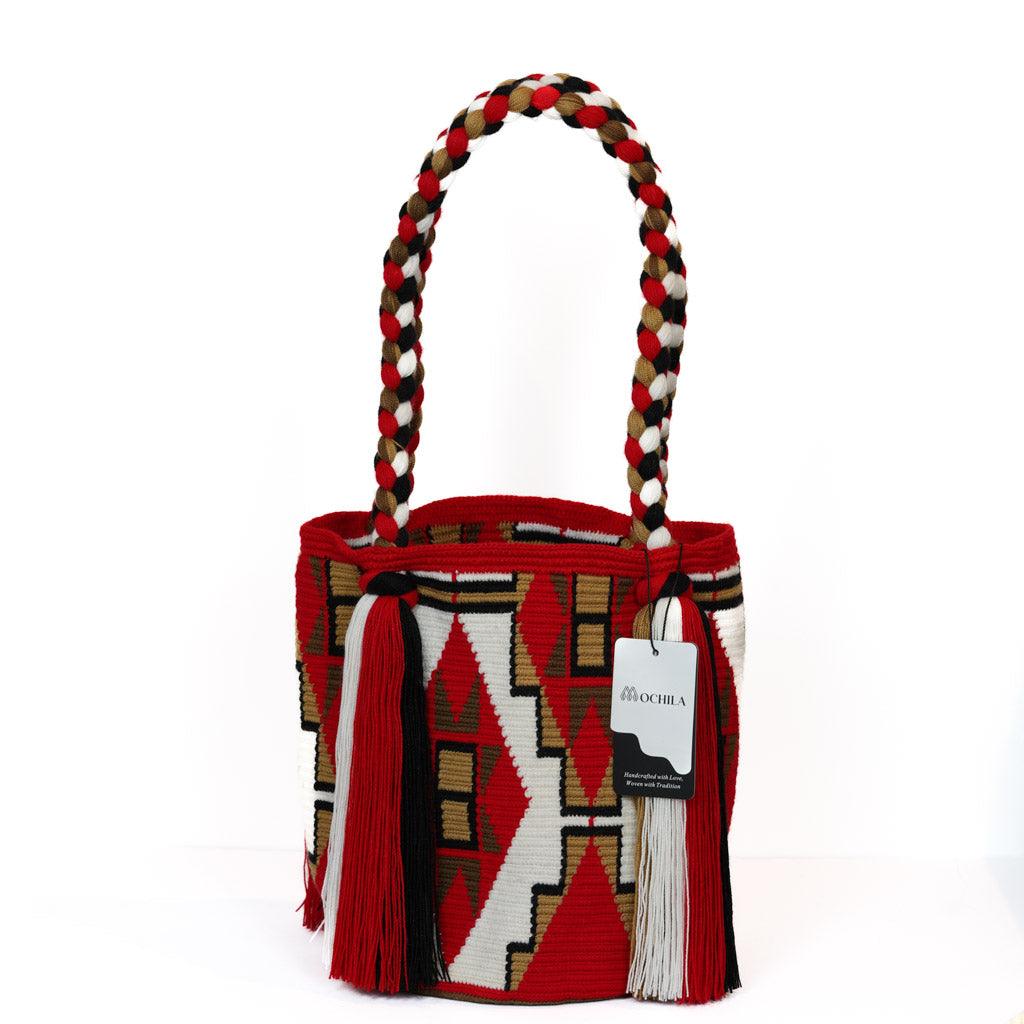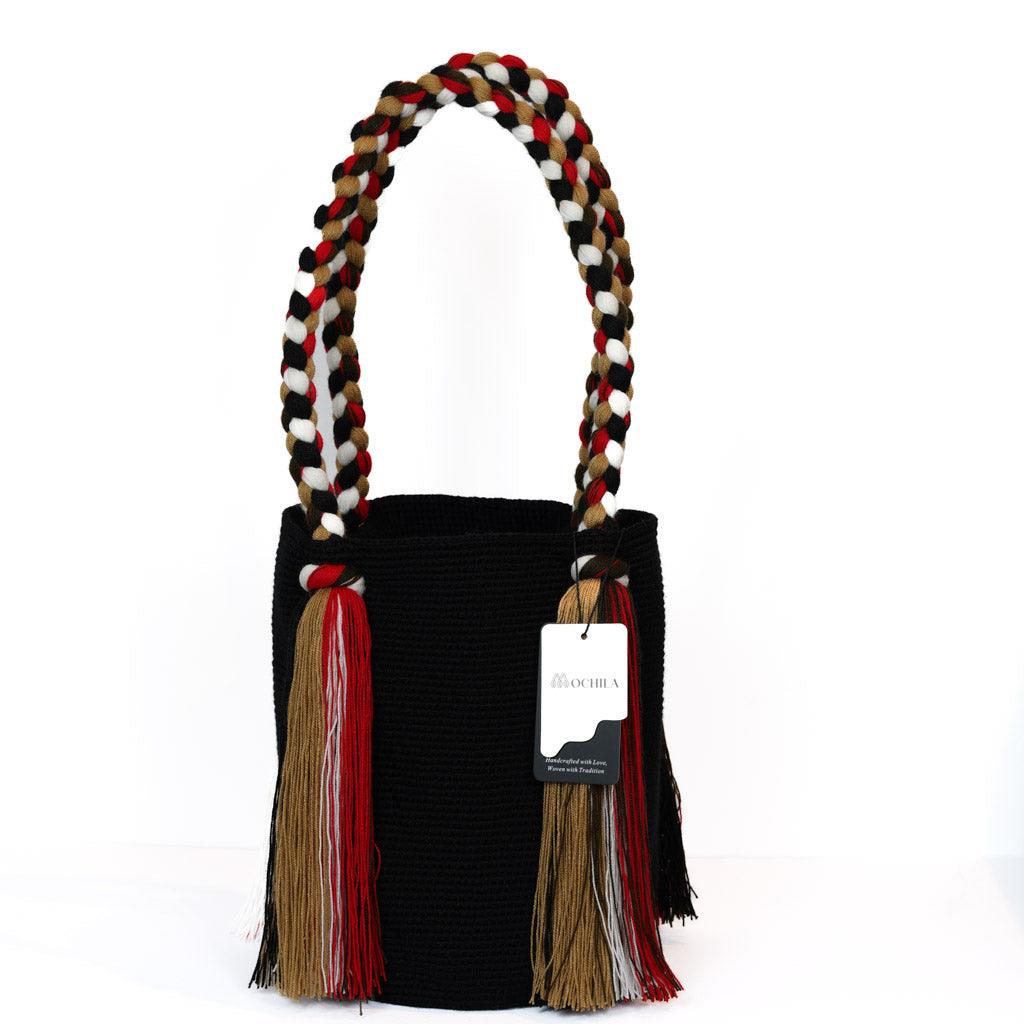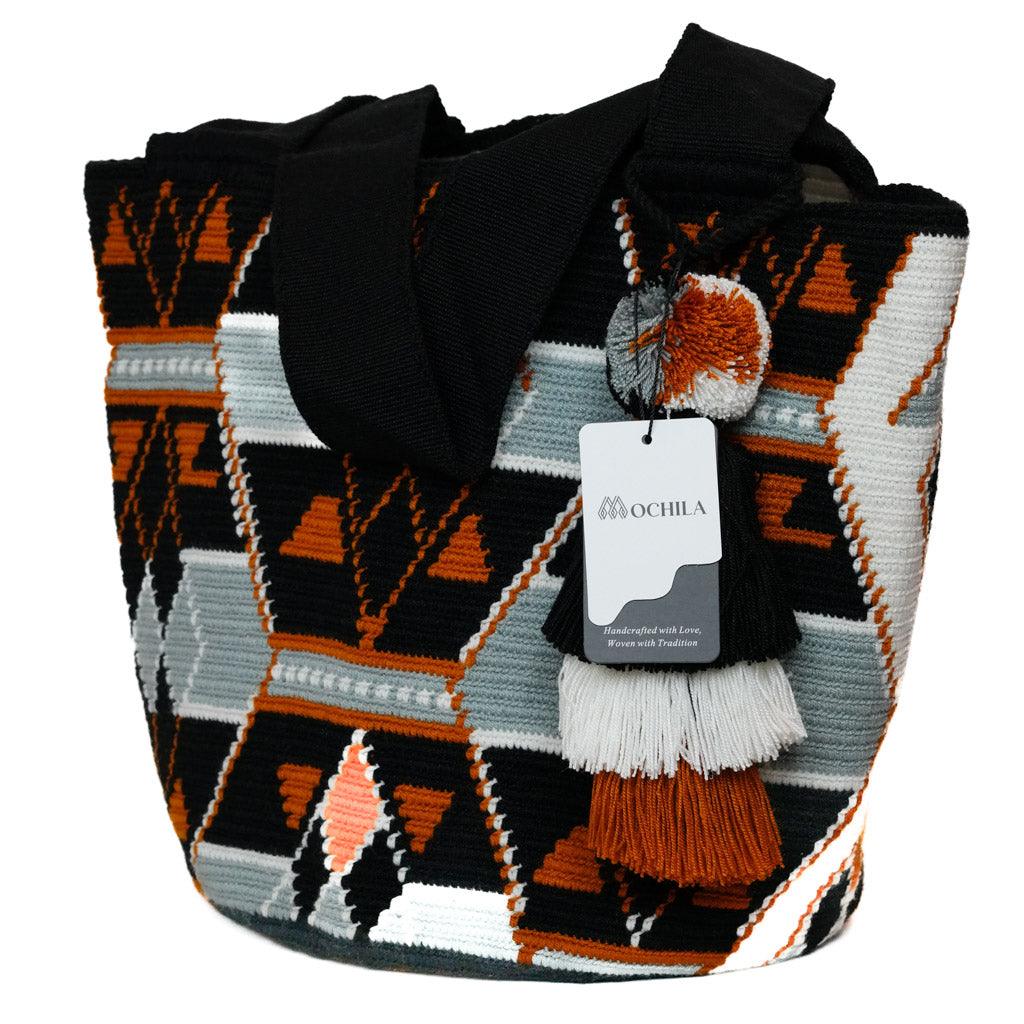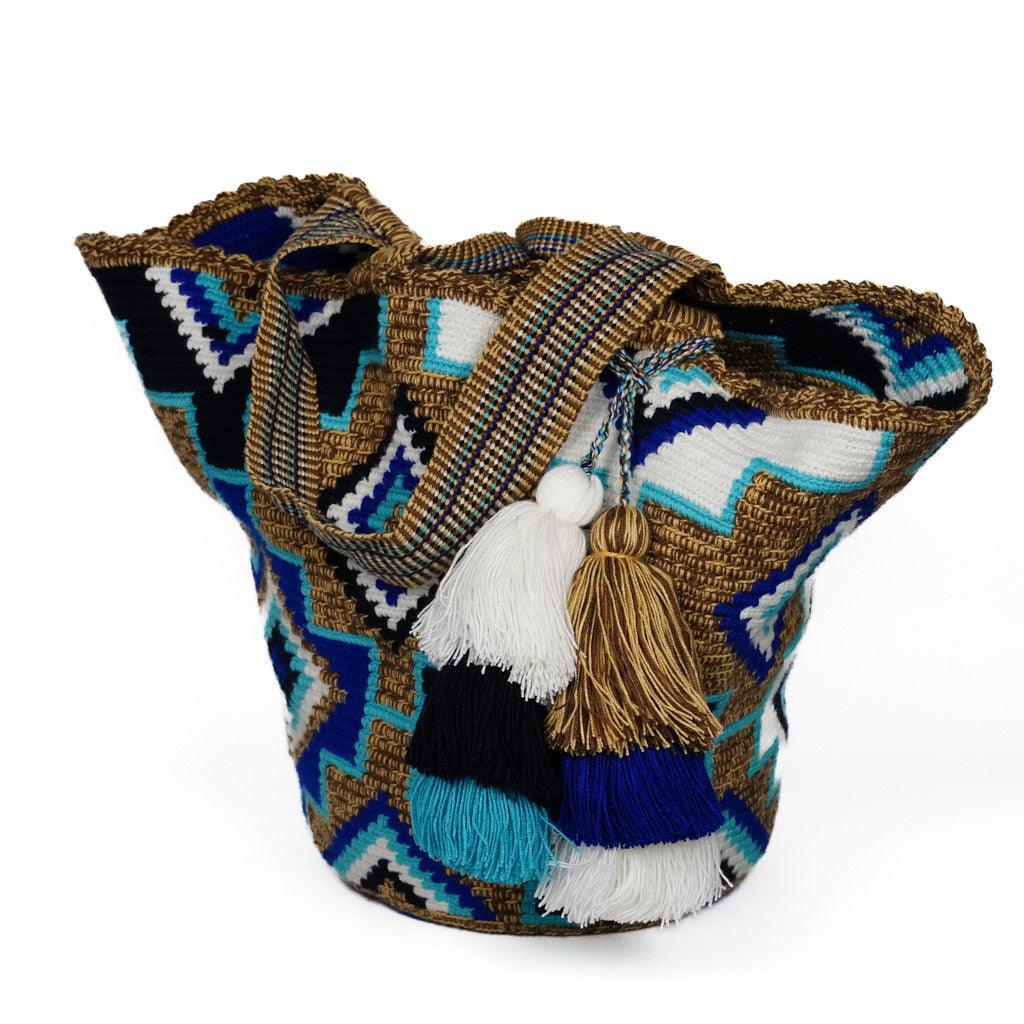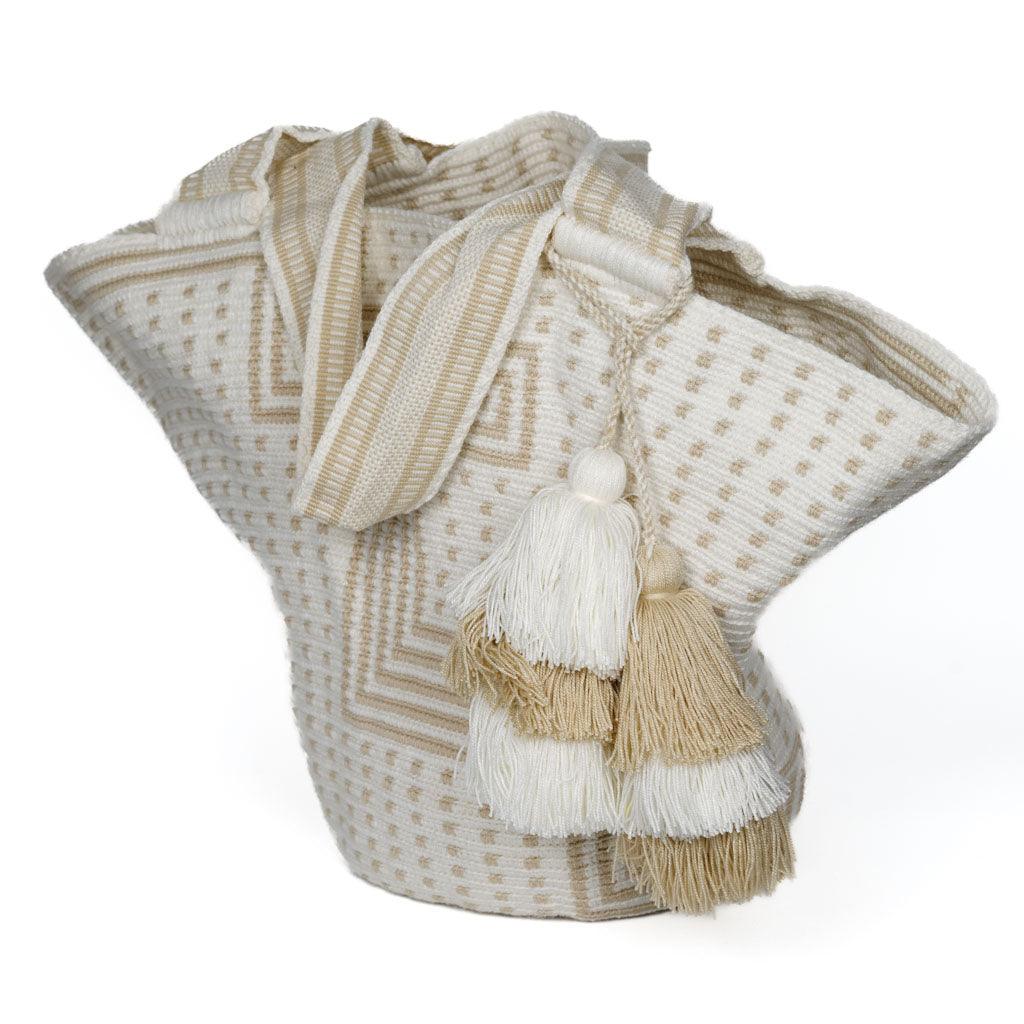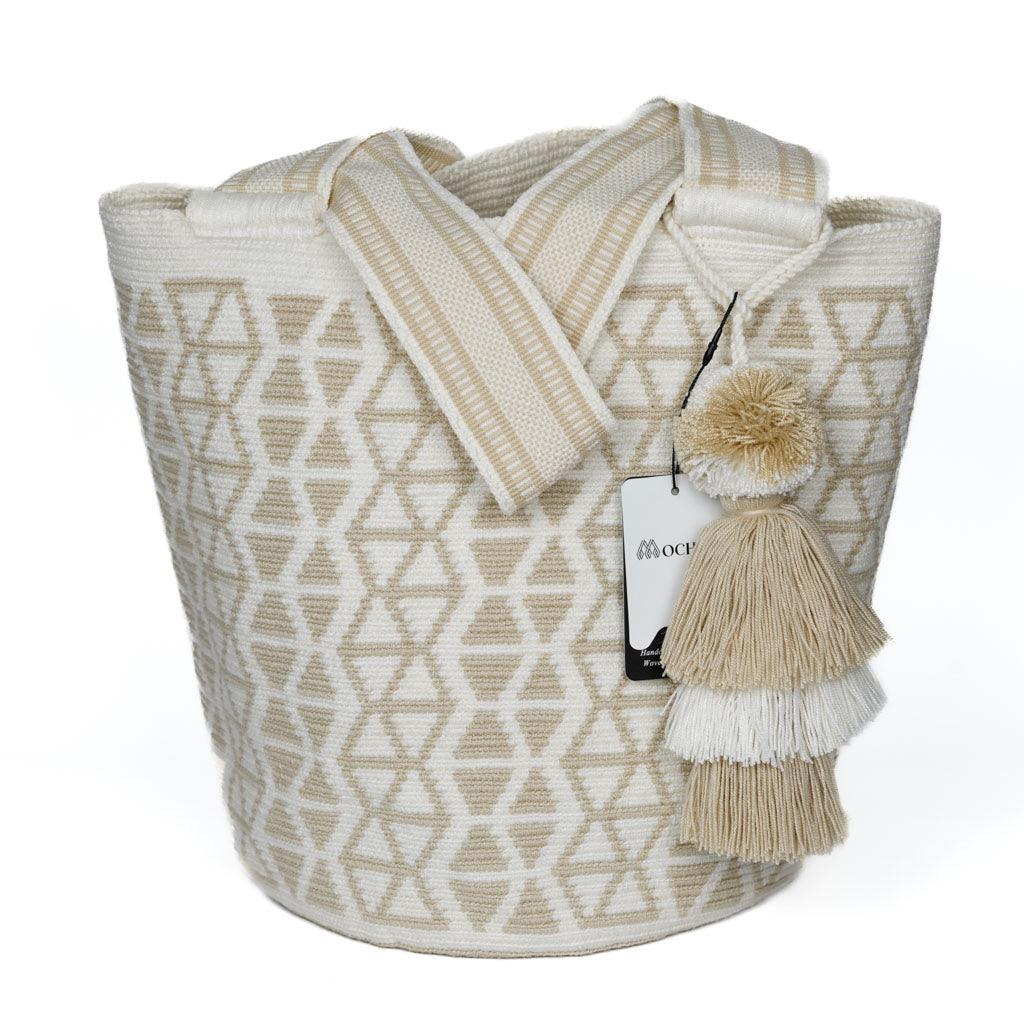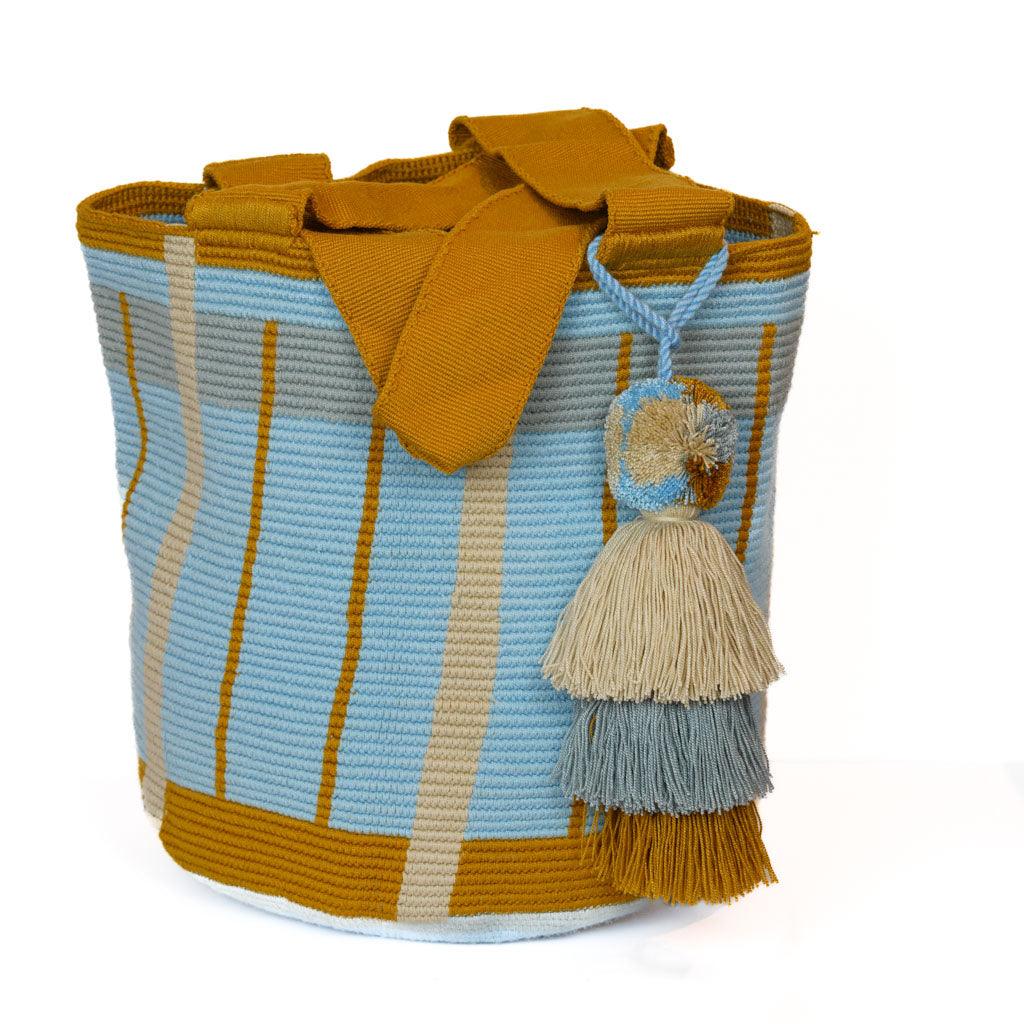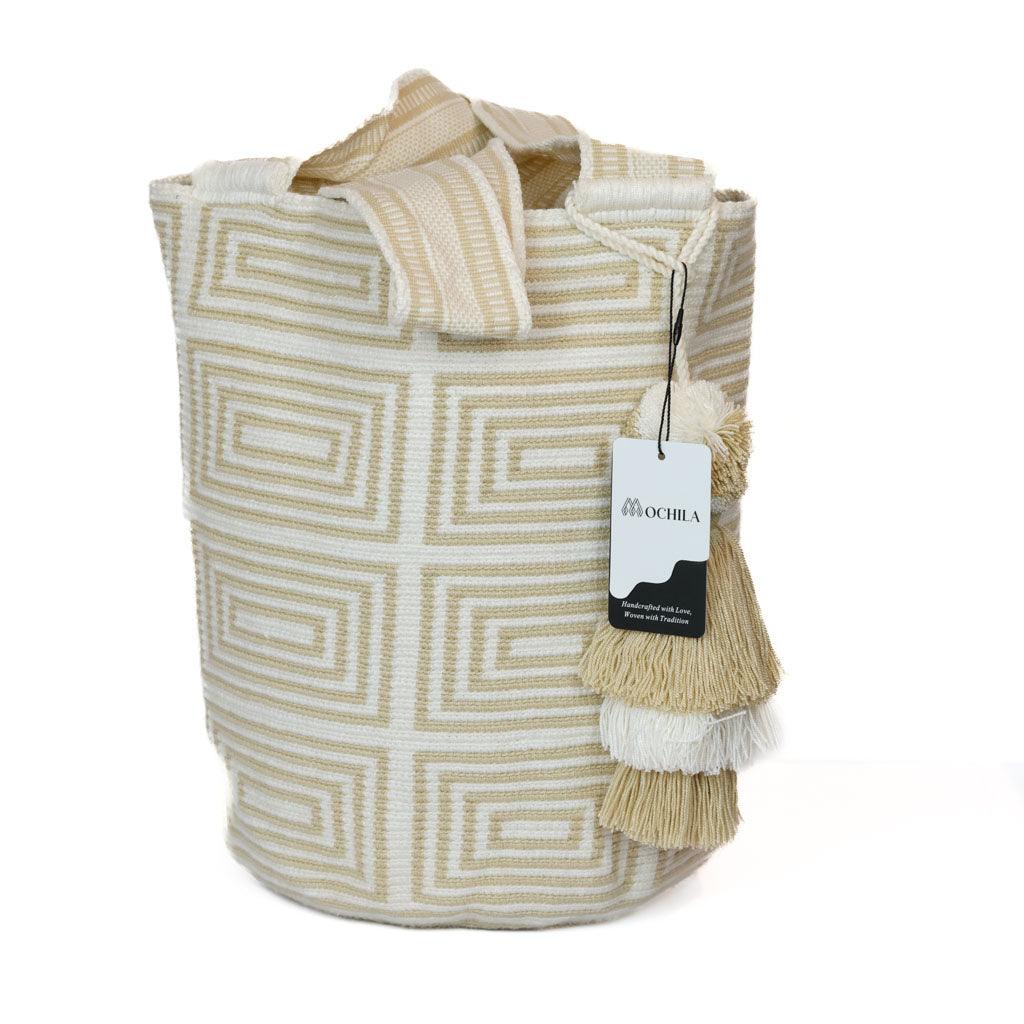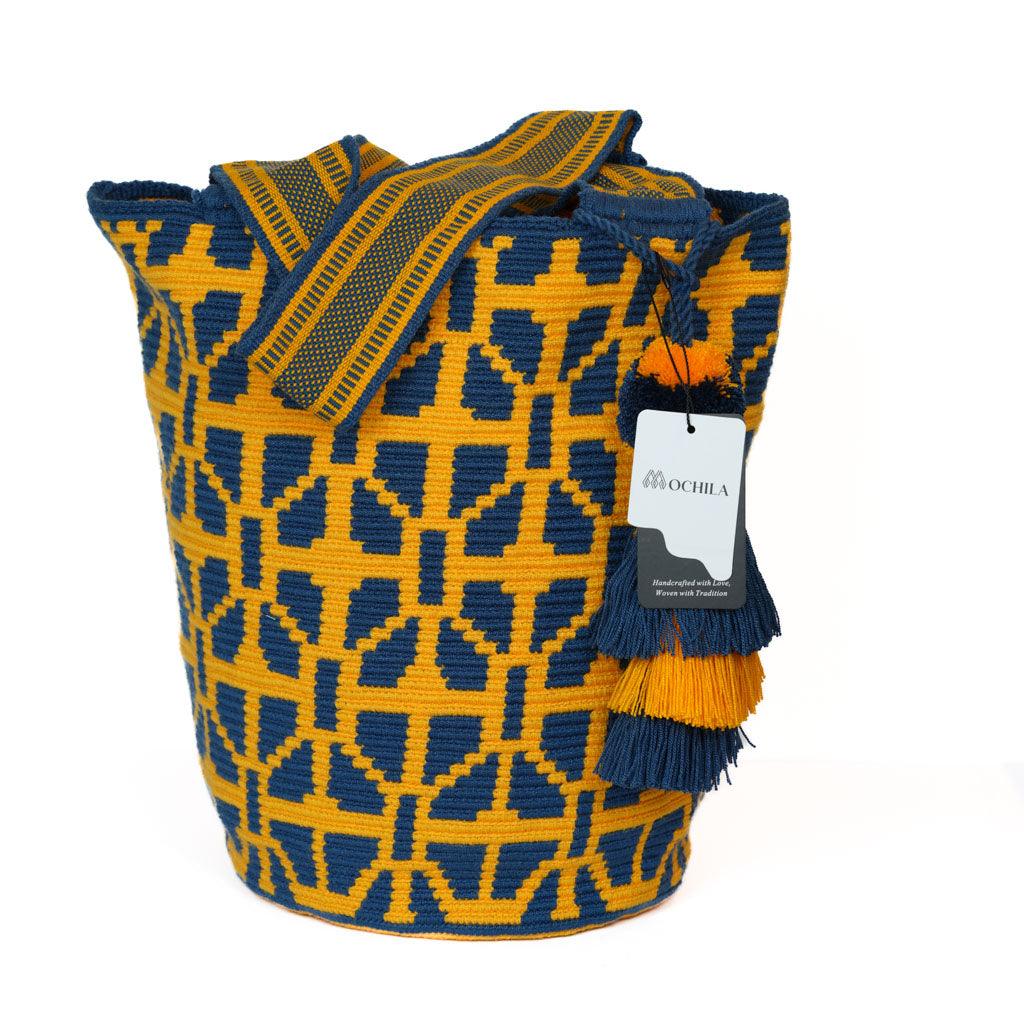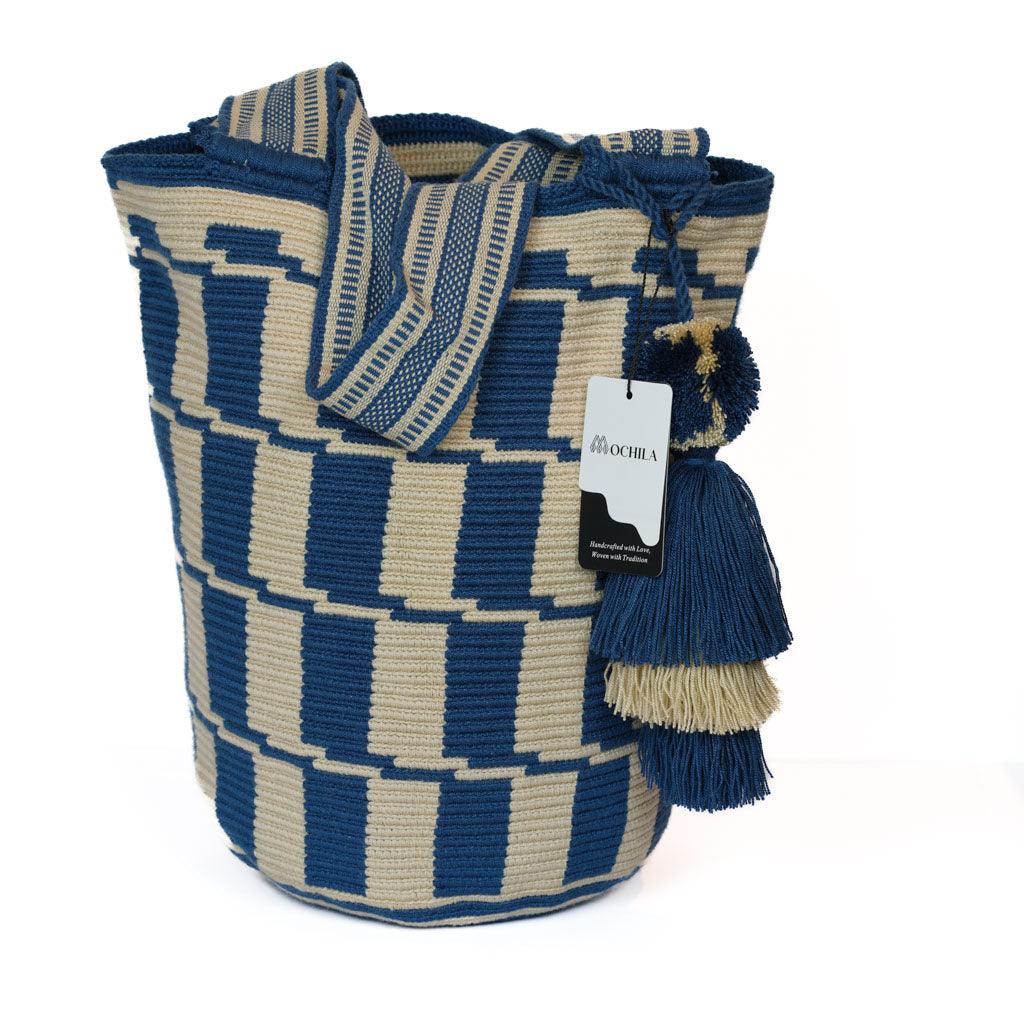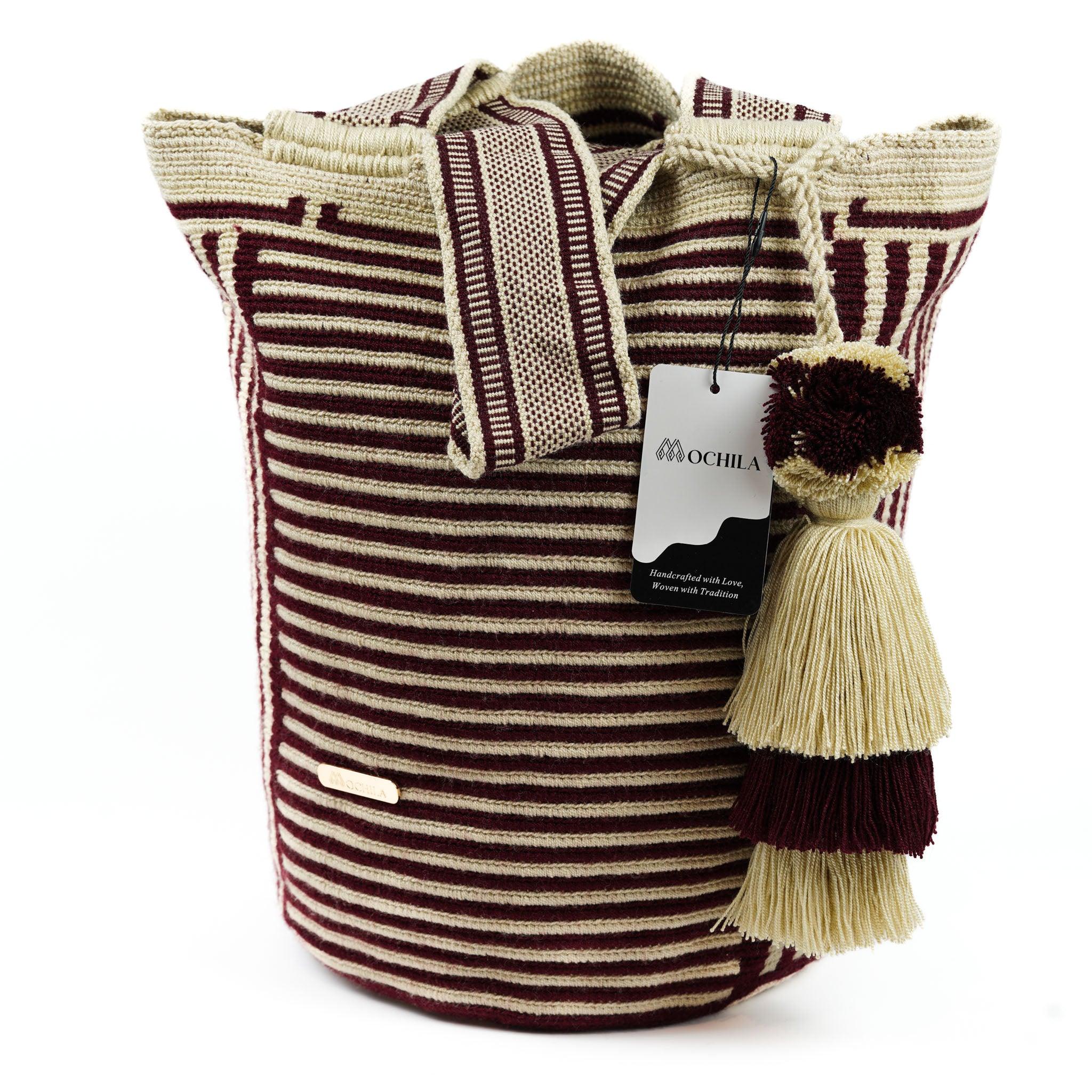The Art of Crocheting Flowers
In the world of crochet, creating flowers is a wonderful way to add a touch of nature-inspired beauty to your projects. From embellishing hats and scarves to creating standalone floral decorations, crocheting flowers offers endless possibilities for creativity and personal expression.
The Appeal of Crocheted Flowers
One of the reasons why crocheted flowers are so popular is their versatility. They can be used to decorate a variety of items, including hats, scarves, bags, and home decor. Moreover, they offer an excellent way to use up leftover yarn from other projects.
Another appeal of crocheted flowers is their timeless beauty. They never wilt or fade, and they can be created in any color of the rainbow. Whether you crochet a single flower as an accent or a whole bouquet for a centerpiece, these lovely creations are a joy to make and share.
Lastly, learning how to crochet flowers is a great way to expand your crochet skills. As you follow different flower patterns, you'll get to practice various crochet techniques and stitches, helping you become a more versatile and confident crocheter.
Materials and Tools Needed
To start crocheting flowers, you'll need a few basic materials and tools:
- Yarn: This is the main material for your flowers. You can use any type of yarn, but medium-weight yarn is often recommended for beginners as it's easier to work with.
- Crochet hook: The size of the hook will depend on the weight of your yarn. For medium-weight yarn, a size G-6 (4 mm) or H-8 (5 mm) hook is usually suitable. Check our guide on how to determine crochet hook sizes for more details.
- Scissors: These are used to cut the yarn when you finish a flower or need to change colors.
- Yarn needle: This is used to weave in the ends of the yarn after you finish crocheting your flower.
With these materials and tools in hand, you're ready to start your journey in the delightful art of crocheting flowers. Remember, practice is key in mastering how to crochet flowers. Don't be discouraged if your first few flowers don't turn out perfect. With each flower you crochet, you'll improve your skills and gain more confidence. Happy crocheting!
Basic Crochet Techniques
When learning how to crochet flowers, understanding basic crochet techniques is fundamental. This includes familiarizing oneself with various crochet stitches, mastering the initial steps such as the slip knot and chain stitch, and learning the primary crochet stitches, specifically the single and double crochet stitches.
Understanding Crochet Stitches
Crochet stitches form the basis of any crochet work. From simple to more complex designs, these stitches create the patterns and shapes seen in finished crochet projects.
The fundamental stitches in crochet include:
Slip Stitch (sl st): Used to join rounds or to move the crochet hook to another part of the project without adding height.
Chain Stitch (ch): The foundation of most crochet projects.
Single Crochet (sc): The shortest and most basic crochet stitch.
Double Crochet (dc): A taller stitch that is twice the height of a single crochet stitch.
Understanding these stitches and how to create them is crucial when embarking on a crochet project. For a more in-depth look at these stitches, see our guide on how to crochet stitches.
Mastering the Slip Knot and Chain Stitch
The first step in most crochet projects is creating a slip knot and a chain stitch.
Slip Knot: Make a loop with your yarn, insert the hook through the loop, grab the yarn and pull it through. Tighten the loop around the hook to secure it.
Chain Stitch: After making the slip knot, yarn over (wrap the yarn over your hook) and draw it through the loop on your hook. This creates one chain stitch.
The number of chain stitches usually depends on the pattern or project you are working on. Remember, practice makes perfect. So, keep practicing until you are comfortable with these stitches. For more details, check out our guide on how to crochet for beginners.
Learning the Single and Double Crochet Stitches
Once you have mastered the slip knot and chain stitch, it's time to move on to the single and double crochet stitches.
Single Crochet: Insert the hook into the next stitch, yarn over and pull through the stitch. Yarn over again and pull through both loops on the hook.
Double Crochet: Yarn over, insert the hook into the stitch, yarn over and pull through the stitch. Yarn over and pull through the first two loops on the hook. Yarn over again and pull through the remaining two loops.
These two stitches form the basis of many crochet patterns, including those used in crocheting flowers. As with the slip knot and chain stitch, practice is key to mastering these stitches.
By understanding and mastering these basic crochet techniques, you are well on your way to learning how to crochet flowers. Remember, every expert was once a beginner. Keep practicing, keep crocheting, and soon, you'll be able to create beautiful crochet flowers with ease. For more advanced techniques and patterns, explore our range of crochet guides, from how to crochet patterns for blankets to how to crochet socks.
Step-by-Step Guide to Crocheting Flowers
Achieving the beauty of crocheted flowers lies in understanding the process step-by-step. Here, we will explore how to crochet flowers, from creating the flower center to adding finishing touches.
Creating the Flower Center
The heart of any flower is the center. Start by making a slip knot on the crochet hook. Next, create a chain of four stitches. Slip stitch into the first chain to form a ring. This will serve as the center of your flower. Learn more about making a slip knot and chain stitch by visiting our article on how to crochet stitches.
Crocheting the Petals
Once the center is created, it's time to crochet the petals. Start by chaining two stitches (this will act as the first double crochet). Then, make two double crochets into the ring. Chain two stitches again, and slip stitch into the center of the ring. You have now created your first petal.
Repeat this process for the number of petals you want your flower to have, usually five or six. Each petal should be separated by a slip stitch into the center of the ring.
Adding Details and Finishing Touches
With the petals complete, you can add more details to your flower. Consider creating a second layer of petals, or adding intricate details with a smaller crochet hook.
To finish, cut the yarn, leaving a tail. Thread this tail through the loop on your crochet hook and pull tight. This is known as a "fasten off". Weave this tail in and out of the back of the flower with a darning needle to hide it.
Here's a simple table illustrating the steps:
| Steps | Instructions |
|---|---|
| Slip Knot | Create a slip knot on the crochet hook |
| Chain Stitch | Create a chain of four stitches |
| Slip Stitch | Slip stitch into the first chain to form a ring |
| Chain Stitch | Chain two stitches |
| Double Crochets | Make two double crochets into the ring |
| Chain Stitch | Chain two stitches |
| Slip Stitch | Slip stitch into the center of the ring |
| Repeat | Repeat for the number of petals |
| Fasten Off | Cut the yarn and thread through the loop on the hook |
Congratulations! You've learned the basics of how to crochet flowers. With practice, you can create a variety of flowers by changing the number of petals, the type of stitches used, or the color of the yarn. Be sure to visit our other articles for more crochet tips and techniques, like how to crochet for beginners and how to determine crochet hook sizes.
Different Flower Patterns to Try
Diversifying your crochet skills involves experimenting with different patterns. Crocheting flowers presents an array of creative opportunities. Here's how to crochet flowers of different types: a simple daisy, an elegant rose, and a vibrant sunflower.
Simple Daisy Pattern
A simple daisy is a great starting point for beginners. Its charm lies in its simplicity and it can be completed with just a few basic stitches.
- Start by creating a magic ring and secure it with a slip stitch.
- Chain three, then work 11 double crochet stitches into the magic ring.
- Join with a slip stitch to complete the circle, which forms the center of the daisy.
- For the petals, chain five, then slip stitch into the next stitch. Repeat this step around the circle.
- To finish off, fasten off and weave in the ends.
This simple daisy pattern can be used to adorn a variety of crochet projects, from headbands to table runners.
Elegant Rose Pattern
The elegant rose requires a bit more skill and patience, but the results are truly worth it. This pattern involves creating a long strip of petals, which is then rolled up to form the shape of a rose.
- Chain a length of 51 stitches.
- In the fourth chain from the hook, work a double crochet stitch. Work three more double crochets into the same chain.
- Skip a chain, then slip stitch into the next chain. Repeat this pattern of creating clusters of double crochets, separated by slip stitches, along the entire length of the chain.
- Once you've completed the strip, roll it up starting from one end, creating the appearance of rose petals.
- Stitch the base of the rose together to secure it.
This rose pattern can be used to add a touch of elegance to any project, from baby dresses to festival accessories.
Vibrant Sunflower Pattern
A vibrant sunflower pattern is a perfect challenge for the more experienced crocheter. This pattern involves creating a round center and then adding long, pointed petals.
- Start by creating the center of the sunflower. Chain four and join with a slip stitch to form a ring.
- Work several rounds of single crochet stitches into the ring to form the center. Change to a brown or black yarn for an authentic sunflower look.
- For the petals, switch back to yellow yarn. Work a series of long double crochet stitches into the center, separated by chains, to form the petals.
- Repeat the process to add more petals, working into the spaces between the first round of petals.
This sunflower pattern is perfect for adding a splash of color to summer tops or market bags.
Remember, practicing different patterns is the key to mastering how to crochet flowers. Start with simple designs and gradually work your way up to more complex patterns. With time and patience, you'll be creating beautiful crochet flowers in no time.
Tips for Crocheting Flowers
As you continue your journey on how to crochet flowers, there are certain tips that can help ensure your success. From choosing the right yarn and hook size to ensuring your stitches are even and experimenting with colors and textures, these tips will help you crochet beautiful flowers.
Choosing the Right Yarn and Hook Size
For crocheting flowers, the selection of yarn and hook size is crucial. The type of yarn you choose can affect the texture and appearance of your flowers. Fine or lightweight yarns can create delicate flowers, while bulkier yarns can create larger, more robust flowers.
When it comes to hook size, you'll want to choose a hook that is appropriate for the yarn you're using. Larger hooks create looser stitches, which can be suitable for bigger, less detailed flowers. Smaller hooks create tighter stitches, which can be ideal for smaller, more intricate flowers. For more information on how to determine crochet hook sizes, check out our article on how to determine crochet hook sizes.
Making Sure Your Stitches are Even
Achieving even stitches is key to creating polished, professional-looking crochet flowers. Uneven stitches can result in flowers that look irregular or misshapen.
One way to ensure even stitches is to practice maintaining consistent tension on your yarn. Too much tension can result in stitches that are too tight, while too little tension can lead to loose, baggy stitches. It can take a bit of practice to find the right balance, so don't get discouraged if your stitches aren't perfect right away.
Experimenting with Colors and Textures
One of the great things about crocheting flowers is the opportunity to experiment with different colors and textures. You can create flowers in any color of the rainbow, and you can use different yarns to create a variety of textures.
Try mixing and matching different colors and textures to see what combinations you like best. You might be surprised at how different a flower can look when you change the color or texture of the yarn.
Remember, the most important thing is to have fun and enjoy the process of learning how to crochet flowers. With a bit of practice and creativity, you'll be able to create beautiful, unique flowers that you can be proud of. For more tips and techniques, check out our articles on how to crochet and how to crochet stitches.

